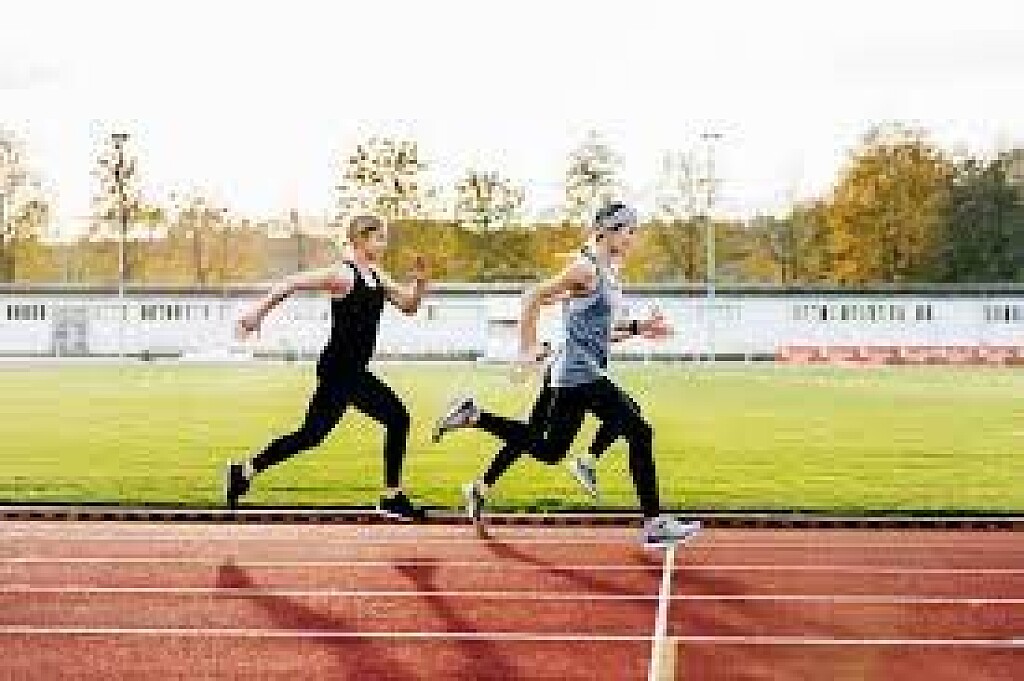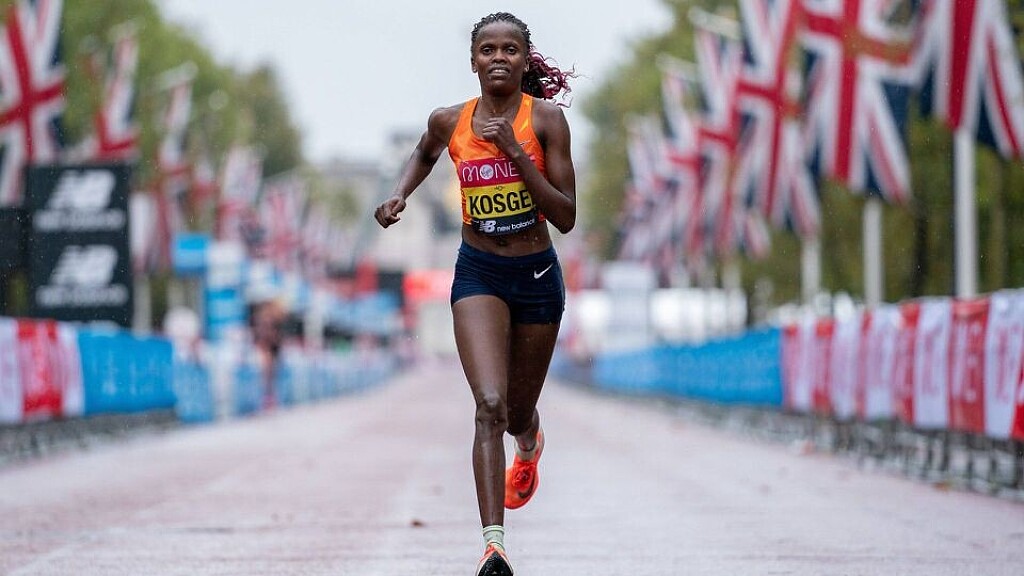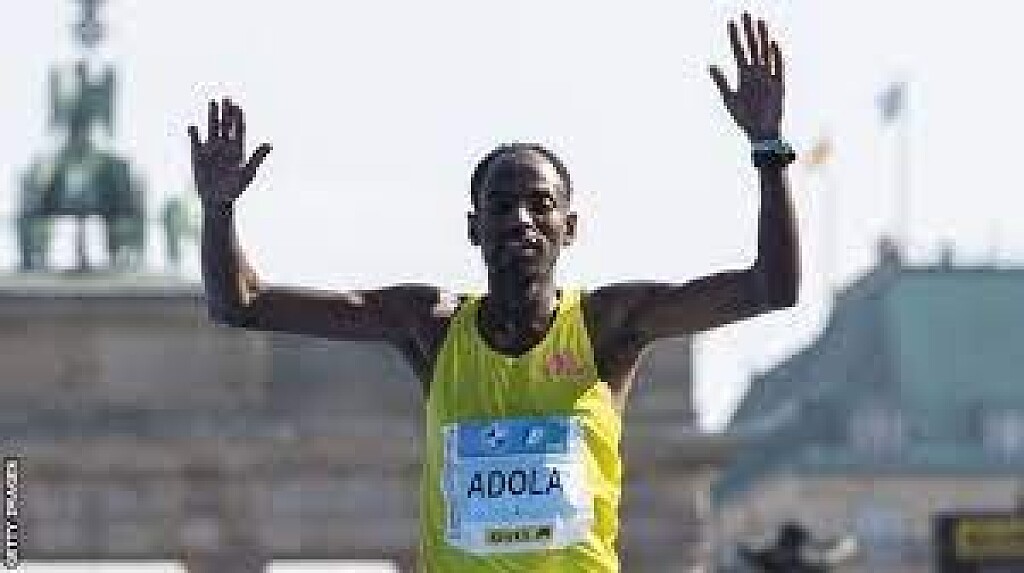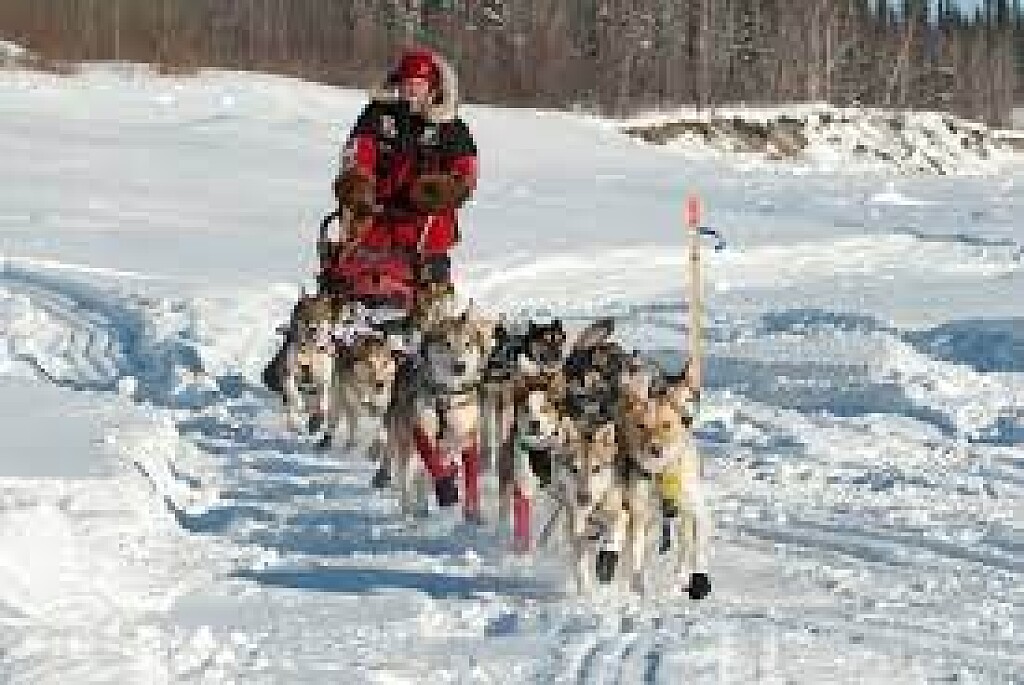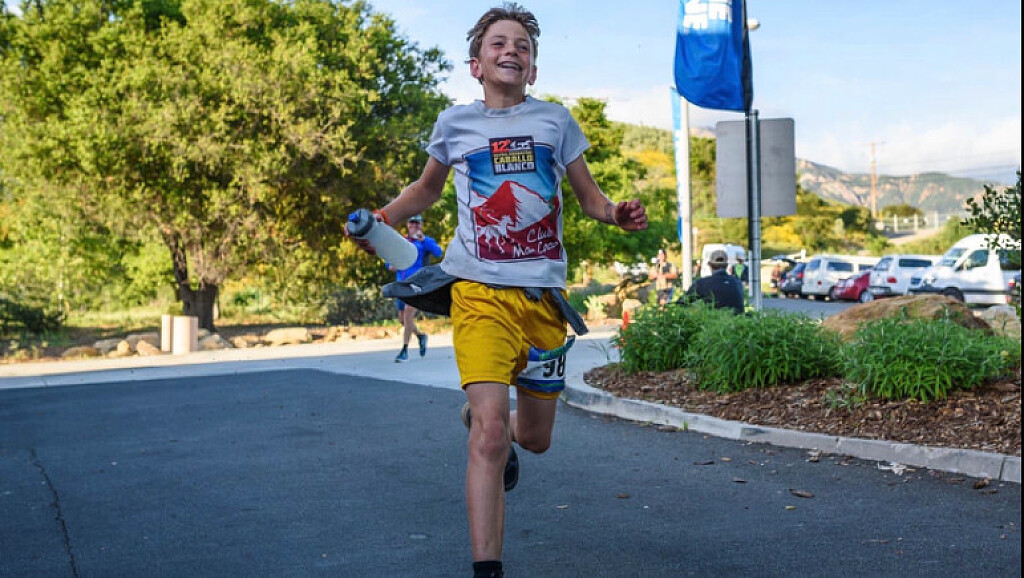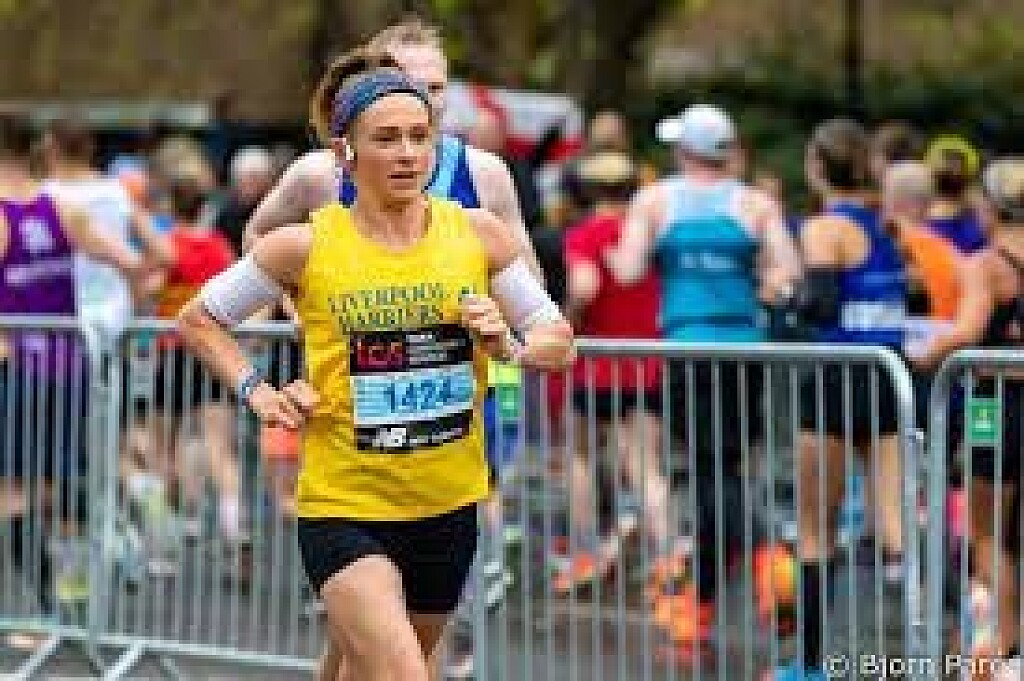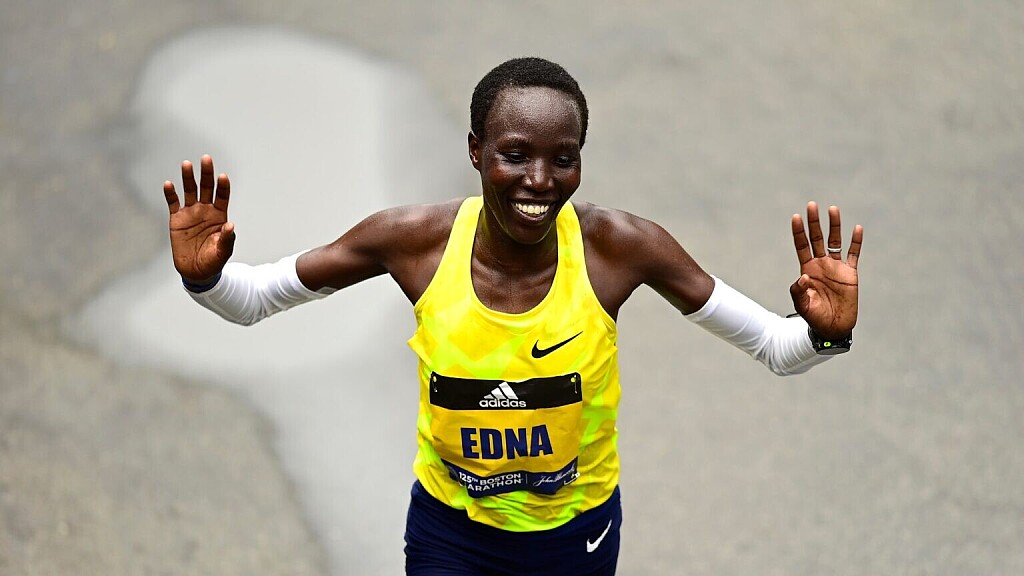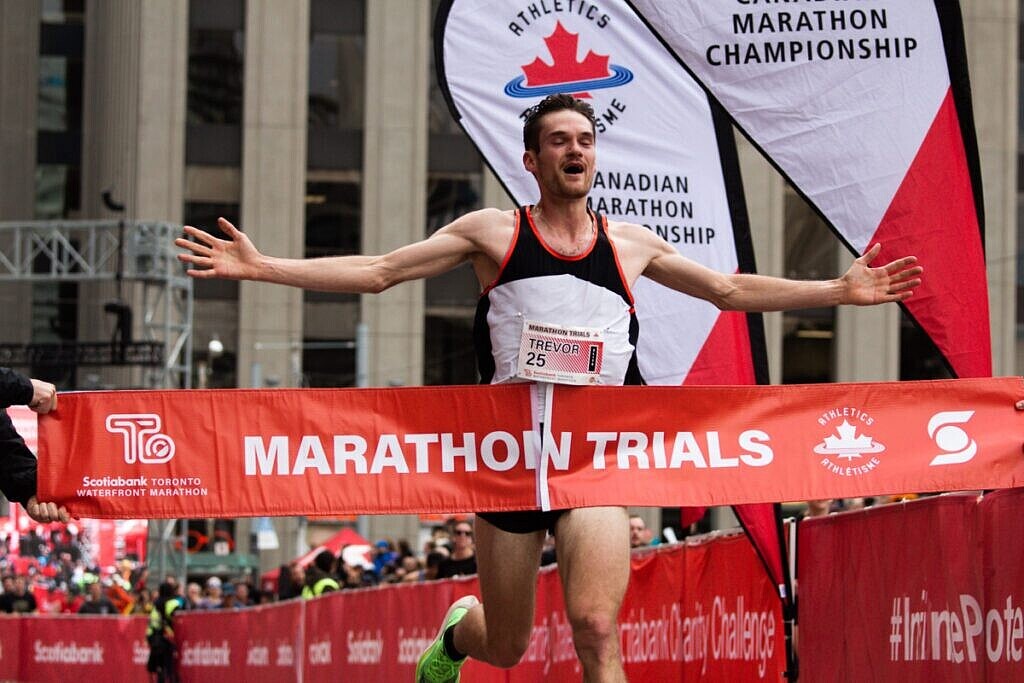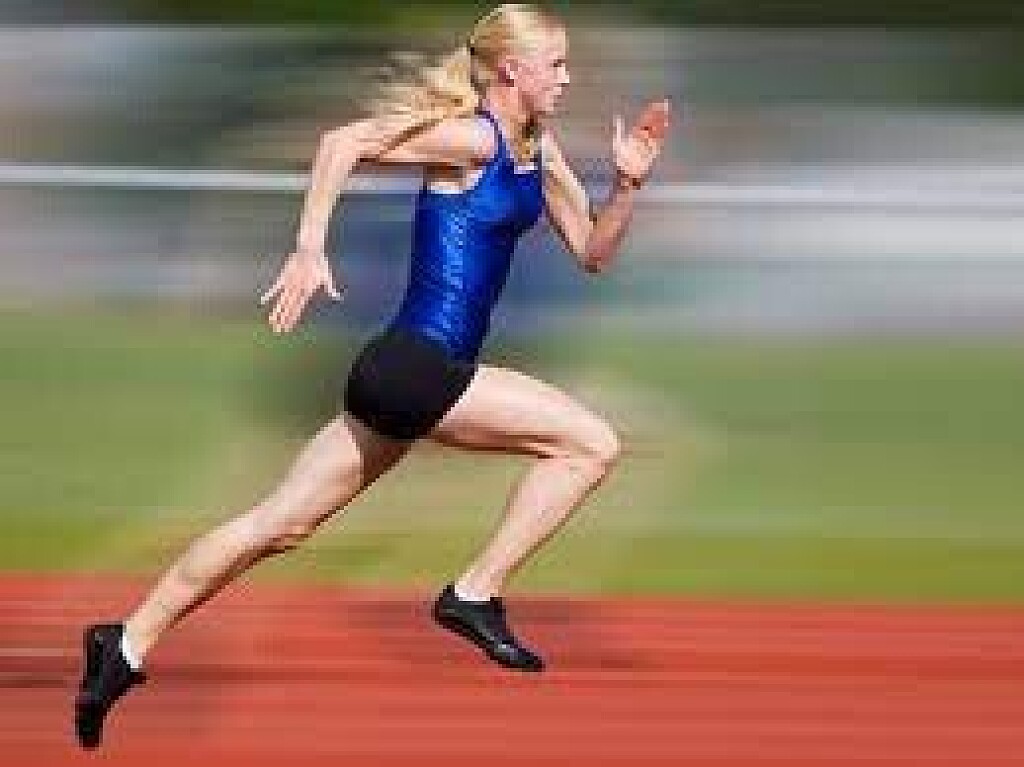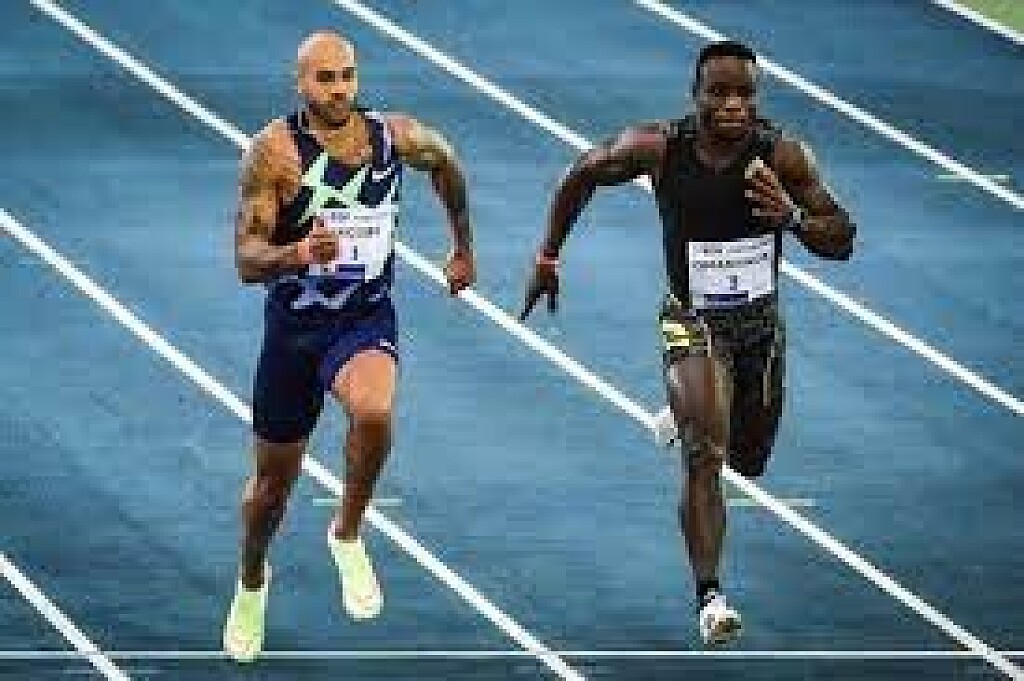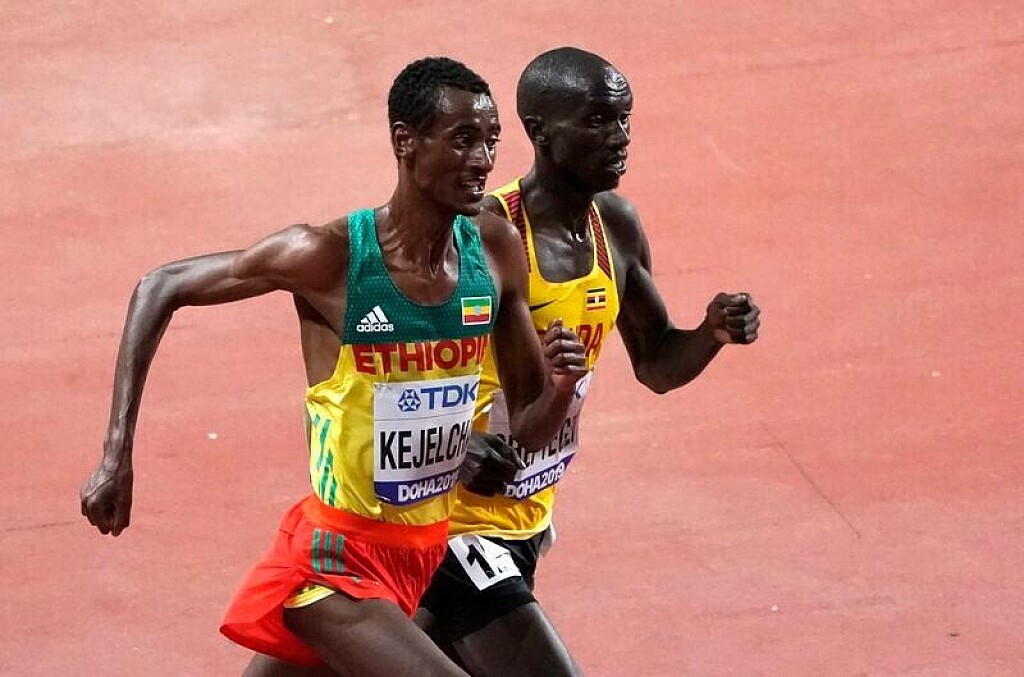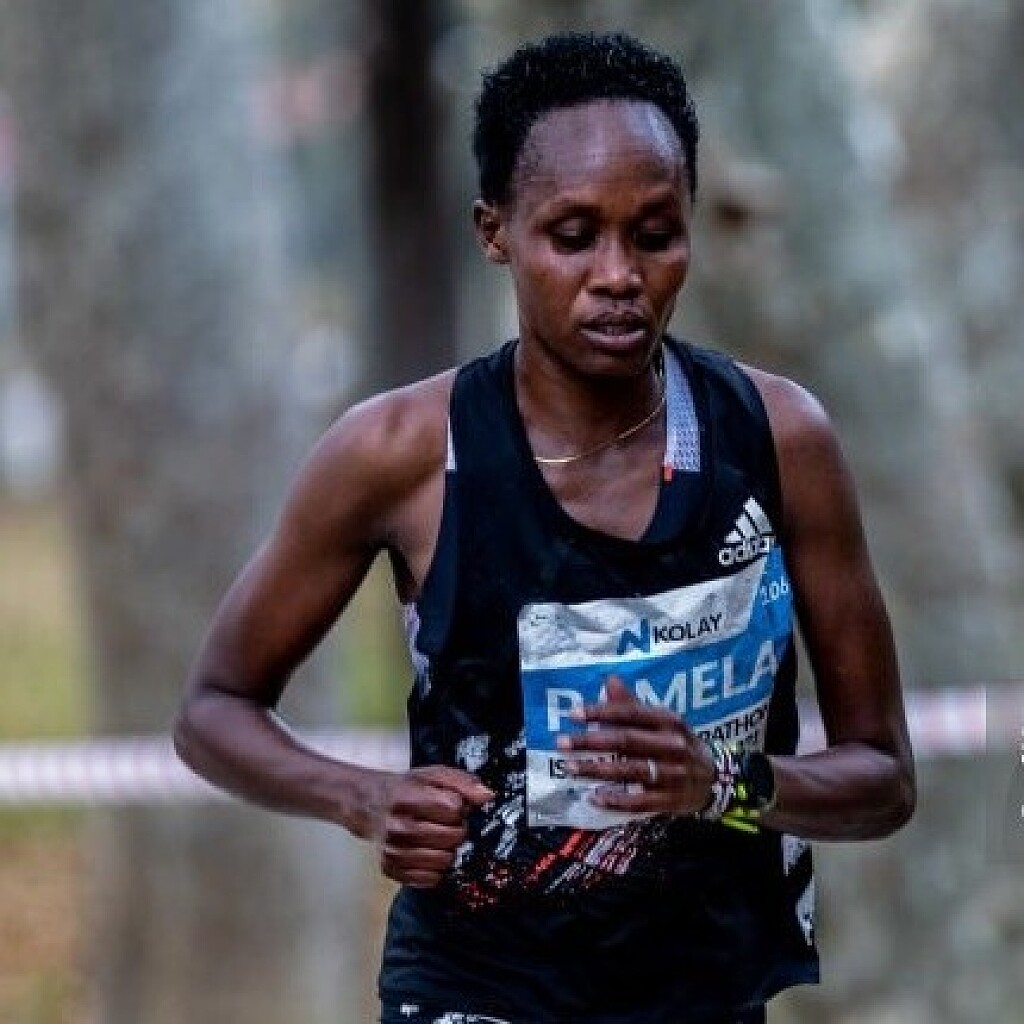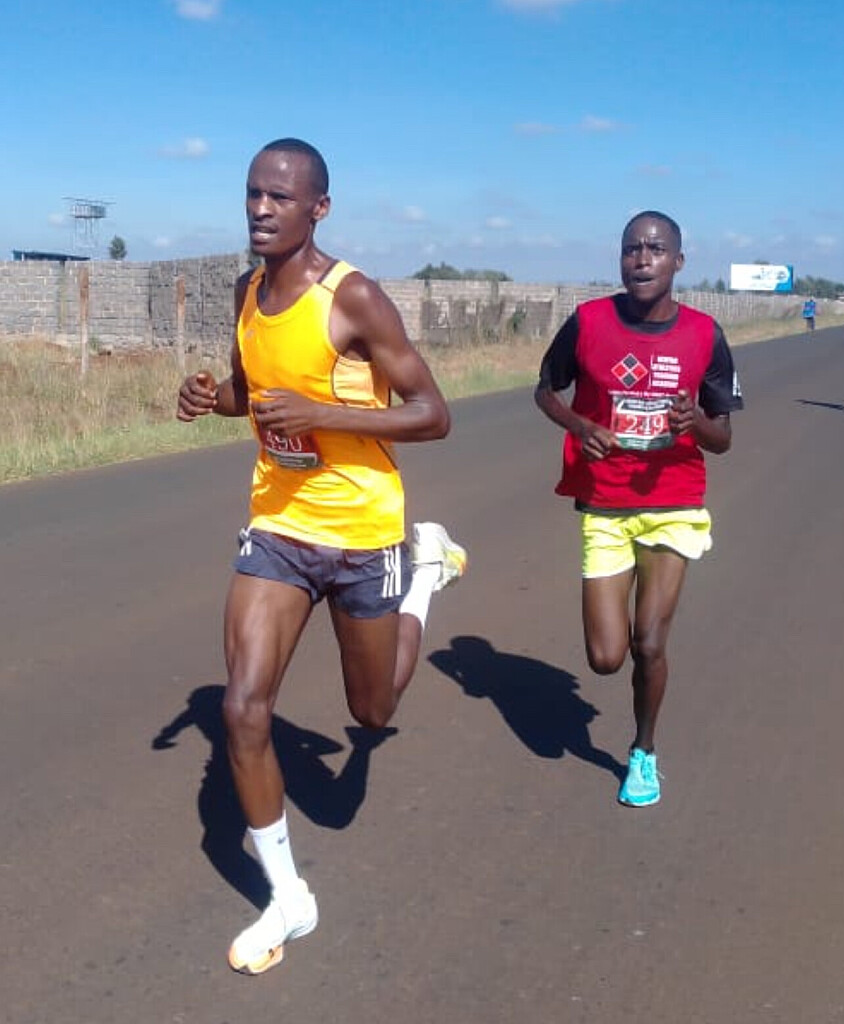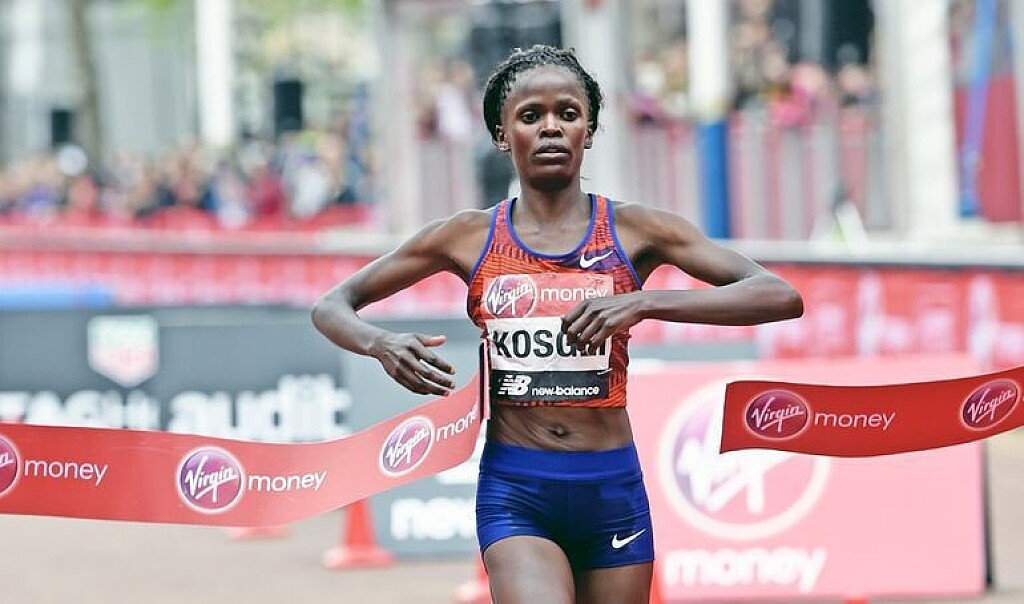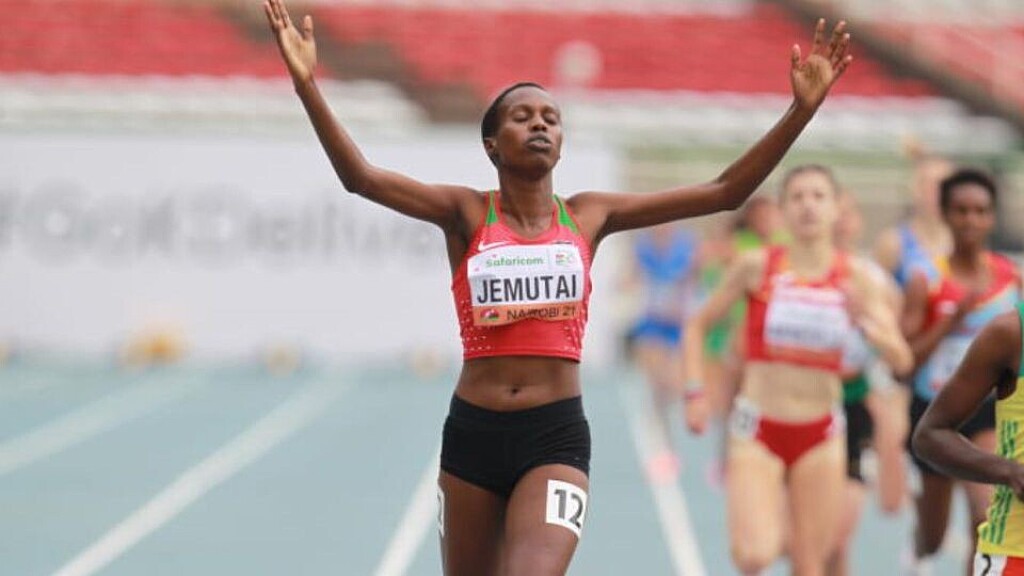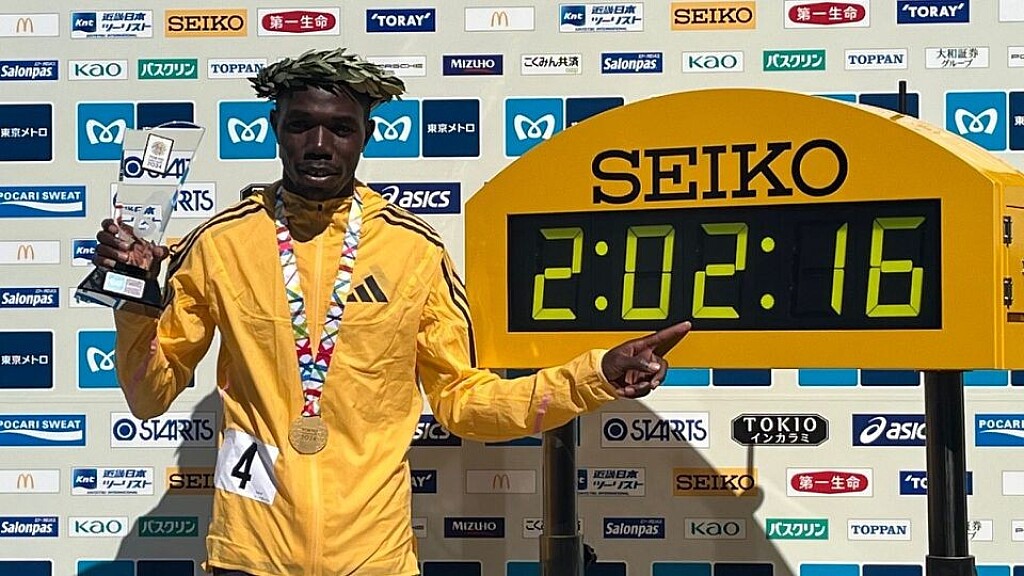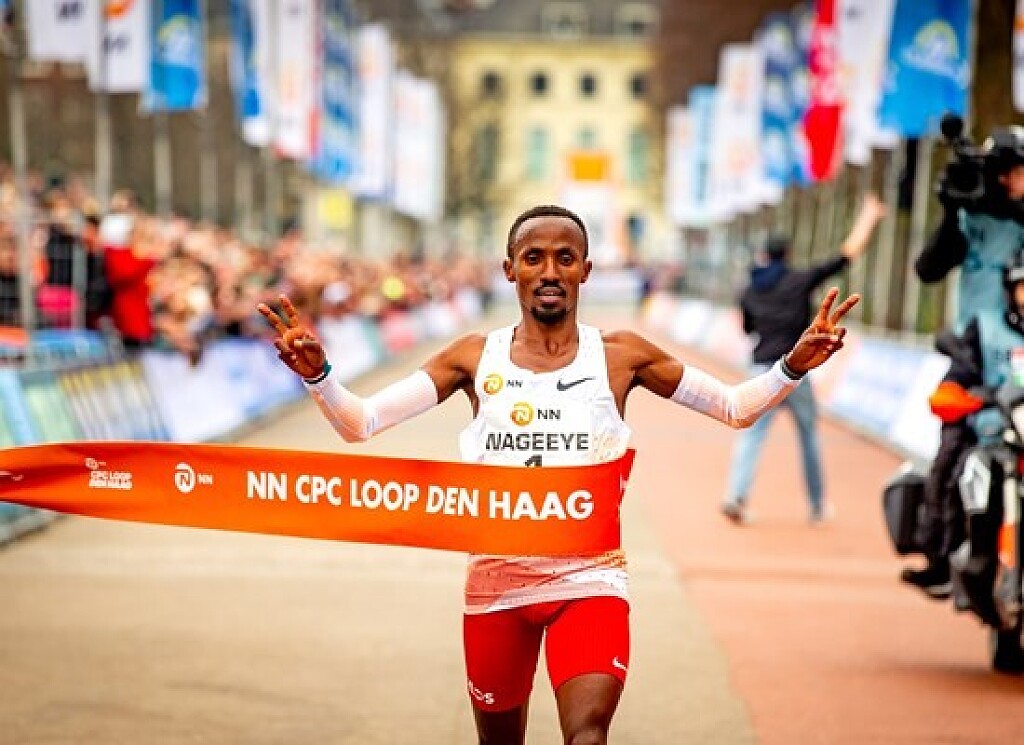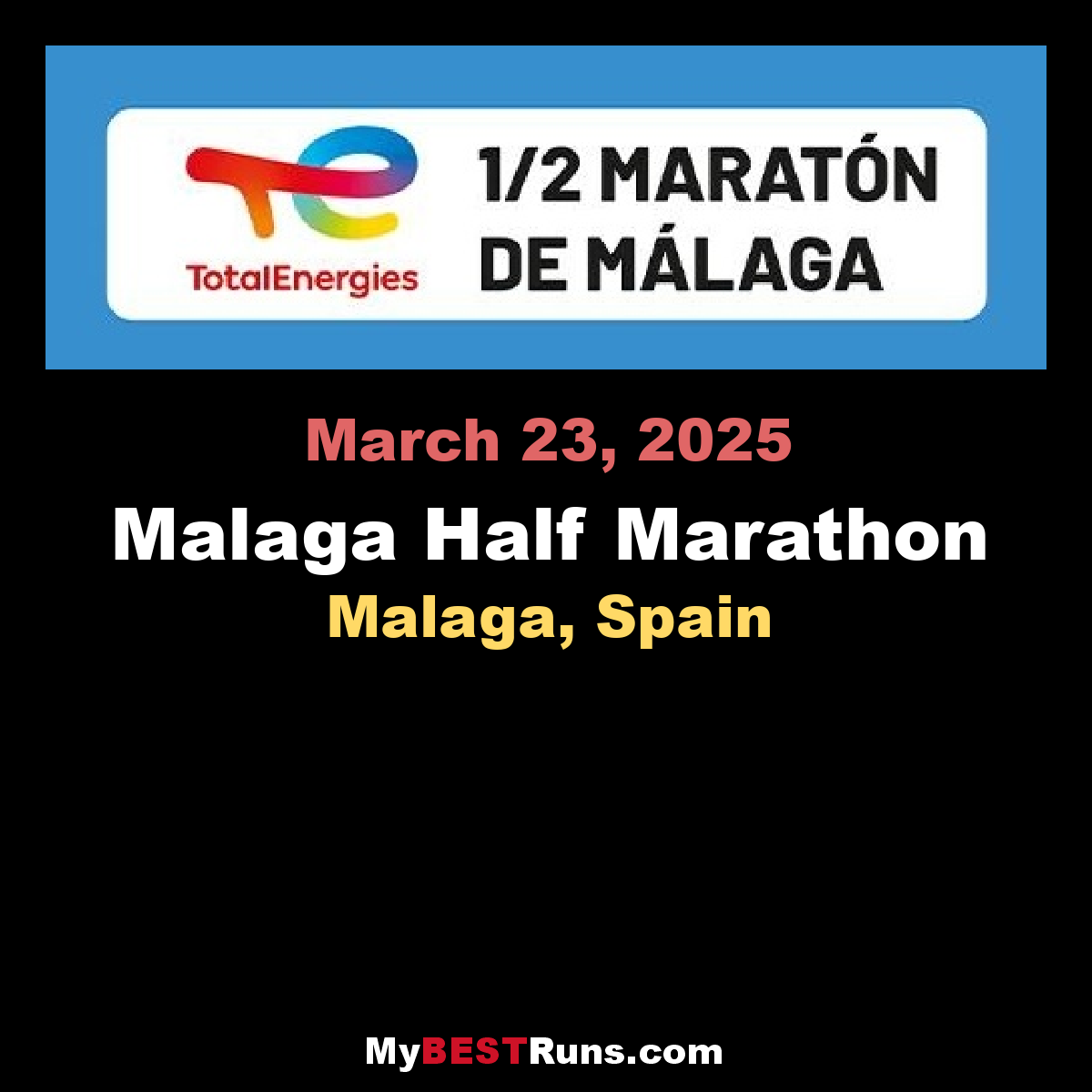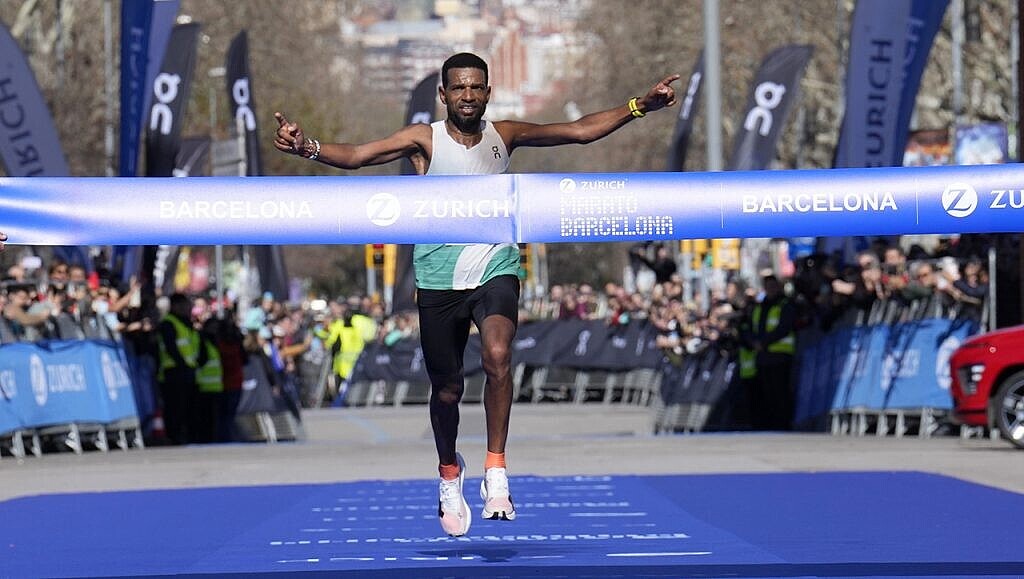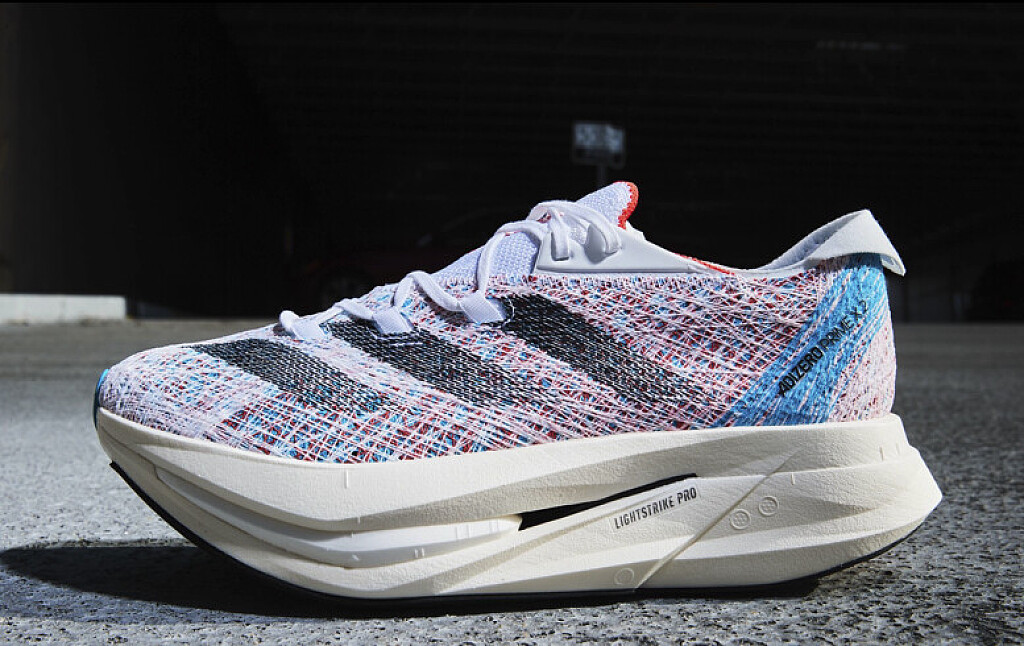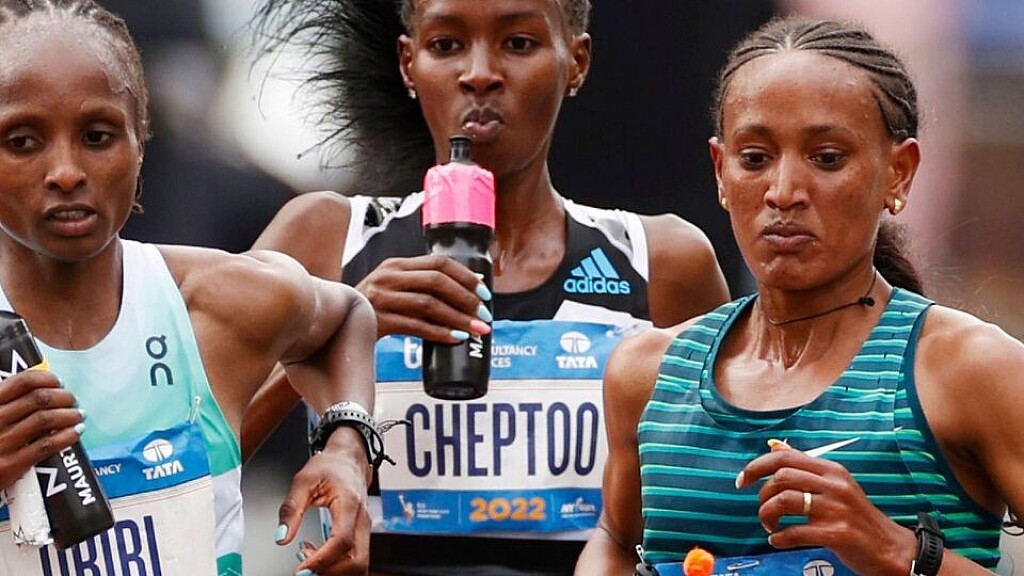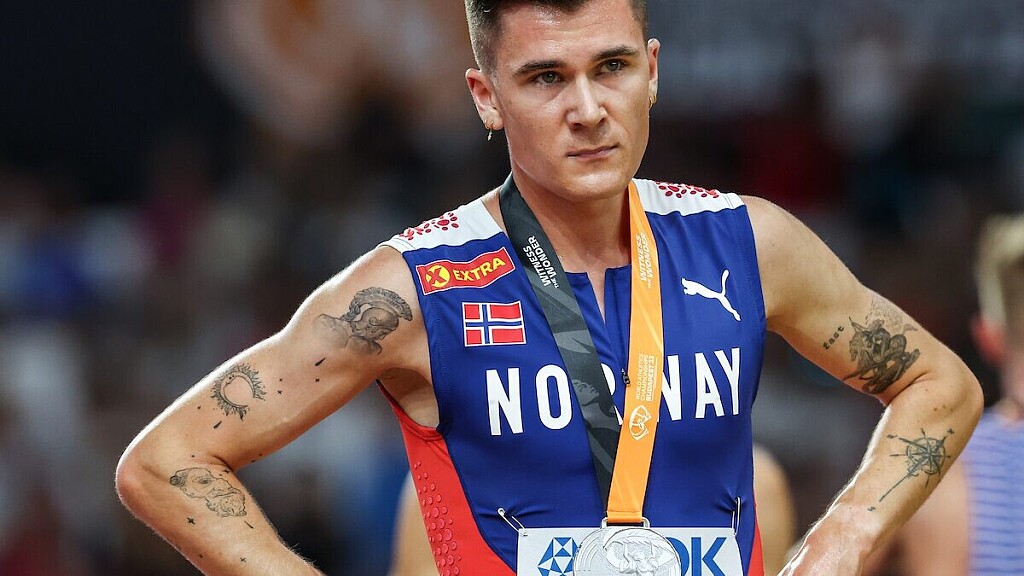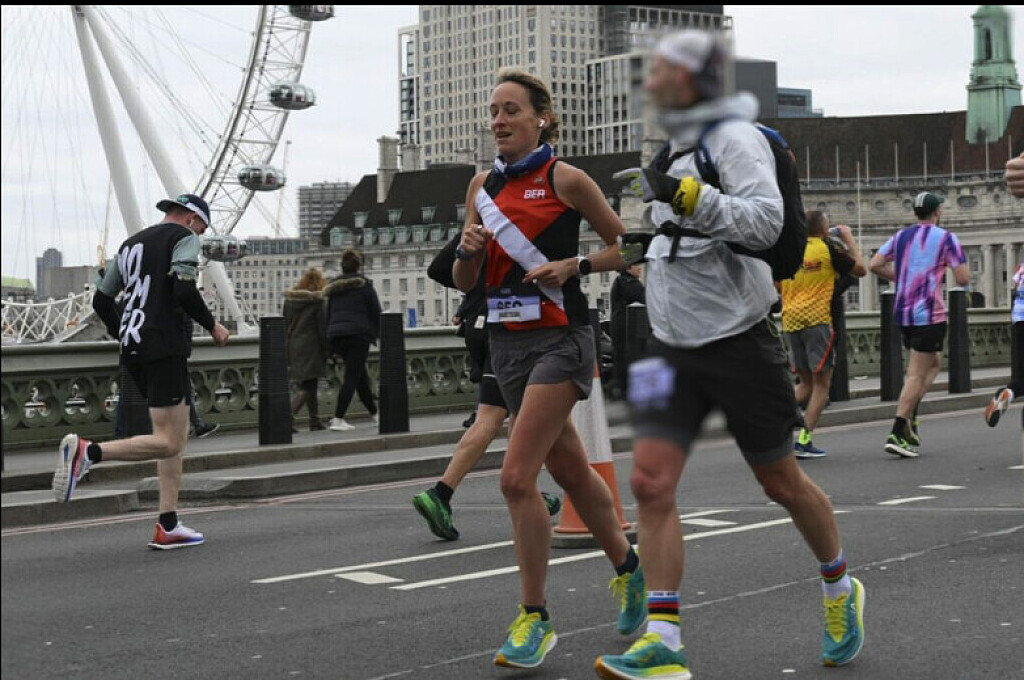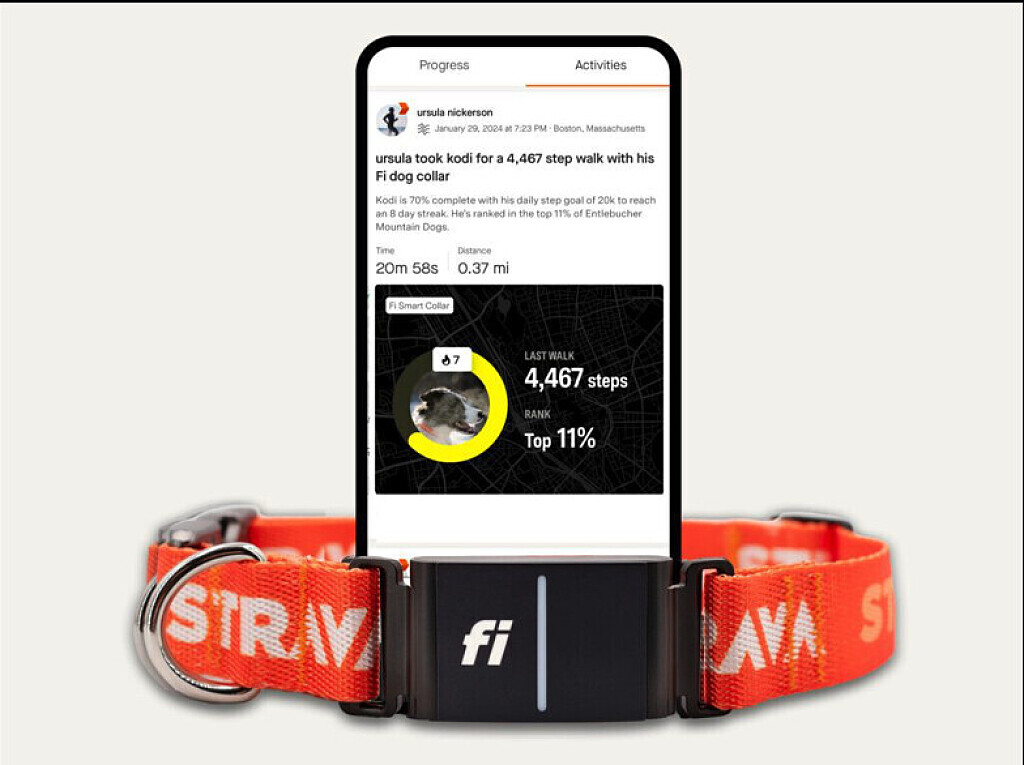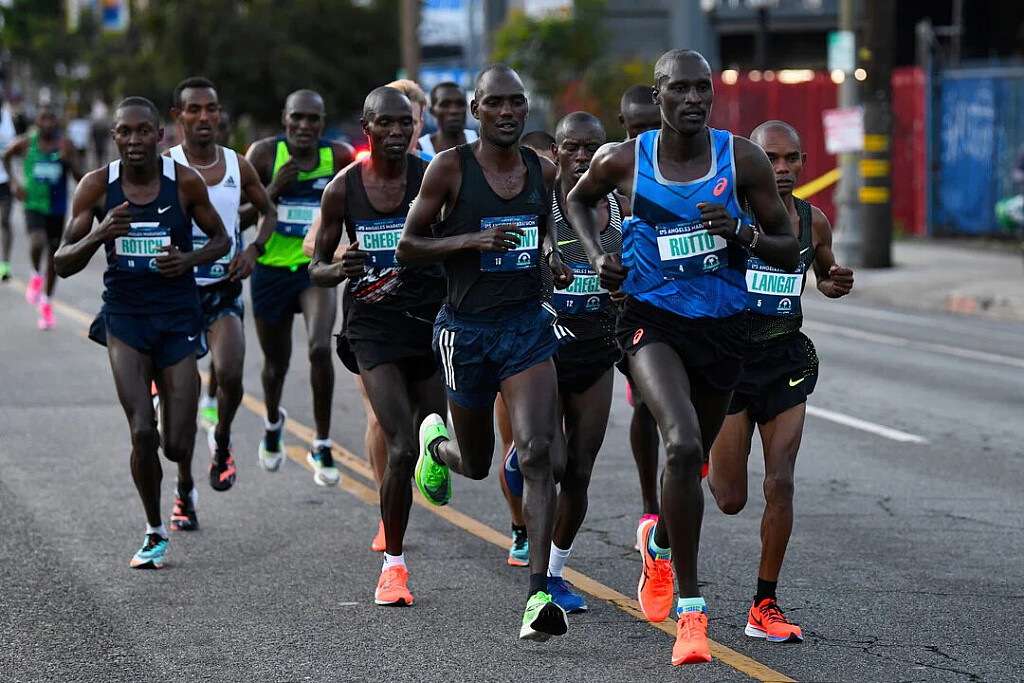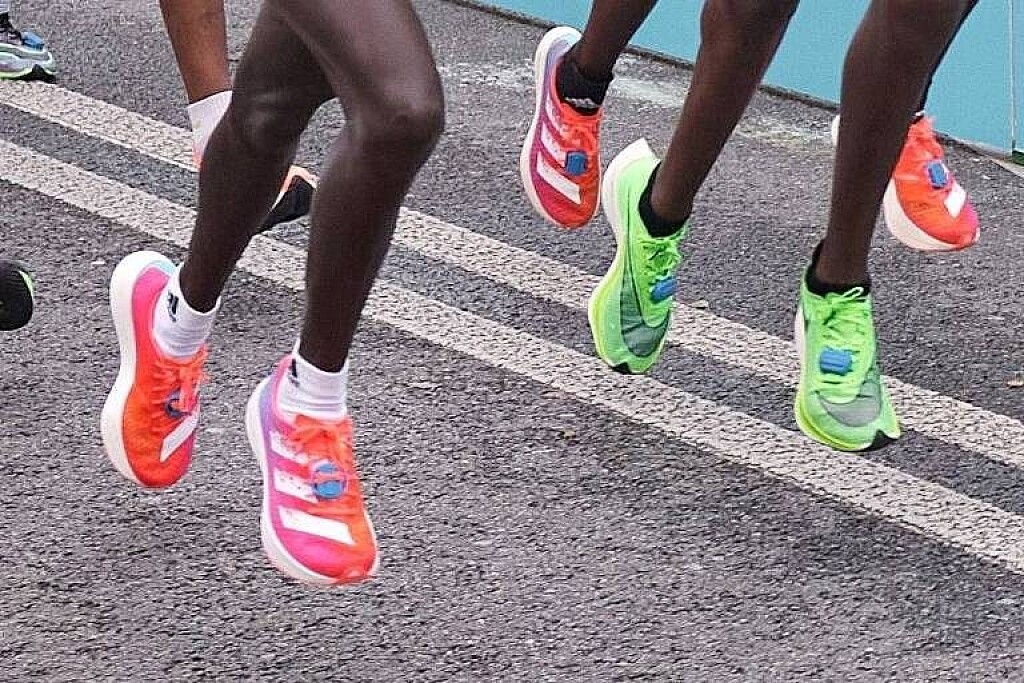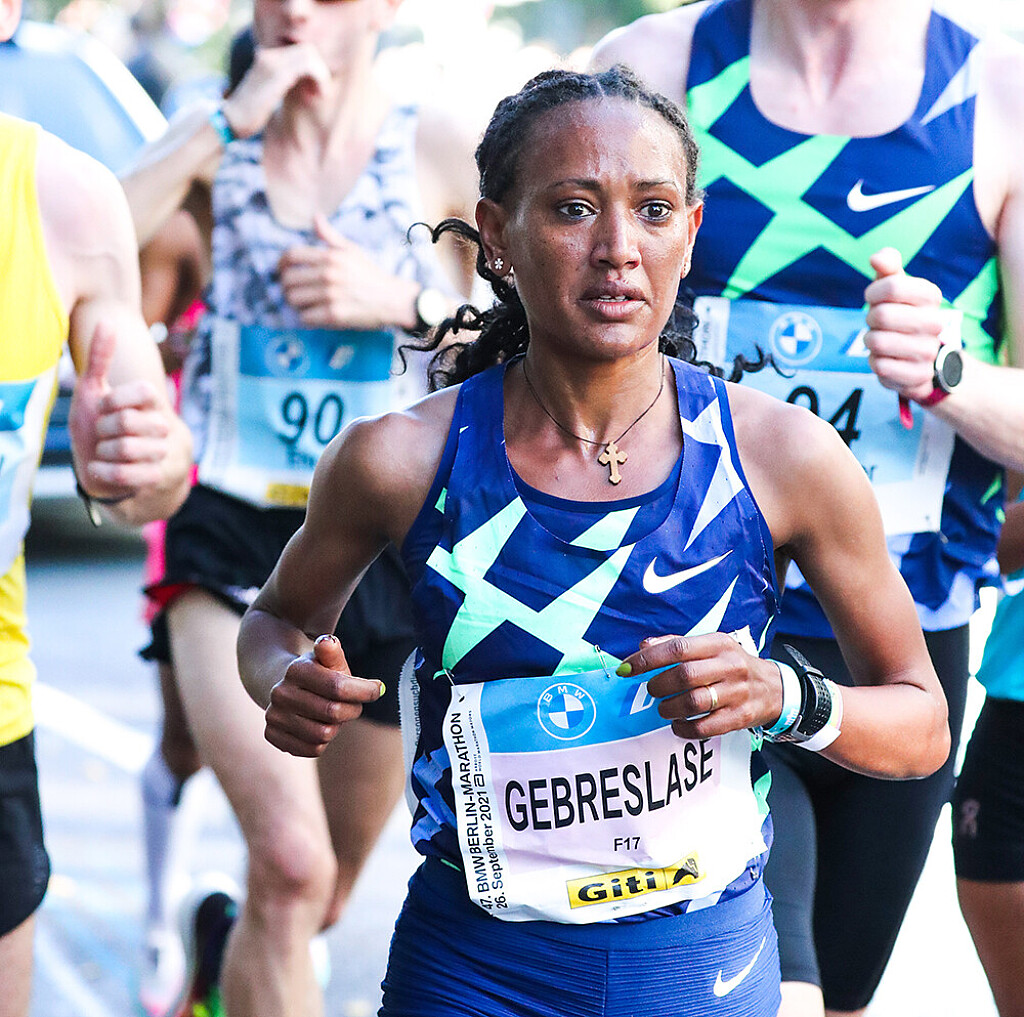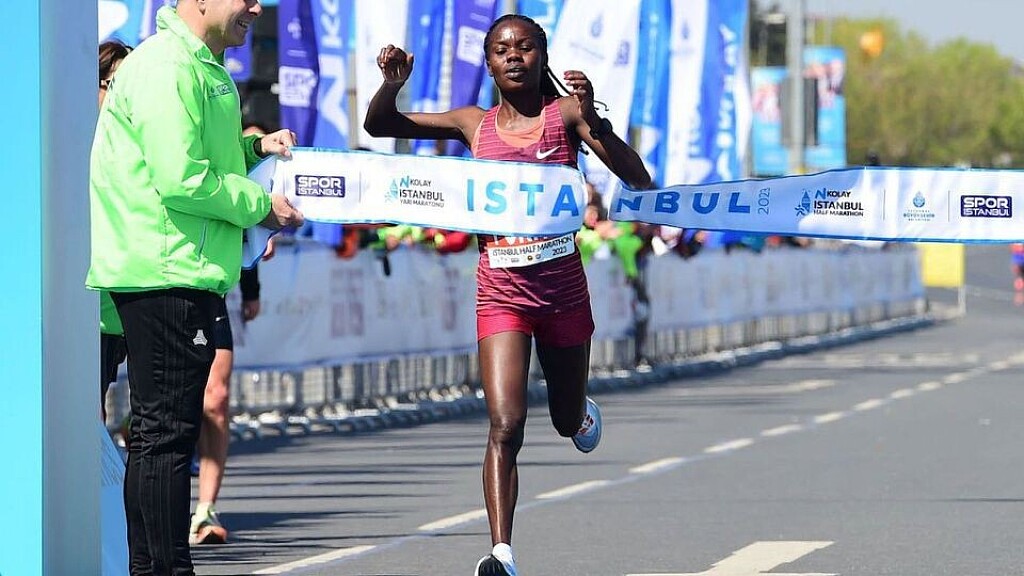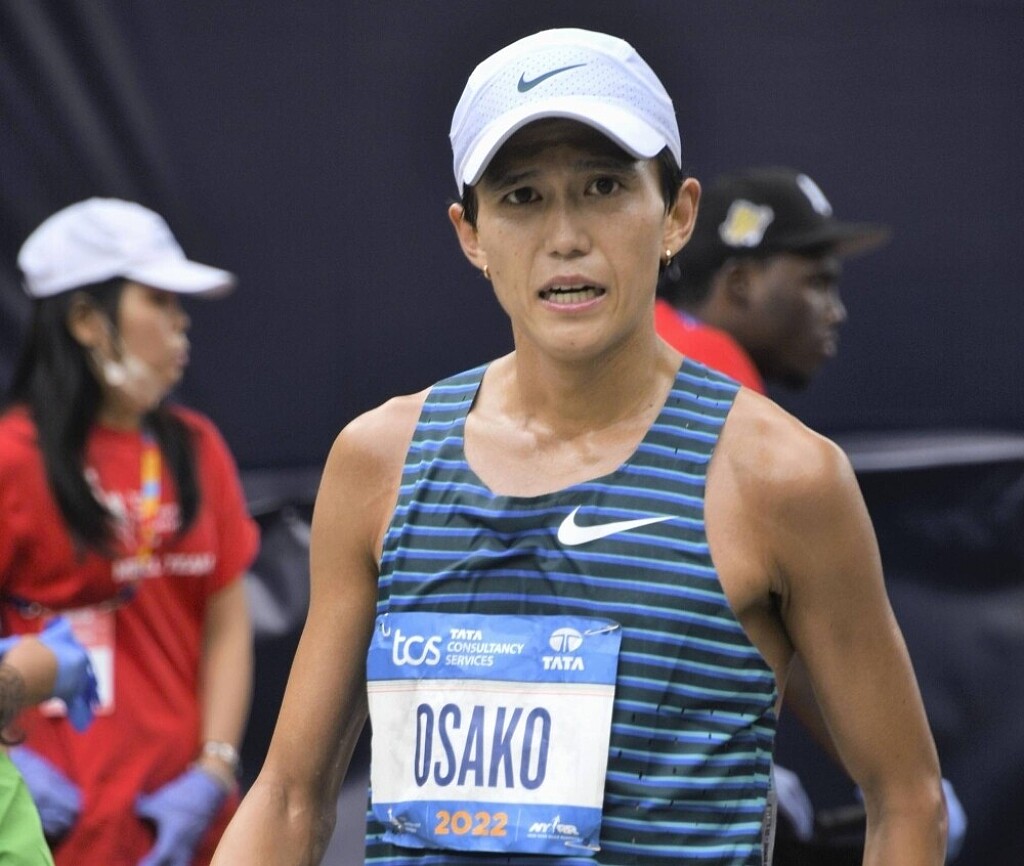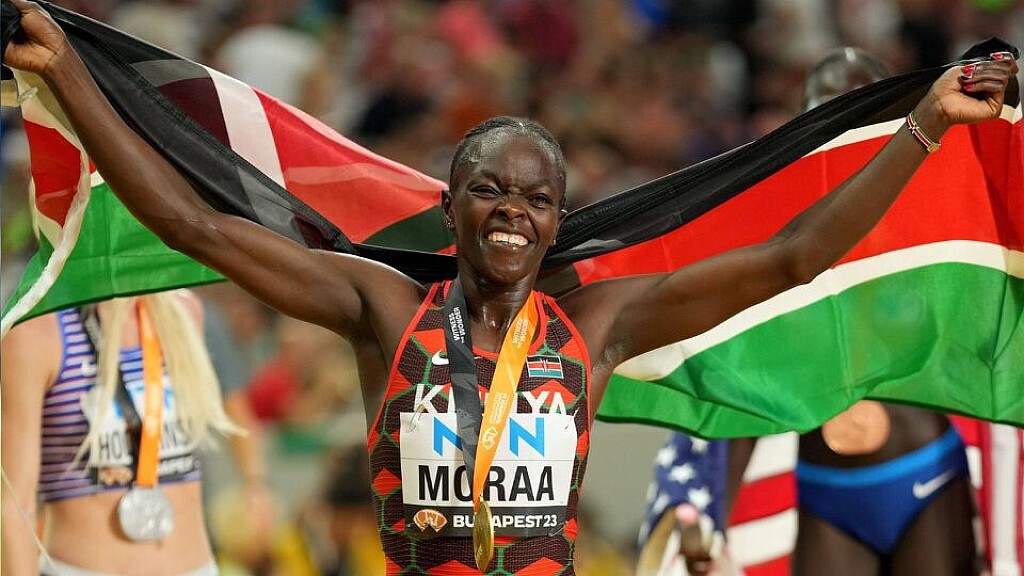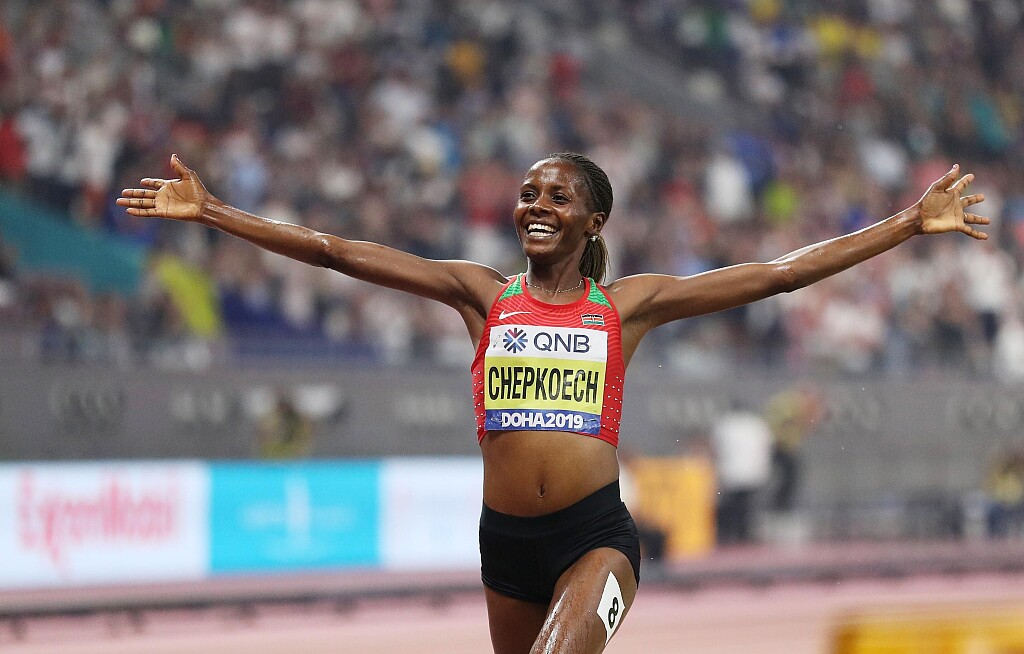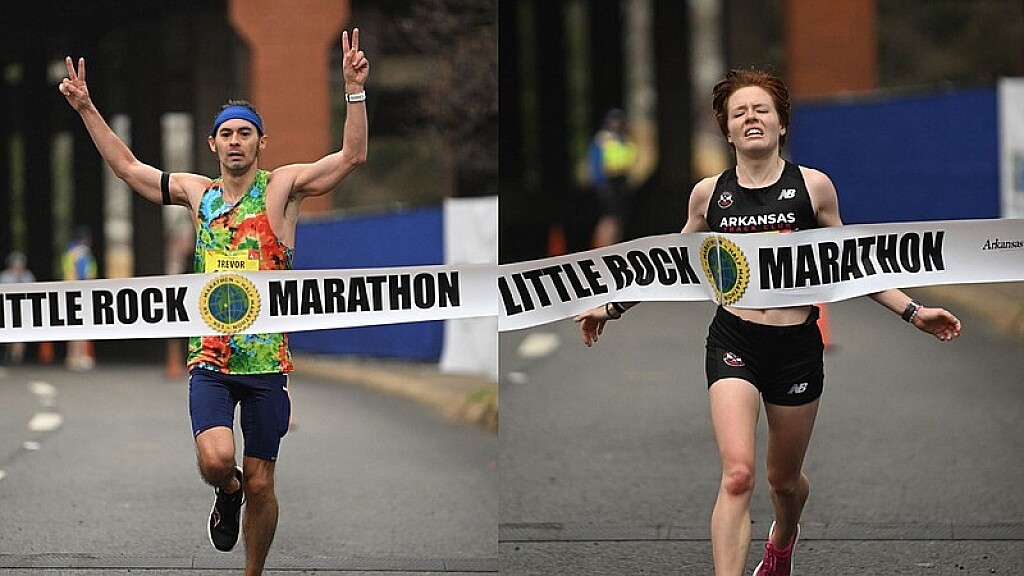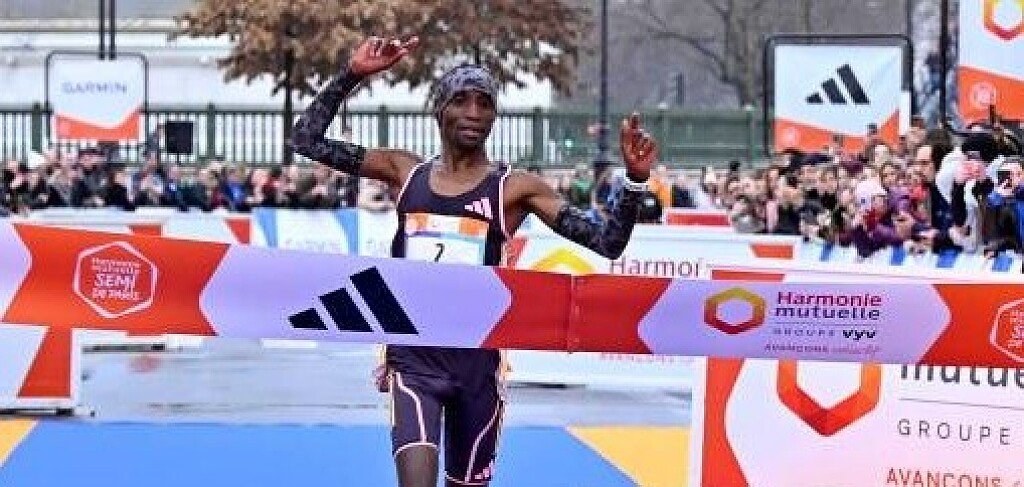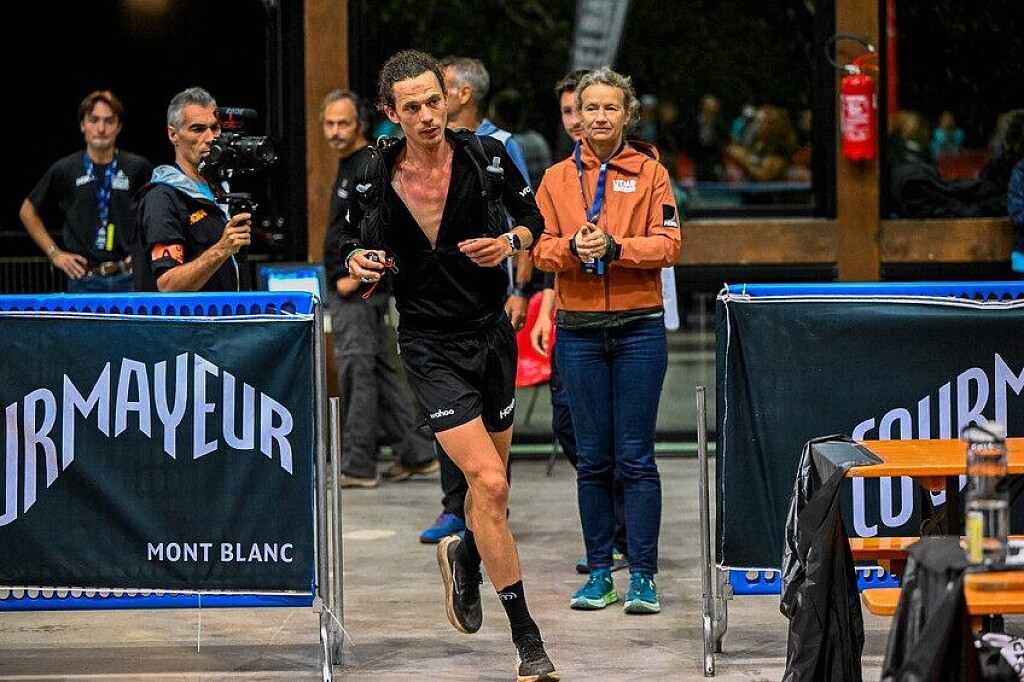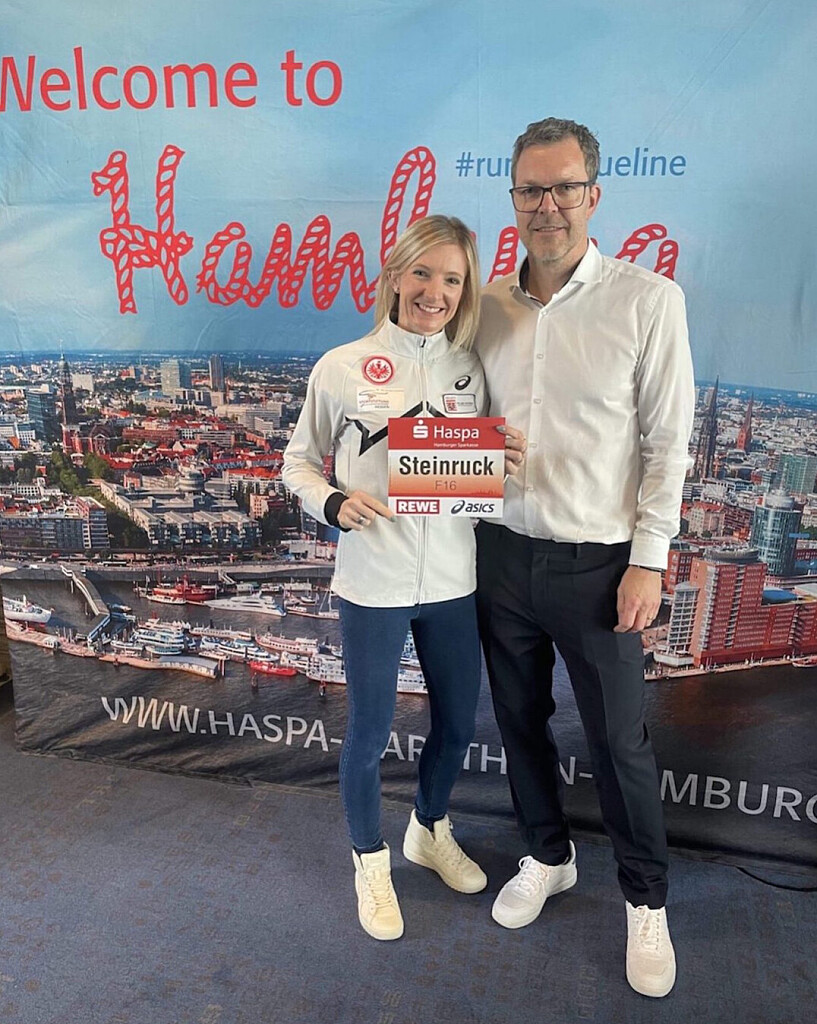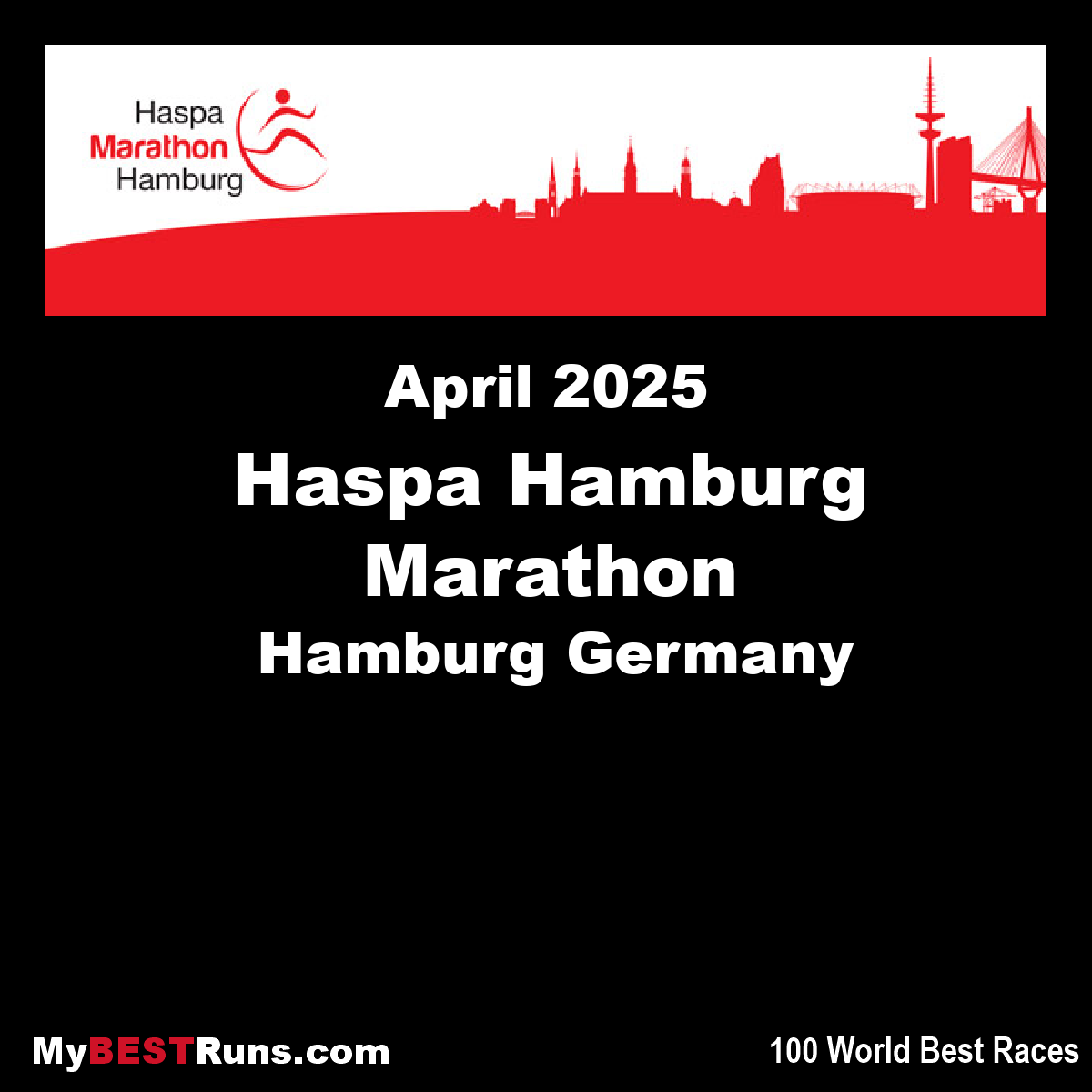Running News Daily
Running News Daily is edited by Bob Anderson. Send your news items to bob@mybestruns.com Advertising opportunities available. Train the Kenyan Way at KATA Kenya and Portugal owned and operated by Bob Anderson. Be sure to catch our movie A Long Run the movie KATA Running Camps and KATA Potato Farms - 31 now open in Kenya! https://kata.ke/
Index to Daily Posts · Sign Up For Updates · Run The World Feed
Should marathoners do sprint work?
There are many misconceptions about sprinting, and one of them is the belief that marathoners shouldn't include sprinting in their training.
If you’re a marathoner, incorporating fast-twitch sprint work into your training regimen might seem counterintuitive. However, contrary to popular belief, adding just five to 10 reps of 50-metre sprints to the end of your runs once or twice a week can significantly enhance your running efficiency and strength.
Integrating a small amount of sprint work can improve your neuromuscular co-ordination, leading to enhanced running mechanics and increased running economy. This economy that we speak of is especially beneficial during the later stages of a race, when fatigue starts to kick in and your form starts to deteriorate. Sprint work targets fast-twitch muscle fibres, helping bolster overall leg strength and power per stride, which will translate to your ability to maintain faster paces.

Adding this little training hack into your routine could be the easiest path to becoming a faster distance runner. However, adding sprint training to your marathon build can come with risks, as it places considerable stress on muscles, tendons and joints. So without proper preparation or execution the risk of injury increases. Therefore, implementing a thorough warm-up and gradually progressing to the speed you’re trying to hit on your first few reps is imperative to mitigate these risks.
Despite the name, sprints don’t necessarily entail going all-out. Many runners, including sprinters, rarely reach race speeds during practice sessions, due to the taxing nature of maximal effort, which can elevate the risk of injury. Instead, sprint training typically occurs at around 60-80 per cent of your maximum speed.

If you’re looking for an alternative to sprints, short hills can also do the trick. These 30-second hill inclines can serve as an excellent way to add more speed and efficiency into your marathon preparation while enhancing strength and power.
Just because we are telling you sprint training is helpful, remember to not stray too far from the norm. It’s important to find a balance between sprint work and other essential components of marathon training, such as long runs, tempo runs and recovery mileage. Sprint sessions should not replace these foundational elements, but rather serve as a training supplement component to enhance your performance.
(03/16/2024) ⚡AMPby Marley Dickinson
Brigid Kosgei sets lofty ambitions at Lisbon Half Marathon as big bonus awaits
Kenya’s Brigid Kosgei is keen to make history at the Lisbon Half Marathon on Sunday as she seeks to use the race to tune up for next month’s London Marathon.
Kenya’s Brigid Kosgei is keen to break her half marathon personal best during the Lisbon Half Marathon on Sunday.
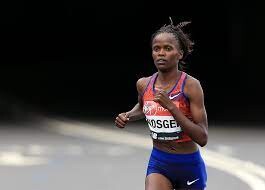
The former marathon world record holder is using the Lisbon Half Marathon to gauge her level of preparedness for the London Marathon set to take place on April 21 and she feels she can lower her half marathon personal best of 1:04:49.
"I'm really happy to be here again. I wanted to run this race because I want to test my speed for London Marathon in April,” Kosgei said on Friday.
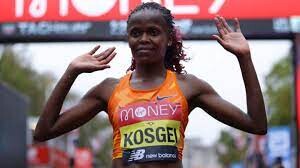
“I come here to see how my body respond. I'm feeling good, I'm happy, did a good preparation. The course is very fast and I hope to have a good race on Sunday. If the weather is good, I will try to break my personal best in half marathon.”
The 30-year-old is no stranger to the Portuguese capital having won the 2016 Lisbon Marathon but she will come up against a stellar field on Sunday, in want has been termed the fastest half marathon in the world.
Seeking to upstage her is compatriot Vivian Cheruiyot, the 2018 London Marathon champion, whose last race was the Valencia Marathon in 2019 when she finished fourth.
There are also Kenyans Betty Chepkemoi, Pauline Esikom and Vivian Melly, Ethiopia’s Bosena Mulatie, fourth at the 2023 Istanbul Half Marathon and Senayet Getachew, the 2023 Junior World Cross-Country champion, who will be keen to upstage her.
The men’s field has attracted 10 athletes with the best marks under one hour. Abraham Kiptum will be returning and he is the biggest highlight, with a personal best of 59.09.
He will face a stern test from Ethiopians Solomon Berihu (59.17) and Dinkalem Ayele (59.30), but also compatriots Brian Kwemoi and Bravin Kipkogei Kiptoo (both with 59.37).
American Leonard Korir, third in the last month's US Olympic Marathon Trials, will also be in the race.
Korir achieved the needed spot in the podium, but not the time to guarantee the place in Paris. That's why he chose Lisbon to try to run a fast time, and maybe break the American record (59:43).
"I heard so many good things about the race, I heard that it's super fast. There were some guys that run fast here, like Jacob Kiplimo. I wanted to run something faster, and I told myself 'let me try to go to Lisbon',” said Korir.
“I heard the organisation is very good, the course is very nice. I just want to see if I can run a quick time, to see how my body feels before running a marathon in the near future,” added the 37-year-old American.
Lisbon Half Marathon oragnisers have set aside a €150,000 (Ksh22,044,775) bonus for new world records with the times to beat being 57:31 set by Ugandan Jacob Kiplimo, at this same race in 2021, and 1:02:54 by Ethiopian Letesenbet Gidey in Valencia.
(03/16/2024) ⚡AMPby Joel Omotto
EDP HALF MARATHON OF LISBON
EDP Lisbon Half Marathonis an annual internationalhalf marathoncompetition which is contested every March inLisbon,Portugal. It carries World Athletics Gold Label Road Racestatus. The men's course record of 57:31 was set byJacob Kiplimoin 2021, which was the world record at the time. Kenyanrunners have been very successful in the competition, accounting for over half of the total winners, withTegla Loroupetaking the...
more...Competitive fields look to make a statement in Seoul
Ethiopia’s Guye Adola and Bahrain’s Desi Mokonin are among the athletes who will be looking to make a mark when they compete in the Seoul Marathon, this year’s sixth World Athletics Platinum Label road race, on Sunday (17).
While Adola competes in Korea for the first time, Mokonin has the benefit of race experience, as she returns to an event that she won in 2019.
Adola has the fastest PB among the entries, thanks to the 2:03:46 he ran to finish second when making his marathon debut in Berlin in 2017. The 2014 world half marathon bronze medallist returned to win in Berlin in 2021, running 2:05:45 for the third-fastest time of his career so far.
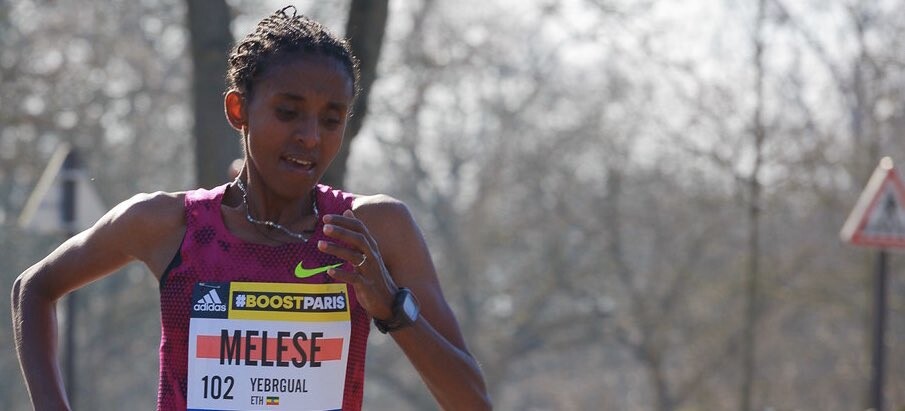
He is back in marathon action for the first time since October, when he placed third in Frankfurt after finishing runner-up in Paris in April.
There are a number of athletes who will want to challenge him in Seoul, where the men’s field features another six sub-2:06 athletes. The course record stands at 2:04:43, achieved by Mosinet Geremew in 2022.
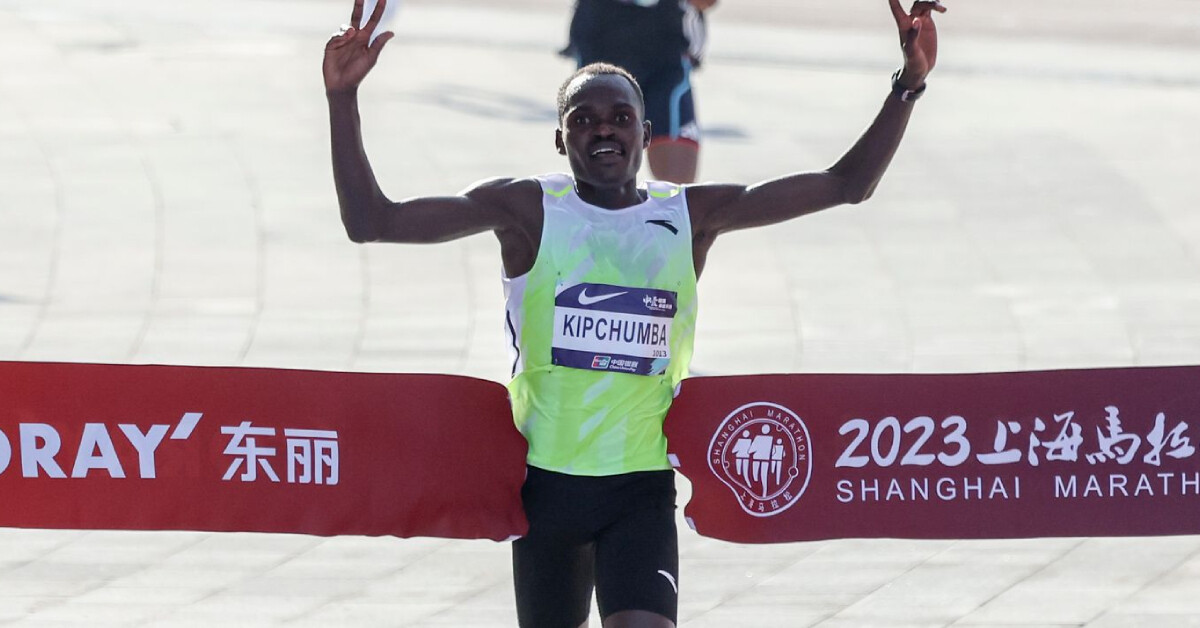
Kenya’s Philimon Kiptoo Kipchumba has won each of the four marathons he has completed so far, most recently winning the Shanghai Marathon in November in a PB of 2:05:35, but he withdrew when defending his Xiamen Marathon title in January.
His compatriot Solomon Kirwa Yego finished third in Shanghai in a PB of 2:05:42 and then placed eighth in Xiamen, while Joel Kemboi Kimurer ran his PB of 2:05:19 in Milan in 2021 and Laban Kipngetich Korir clocked his best of 2:05:41 in Amsterdam in 2022.
Ethiopia’s Derseh Kindie will be looking to build on the PB of 2:05:51 he set in Valencia in December and he’ll be joined on the start line by his compatriots Gebru Redahgne, who finished second in the 2022 Barcelona marathon in 2:05:58, and world half marathon fourth-place finisher Jemal Yimer.
China’s Feng Peiyou and Olonbayar Jamsran of Mongolia will be among those seeking Olympic qualification.
Ethiopia’s Yebrgual Melese is the quickest in the women’s field when it comes to PBs with the 2:19:36 she ran in Dubai in 2018, but the 2015 Chicago Marathon runner up’s last recorded result was a fifth-place finish in the 2020 Xiamen Marathon.
She’s the sole sub-2:20 runner in the women’s race but she will be joined by four others who have dipped under 2:22.
Those include Mokonin, who won the 2019 Seoul Marathon in 2:23:44 and clocked her PB of 2:20:47 in Doha just over a year ago. She ended 2023 with a 2:22:29 performance to finish seventh in Valencia.
Kenya’s Celestine Chepchirchir opens her 2024 campaign after having raced four marathons last year, topped by the 2:20:46 she ran to finish fourth in Valencia. Like Mokonin, she has previously raced in Seoul and it is where she recorded her PB of 2:20:10 set in 2022, when she finished fourth.
She lines up alongside her compatriot Janet Ruguru, who set a PB of 2:23:00 to finish second in Beijing in October and placed third in the Daegu International Marathon in the April.
Sisay Meseret Gola followed her 2:20:50 PB performance in Seville in 2022 with two 2:22 marathons in 2023 – in Osaka and Amsterdam. She withdrew from this year’s Osaka Women's Marathon in January but now returns to action in a field that also features her Ethiopian compatriot Fikrte Wereta, who ended 2023 with a win and a PB in Shenzhen, clocking 2:22:07.
Former Mongolian record-holder Munkhzaya Bayartsogt will be among those hoping to put themselves in the running for a place at the Paris Olympics.
The course record of 2:18:04 was set by Romania’s Joan Chelimo Melly in 2022.
Leading entries
Women
Yebrgual Melese (ETH) 2:19:36
Celestine Chepchirchir (KEN) 2:20:10
Desi Mokonin (BRN) 2:20:47
Sisay Meseret Gola (ETH) 2:20:50
Visiline Jepkesho (KEN) 2:21:37
Fikrte Wereta (ETH) 2:22:07
Sintayehu Tilahun (ETH) 2:22:19
Janet Ruguru (KEN) 2:23:00
Margaret Agai (KEN) 2:23:28
Sifan Melaku (ETH) 2:23:49
Munkhzaya Bayartsogt (MGL) 2:28:03
Marina Khmelevskaya (UZB) 2:29:28
Ayano Ikeuchi (JPN) 2:33:29
Men
Guye Adola (ETH) 2:03:46
Joel Kemboi Kimurer (KEN) 2:05:19
Philimon Kiptoo Kipchumba (KEN) 2:05:35
Laban Kipngetich Korir (KEN) 2:05:41
Solomon Kirwa Yego (KEN) 2:05:42
Derseh Kindie (ETH) 2:05:51
Gebru Redahgne (ETH) 2:05:58
Mark Kiptoo (KEN) 2:06:00
Felix Kandie (KEN) 2:06:03
Mike Kiptum Boit (KEN) 2:06:08
Ashenafi Moges Weldegiorgis (ETH) 2:06:12
Edwin Kiptoo (KEN) 2:06:52
Kibrom Desta Habtu (ETH) 2:07:05
Balew Yihunie Derseh (ETH) 2:07:12
Timothy Kipkorir (KEN) 2:07:53
Rory Linkletter (CAN) 2:08:01
Feng Peiyou (CHN) 2:08:07
Rhonzas Lokitam Kilimo (KEN) 2:08:08
Olonbayar Jamsran (MGL) 2:08:58
Huang Yongzheng (CHN) 2:10:49
Gantulga Dambadarjaa (MGL) 2:11:18
Jemal Yimer (ETH) 2:11:31
Evans Kipchumba (KEN) debut
(03/16/2024) ⚡AMPby World Athletics
Seoul International Marathon
The only marathon hosted in the heart of the Korean capital. Seoul marathon is the oldest marathon race hosted in Asia andis one of the fastestmarathon in the world. First held in 1931, Seoul marathon is the oldest marathon eventcontinuously held in Asia, and the second oldest in the world followingthe Boston Marathon. It embodies modern history of Korea, also...
more...The Iditarod Is Embroiled in a Controversy Over Moose Guts
Officials with dogsledding’s biggest race say a star musher broke the rules. His infraction: improper removal of moose innards.
What’s the weirdest rule in endurance sports? A few come to mind:

Regulations governing the New York City Marathon explicitly forbid runners from pooping on the pavement at the starting line. Article 7.01-G of the Ironman Triathlon rulebook prohibits nakedness in transition areas. And don’t get me started on the wackadoo bylaws enforced by pro cycling’s governing body, the Union Cycliste International, which govern the minutiae of oh so many aspects of bike racing, from the height of an athlete’s socks to the size and shape of his or her ugly helmet.
But in all my time covering professional outdoor competitions, I’ve never come across anything like Rule 34 in the regulations governing Alaska’s Iditarod, the Tour de France of dogsledding. The law, titled “Killing of Game Animals,” is below:
In the event that an edible big game animal, i.e., moose, caribou, buffalo, is killed in defense of life or property, the musher must gut the animal and report the incident to a race official at the next checkpoint. Following teams must help gut the animal when possible. No teams may pass until the animal has been gutted and the musher killing the animal has proceeded. Any other animal killed in defense of life or property must be reported to a race official, but need not be gutted.
Yes, the Iditarod requires you to disembowel the big mammals that you kill along the way. Not only that—officials will scrutinize the efficacy of your job gutting the animal in question.
At the moment, there’s a brewing controversy about the Iditarod’s Rule 34—specifically, whether or not a star athlete gutted a moose the right way.
The race kicked off this past Sunday, March 3, and mushers embarked on the 1,000-mile trip from the town of Willow, near Anchorage, to Nome, near the arctic circle. On Monday, news circulated that five-time winner Dallas Seavey had a terrifying encounter with a moose shortly after leaving a checkpoint in the town of Skwentna. Attacks by moose and other large mammals are rare, but do occasionally happen in sled dog racing. In 2022, a musher named Bridgrett Watkins was trampled by a bull just days before her rookie start in the Iditarod. In 1985, Susan Butcher was attacked while leading the Iditarod—the animal killed two of her dogs as she attempted to fight it off with an axe.
According to a report by the Associated Press, Seavey said the moose attacked his team at about 1:30 A.M. on Monday morning. It became entangled in his harness and sled and injured a female dog named Faloo so badly that she eventually had to be transported back to Anchorage. Seavey pulled out a handgun and shot the moose dead. “It fell on my sled, it was sprawled on the trail,” Seavey told an Iditarod Insider television crew. “I gutted it the best I could, but it was ugly.”
That’s where things get interesting. On Wednesday, March 6, the Iditarod announced that its panel of judges had issued Seavey a two-hour time penalty—a massive time gap in a race that’s sometimes decided by an hour or two. The reason for the sanction? Seavey did a substandard job of removing the animal’s innards. The race clarified exactly what gutting entails. “By definition, gutting: taking out the intestines and other internal organs of (a fish or other animal) before cooking it,” the race said in a public statement.
According to the investigation, Seavey spent about ten minutes at the kill site before mushing his dogs 11 miles to the next checkpoint, where he informed officials about the moose kill and also dropped off his injured dog (according to a Facebook post, Faloo is OK!). A race communique said officials eventually retrieved the moose carcass, properly processed it, and will distribute the meat as food.
Seavey’s kennel published a diplomatic statement on Facebook after the ruling: “As members of Team Dallas we are thankful for the guidelines and officials who make this race possible. Each race is riddled with its own set of challenges and part of being a great musher is being able to navigate them.”
Back to this unorthodox rule. I think most normal people can understand the need to ban runners from pooping on the asphalt, and even to prohibit triathletes from displaying their uncovered nether regions during a race. But what’s the deal with cutting open a dead animal in sled dog racing? An Iditarod employee who answered the race’s general phone line reminded me that the Rule 34 simply reflects Alaska state law. I hunted around the state’s rules and regulations and came across Statue 16.30.010, titled Wanton Waste of Big Game Animals and Wild Fowl.
It is a class A misdemeanor for a person who kills a big game animal or a species of wild fowl to fail intentionally, knowingly, recklessly, or with criminal negligence to salvage for human consumption the edible meat of the animal or fowl.
Turns out the weirdest rule in endurance sports is an extension of a pragmatic law. A full-grown moose can weigh up to 1,600 pounds, which can feed a lot of human beings. Improperly handling the intestines from one can spoil the meat. And the Iditarod employee I spoke to emphatically said that removing the entrails from an animal of that size takes much longer than ten minutes.
Whether or not the two-hour penalty keeps Seavey from attaining win number six is yet to be seen. The two-hour penalty will be added to Seavey’s mandatory 24-hour rest later in the race. On Wednesday, he passed the Idtarod’s official halfway point in Cripple, Alaska in first place, nursing a 47-minute lead on Nicolas Petit of Big Lake, Alaska. Seavey needs to gain an hour and 14 minutes between Cripple and Nome to win.
(03/16/2024) ⚡AMPby Outside Online
This Teen Ultrarunner Wants to Take on the World's Most Prestigious Races
Last November, 17-year-old Sebastian Salsbury received an email reminder. He had 13 days to decide about entering the race lottery for the 2024 Western States 100 Mile Endurance Run, regarded as one of the most prestigious trail events in the world.
Rules stipulate that each lottery applicant must be at least 18 years old on race day. On January 20, Salsbury will finally meet the age requirement, five years after he technically ran a qualifying time to enter the lottery for the first time.
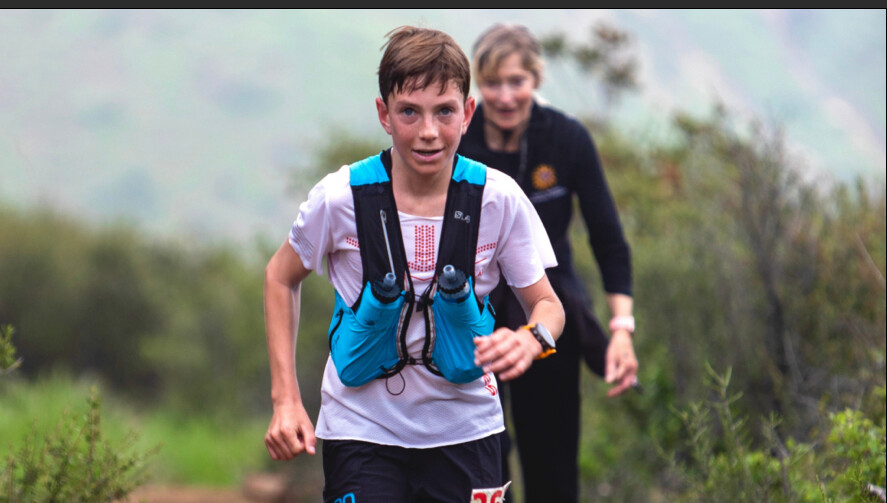

It's been a goal he's been progressing toward for years. In 2020, when Salsbury was 13, he completed the Black Canyon 100K in Arizona in 15 hours 49 minutes and 32 seconds, well within the 17-hour time limit necessary to qualify for the Western States lottery.
"It's hard to put that experience into words," Salsbury says. "It was one of the most beautiful courses I've ever been on. That race made me feel like I was doing the right thing in my life."
Starting Young
Salsbury, who grew up in Santa Barbara, California, was attracted to the trails at a young age. Throughout his childhood, his parents often brought him to nearby trails to hike. The hikes gradually transitioned into jogs, and Salsbury's relationship with the outdoors continued to grow. The mountains, he says, were a playground.
Though Salsbury played basketball, football, and soccer growing up, his love for running took over. He quit the other sports after junior high school to minimize risk for injury, he says, and to dedicate more time to running.
A few years after Salsbury's entry into racing-his first was a local 5K on the road when he was four-he ran the Santa Barbara Red Rock Trail Run. Despite being just nine, he kept up with his father for all 28 miles. The following year, for the Santa Barbara Nine Trails, Salsbury traversed 35 miles with nearly 12,000 feet of vertical gain from the Jesusita trailhead to Romero Canyon trailhead and back, again alongside his father, a road marathoner.
Next, Salsbury entered the Black Canyon 100K in Arizona. He recalled the point-to-point race as one of his most difficult running experiences to date.
"I was basically crying," Salsbury remembers, adding that his hydration vest kept digging into his ribs. "I loved the feeling of working hard and going through really low moments and overcoming them. I crave it."
Supported for the last 20 miles by his coach at the time, Tyler Hansen, Salsbury crossed the finish feeling both defeated and uplifted. The Black Canyon race gave him the confidence to continue challenging himself in ultrarunning.
"My best friends don't understand," Salsbury says about the pursuit of ultras, which he envisions including some of the most technically demanding and prestigious races in the world: the Western States 100 in California, Ultra-Trail du Mont-Blanc through the French Alps, as well as the Hardrock Hundred Mile Endurance Run in Colorado. Salsbury admits that running disrupts his social life, and also that he doesn't mind the solitude the sport necessitates. In fact, he welcomes it.
"I like the feeling of being alone in the mountains," Salsbury says. "It's a great way to free your mind."
Given that he is still a teen-the average age of trail runners is in the mid-30s-Salsbury has not been immune to negative comments over the years. "It's not cool at all to hate, but I can still see where someone would be coming from, seeing a kid doing all that stuff," Salsbury says. "There are going to be people that troll and hate for no reason. That's just life."
A Purposeful Progression
The training required to undertake ultras is out of this world for a typical high school runner. To ensure he's programming himself with sufficient miles without overloading his still-developing body, Salsbury sought the guidance of his longtime role model, pro trail runner Hayden Hawks. The two met when Salsbury was 14, and their camaraderie clicked naturally.
"I had lots of mentors help me at a young age in my running journey, and I felt the responsibility to do the same with Sebastian," says Hawks, 32. "We have taken a patient and gradual approach, developing strength, speed, and a foundation that will help him build into the longer distance races at an older age."
Hawks has coached Salsbury for the past two years, carefully mapping out a plan that tallies 50 miles weekly spread across six days. Salisbury complements the mileage with a combination of hiking, mountain biking, and intervals on an indoor bike as part of his cross training. Three days a week, he does strength exercises at Varient Training Lab in Santa Barbara. To fit it all in so he could have ample opportunity to train and compete, prior to the Covid-19 pandemic, Salsbury enrolled in West River Academy, an online private school program.
"I have zero regrets," Salsbury says. "The opportunity that it's given me to travel with my family and run and be able to guide my days how I want and learn at my own pace, I'm grateful for that."
The online program lasts up to three hours a day, which is "a lot less than standard high school," Salsbury chuckles. In 2022, he researched computer engineering and built a computer from scratch. This year, as part of the online curriculum, he's learning to speak German in addition to researching for a project about coffee and sustainability, which he is especially interested in as a part-time certified barista. Salisbury works at a local coffee shop twice a week.
So far, he's enjoying the unique balance of online learning and ultrarunning. "I like to keep myself busy," he says. "I've always had this next-level energy. Obviously it goes into running, but it's who I am as a person."
His days are hardly routine compared to the average high schooler. On a recent Thursday, Salsbury started the day with a three-minute cold plunge before he spent the remainder of the morning packing running shoes, thermal layers, his COROS watch, and a heart rate monitor ahead of a four-day trip to Boulder, Colorado, to train with a friend at altitude.
Living at sea level in Santa Barbara, Salsbury doesn't often have the opportunity to run at altitude beyond twice a year, mostly "just a vacation with my family where I get to do some running," he says.
As much as he has run over the years, Salsbury says he's been fortunate to never have had any serious injuries. This year, a growth spurt of eight inches led to severe shin splints, and Salsbury, who is now 6-foot-4 and 162 pounds, took four months off from running.
Now, life is back to business as usual. Salsbury is planning ahead. His next race is the La Cuesta Ranch 25K in San Luis Obispo, California, in late January. After he graduates from high school in June 2024, he wants to pursue a running career ideally full-time, though he hasn't stated when he aims to turn professional.
"I've always had the intention to be one of the greatest ultrarunners in the world one day. That will continue to be my goal," Salsbury says. "I want to leave a positive impact on the sport and be an inspiration to other athletes of any age, but obviously the youth because that's how I grew up. People can judge and say whatever they want, but I do want to be the best of all time."
(03/16/2024) ⚡AMPby Trail Runner Magazine
Local bakery saves the day at Scotland's Half Marathon Championships
The Scottish Half Marathon Championships in Inverness, Scotland, faced a challenging situation when their race medals and T-shirts were delayed due to the recent militant attacks on container ships in the Red Sea. At the last minute, a local bakery came to the rescue, supplying the race with more than 4,000 finisher biscuits.
In a social media post on Feb. 27, the race said: “Due to unforeseen shipping delays resulting from Houthi rebel attacks on container ships in the Red Sea, we regret to inform you that finisher medals and half-marathon finisher T-shirts will not be available at the finish line on March 10.” The attacks in the Middle East had prompted major shipping companies to reroute their container ships around South Africa, delaying the shipment containing the race’s T-shirts and medals.
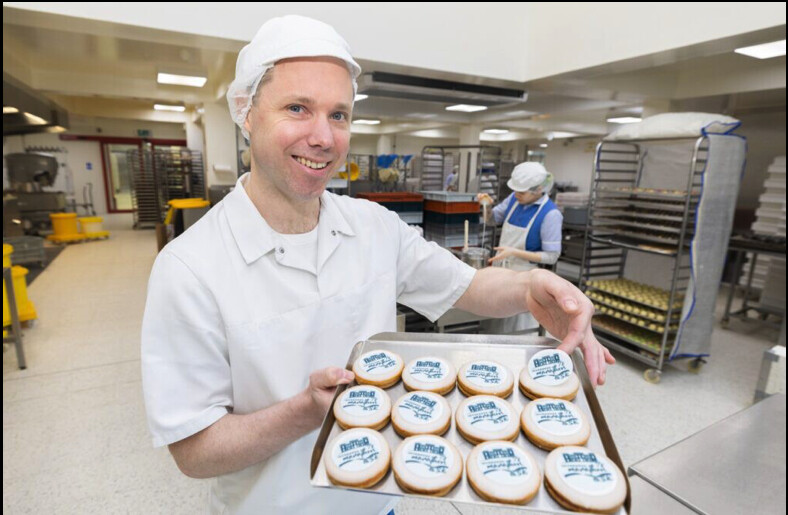
This year’s race boasted record numbers, selling out with a total of 4,240 participants across the half-marathon and 5K distances. With no finisher medals, and with the race facing the uncertainty of what to provide athletes, Harry Gow Bakery in Inverness stepped up to ensure every runner experienced the sweet taste of success upon crossing the finish line.
“We are thrilled to offer something unique to the Inverness Half Marathon and 5K this year with our commemorative biscuits,” said Fraser Gow, the director of Harry Gow Bakery. “The biscuits were specially crafted to reflect the medal design with the event logo.”
While race organizers expect the medals and T-shirts to reach each finisher by the end of March, many runners expressed satisfaction with the alternative. “It’s exactly what we needed after completing the race,” one participant wrote on Facebook. “It’s as satisfying as a traditional medal. Maybe next time we’ll have edible T-shirts,” another participant joked.
Several finishers also said they hoped to see the finishing biscuits return next year. Regardless, this initiative serves as excellent PR and marketing for the local bakery.
(03/16/2024) ⚡AMPby Running Magazine
Is hiring a running coach worth it in 2024?
As we approach the spring and summer race season, thousands of runners, both new and experienced, will look for guidance to achieve their training goals. Finding a running coach can be challenging, with price being one of the pivotal factors for many. Hiring a coach often comes with a high cost, especially when compared to alternative options available through Garmin Coach or AI technology, which don’t.
Before diving into a critique of traditional coaching methods, it’s important to clarify that my intention is not to discredit personal running coaches. As a coach myself, I recognize their value, especially for beginners who need assistance in improving their running form, back-and-forth support/communication, and most importantly, to be held accountable to chase their goals. Similarly, on the other end of the spectrum, elite athletes aiming for world-class performances require personalized attention and around-the-clock communication to optimize their training and results.
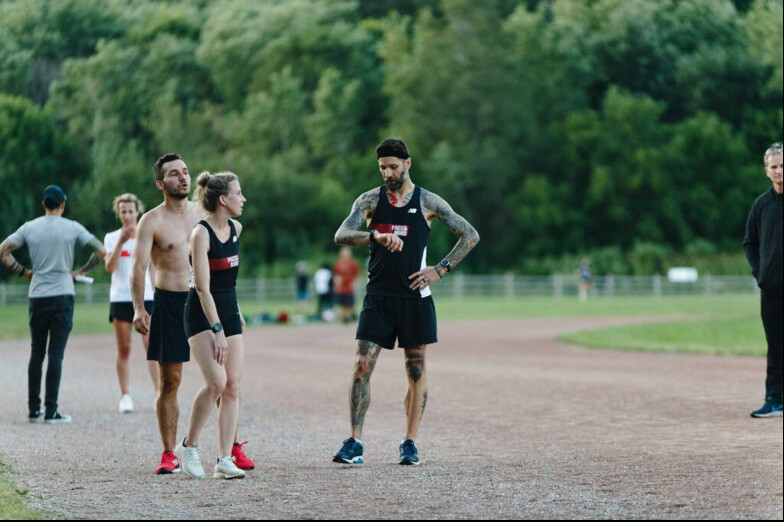

My concern lies with the costs associated with one-on-one coaching. With free or more affordable alternatives available, the high fees of traditional coaches can be prohibitive. In Toronto, for instance, local coaching prices range from $100 to upwards of $500 per month, which can pose a significant financial barrier for many runners, especially those who are new to the sport who might not know better.
While training for any distance demands dedication, AI platforms like ChatGPT or Garmin Coach offer accessible, straightforward training plans for a fraction of the cost. I asked AI to generate a very standard weekly program for a 4:00:00 marathon, tailored to someone who works full-time and has very little running experience, but has done a few 5K’s. The AI platform provided me with an eight-week progressive training plan, beginning with four sessions per week, with a gradual increase to six runs per week by weeks six and seven.
Although I get AI-generated plans have their limitations, such as a lack of personalization and consideration for recovery, it offers a viable no-cost alternative beyond traditional personal coaching. Other free platforms like Garmin Coach are even better, leveraging personal data analytics to tailor training recommendations based on your sleep, recovery levels, heart rate variability and stress. While Garmin Coach requires an initial investment in buying a physical GPS watch, it is more cost-effective in the long run compared to hiring a coach to ultimately do the same thing and attend some of your workouts for $300/month–plus, your relationship with the watch will last a little longer.
Before you hire a coach, take some time to write down your goals and what type of guidance you need to achieve your objective. If you are just looking for some framework or minor guidance, there are plenty of affordable options online to help point you in the right direction.
(03/16/2024) ⚡AMPby Running Magazine
London Marathon: Rachel Hodgkinson nervous ahead of first elite start
Distance runner Rachel Hodgkinson says being able to compete in next month's London Marathon as an elite athlete has made her nervous.
The 31-year-old was the second fastest British woman in last year's London Marathon having not started as part of the elite athlete's cohort.

She has since won gold at the Tokyo Marathon and finished fifth in the IAU 50km World Championship.
"Just getting there is an achievement," she told BBC Radio Merseyside.
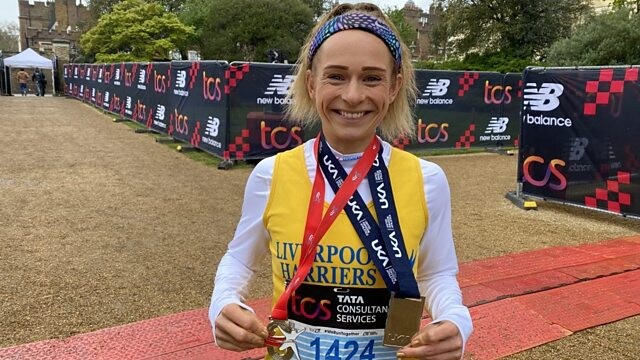
"I'm excited and also quite nervous.
"Last year I came second for the British women, so I already knew at that point that I probably wouldn't be able to run with the masses and with the men again. So I knew I'd be making that step up into the women's only race.
"It was a shock last year when I came in second because I didn't start with the elite women. I didn't know I was in second, I only found out when I crossed the line that some of the elite women had dropped out."
With Olympic qualification for this summer's Games out of reach and question marks over the future of the Commonwealth Games, Hodgkinson's competitive aims have been pushed to the distant future.
"I'm not going to make the Olympics this year but they come around every four years so why not go again and have a shot?" she added.
"The Commonwealth Games is in question at the minute and may or may not happen. I'd like to represent England as I haven't done that, but that's generally some shorter distance stuff and speed is not necessarily my strength. I'm an endurance runner but we'll see.
"I could easily go down the ultra running line and step up to 50km or 100-milers."
(03/15/2024) ⚡AMPTCS London Marathon
The London Marathon was first run on March 29, 1981 and has been held in the spring of every year since 2010. It is sponsored by Virgin Money and was founded by the former Olympic champion and journalist Chris Brasher and Welsh athlete John Disley. It is organized by Hugh Brasher (son of Chris) as Race Director and Nick Bitel...
more...Four spicy tempo run workouts to build unstoppable endurance
Gearing up for a big race, but nervous about what that sustained tough effort will feel like? Adding some tempo workouts to your training can build confidence and help you maintain that speedy pace on race day.
Colorado-based coach Laura Norris, host of the “Tread Lightly” podcast, explains on her website that while tempo runs are one of the most commonly prescribed workouts, “they can be one of the trickiest workouts for runners to pace.” Here are some tempo workouts to incorporate into your running routine, no matter what your distance goals are.

What is a tempo run?
“A tempo run is a continuous, moderate to moderately hard effort,” Norris says.”Some variations do break the tempo run into longer intervals with short rest, but the intervals are longer and the effort remains in the moderate intensity zone.” Tempo pace can vary, but short tempo runs are often done close to your one-hour effort (think 10K pace), while longer ones can be done near marathon pace. Tempo sessions build aerobic fitness and discipline.
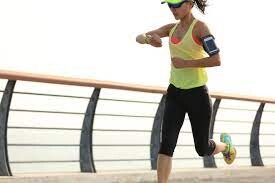
“The benefits of tempo workouts extend beyond physiological adaptations,” Norris says.”For many runners, pacing moderate intensities such as half-marathon or marathon pace requires practice. Tempo runs teach you how your race pace should feel.”
1.- 5K tempo
Begin with a 10-20 minute easy warm up run.
Run 20 minutes tempo at a one-hour race effort, followed by 3-4 minutes of easy recovery.
Run 4-6 x 1 minute at 3K-5K effort, with 1 minute recovery jog between repeats.
Cool down with 10 minutes of easy running.
2.- 10K tempo
Warm up with 10-20 minutes of easy running.
30-minute progressive tempo: first 25 minutes at 1-hour race effort, then 5 minutes at 30-40 minute race effort
Cool down with 10-20 minutes of easy running.
3.- Half-marathon tempo
Warm up with 10-20 minutes of easy running.
Run 15 minutes at half marathon pace followed by a 3-minute recovery jog.
Next, run 4 x 1.5 minute at 10K pace with a 1 minute recovery jog after each rep; take a 3 minute recovery jog, and finish things off with 15 minutes at half-marathon pace.
Cool down with 10-20 minutes of easy running.
4.- Marathon tempo
Warm up with 10-20 minutes of easy running.
Run 8-12 kilometers at marathon effort, on terrain similar to your race (hilly if training for a hilly marathon or flat if preparing for a flat course).
Cool down with 10-20 minutes of easy running.
Make sure to follow any hard workout or training session with a recovery day or a couple of days of very easy running.
(03/15/2024) ⚡AMPby Keeley Milne
Edna Kiplagat to fight for top honors at NYC Half Marathon
Double world marathon champion, Edna Kiplagat will lead a stellar team of deep elite women at the 18th edition of the New York City Half Marathon scheduled for Sunday (17) in New York City.
The 44 year-old who is the oldest athlete to grace this event, comes to this race with the second fastest time on paper of 1:07.52 that she got last year at the Houston Half Marathon.

Kiplagat who is also a four time world major marathon winner will have to get past the two-time U.S. Olympian and Boston Marathon winner Des Linden and Rio Olympics 1500m bronze medallist, Jenny Simpson.
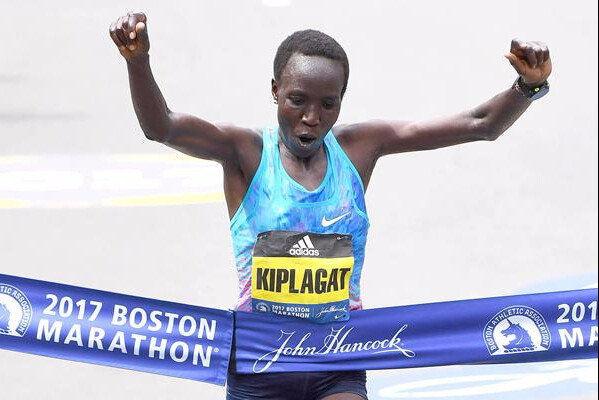
Other title contenders include former European 10,000m bronze medallist, Karoline Bjerkeli Grøvdal, who is also the fastest athlete on paper with a time of 1:07.34, world marathon bronze medallist, Fatima Gardadi, and Canadian marathon record holder Malindi Elmore.
The race organisers have assembled this strong team to target the race course record of 1:07.35 set eight years ago by Molly Huddle of United States.
LEADING TIME
21KM WOMEN
Karoline Grøvdal (NOR) 1:07.34
Edna Kiplagat (KEN) 1:07.52
Malindi Elmore (CAN) 1:10.11
Des Linden (USA) 1:10.34
Jenny Simpson (USA) 1:10.35
Fatima Gardadi (MOR)1:10.28
(03/15/2024) ⚡AMPby James Koech
The TEN Preview: Nico Young Debuts, Alicia Monson Chases AR, and Karissa Schweizer Returns
Saturday night’s races at The TEN in San Juan Capistrano, Calif., will play a significant role in determining who gets to represent the United States in the 10,000 meters at this summer’s Olympics in Paris. The 2024 Olympic auto standards are incredibly tough — only three Americans have ever run under the 27:00.00 men’s standard and only five Americans have hit the 30:40.00 women’s standard — and you can count the number of world-class track 10,000-meter races each year on one hand. That’s why Grant Fisher, Nico Young, Woody Kincaid, Joe Klecker, Abdihamid Nur, Alicia Monson, Karissa Schweizer, Emily Infeld, Weini Kelati, and many more will be heading to SoCal Saturday night.
Since its first edition in 2021, The TEN has become the place for Americans to run a fast 10,000. Fisher set the men’s American record here in 2022 while Monson set the women’s American record here in 2023 and will be looking to repeat the feat in 2024.
To watch the main events, you’ll have to stay up late — the top heat of the women’s 10,000 does not start until 11:58 p.m. ET with the men to follow at 12:35 a.m. ET. Before then, we’ll get appetizer with the men’s 1500 (10:05 p.m. ET), which features Olympic medalists Matthew Centrowitz and Evan Jager kicking off their 2024 seasons.
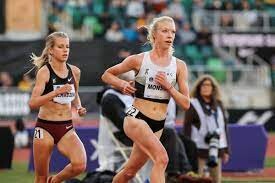
Matthew Centrowitz and Evan Jager have seen it all in running. They both graduated from high school in 2007 and made their first US teams as young guns — Jager as a 20-year-old in 2009, Centro at 21 in 2011. For much of the 2010s, they were among the very best in the world in their events, with Centro bringing home a gold medal from the 2016 Olympics and Jager a silver. Now Centro (34) and Jager (35) are the elder statesmen, trying to fend off a host of younger rivals and make one last Olympic team in Paris.
Both men will run their 2024 outdoor openers in the 1500 on Saturday (Centro did run a 3:59 indoor mile on January 27 while Jager ran the first 4k of a 5k in Boston on February 16 before dropping out). Which means it’s time for one of our favorite games: how fast (or slow) will Centro run?
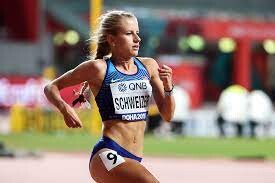
Throughout his career, Centrowitz has established himself as one of America’s greatest ever milers by delivering when it counts. He made every US team from 2011 through 2021 and won three outdoor medals as well as the 2016 World Indoor title. Yet in the latter years of his career, Centro thrown out some stinkers to begin his seasons before working his way into shape. In 2021, he opened with a 3:40 1500 on March 6 followed by a 1:50 800 on April 10 but ended the year running a 3:49 mile and making the Olympic team. Last year, he went to Australia and ran 1:56 for 800 on February 11 and 4:06 for the mile on February 23 but was running 3:36 for 1500 by May and eventually made the US final (though he only finished 10th).
So if Centro runs poorly here, it’s not cause for total panic. Heck, the fact that both he and Jager — who missed most of the 2023 campaign with a foot injury — are healthy enough to be racing is a promising sign. But the American 1500 scene is also more competitive than when Centro last made a team in 2021. Tactically, there is no better US racer than Centro, but he’s up against a group of young studs that includes three medalists from this year’s World Indoors (Yared Nuguse, Cole Hocker, Hobbs Kessler) and a trio of NCAA champions from the University of Washington (Luke Houser, Joe Waskom, Nathan Green). Nuguse is the oldest of that group at 24 — a full decade younger than Centro. Centrowitz is facing an uphill battle to make Olympic team #4 but if he can run 3:36 or 3:37 here and stay healthy for the next three months, he could still have a shot.
As far as the man most likely to win here, Sweden’s Samuel Pihlström ran 3:35 in February and just finished 8th at World Indoors.
Women’s 10,000 (11:58 p.m. ET): Alicia Monson tries to become the first US woman under 30:00 as Karissa Schweizer returns.
Unlike almost every other athlete in this meet, Alicia Monson already has the Olympic standard thanks to the 30:03 American record she ran here last year. So why is she back for another crack?
Monson laid it all out in an interview with LetsRun.com back in December:
Basically, it was just what can we do that would make me feel the most ready for the Olympics? And I feel like that’s running a sub-30:00 10k. I guess the plan would be to break the American record again, but really it’s how fast can I run to feel the most prepared? Because obviously I’m running against people who can run very fast and [I need to] be prepared to run at a pace that feels easy to them and then kick off of it.
Monson was still with the leaders at the bell at last year’s World Championships and her 5th-place finish was the best of her career in a global final. But she finished nearly four seconds out of the medals and the competition will be fierce in Paris. The last three global 10k champions — Sifan Hassan (29:06 pb), Letesenbet Gidey (29:01 pb), and Gudaf Tsegay (29:29 pb) — occupy three of the top four spots on the all-time 10,000m list. The slowest of them, Tsegay, still has a pb 34 seconds faster than Monson’s.
(03/15/2024) ⚡AMPby Jonathan Gault
The Ten
The world's fastest 10,000m races each year have taken place in a sleepy little coastal town in southern California. More national records were broken in 2022 than any other race on the planet as the best in the western hemisphere launched into rarified zones of time and space. The best return to San Juan Capistrano this year to cap off...
more...Canadian marathoner Trevor Hofbauer to miss Paris Olympics due to injury
2020 Canadian Olympic marathoner Trevor Hofbauer will not be aiming for the final spot on the Canadian men’s marathon team. The 32-year-old revealed in a social media post that he will not be taking one more shot to make the 2024 Olympic Team, after injuring his Achilles tendon in training.
“After a disappointing outcome in Valencia, I was left looking at the stars for answers,” Hofbauer said on Instagram. “I was so upset that a great opportunity slipped through my fingers, and it was a hard pill to swallow, but I’ve been using it as motivation this winter to work towards one more shot at making the 2024 Olympic Team.
“Again, I’m looking up to the stars for answers after injuring my Achilles a couple of weeks ago. I will not be racing this spring, and for the first time in a long time, I will cheer on Team Canada from the couch. Luck plays a big role in making teams, and I feel like luck did not go my way this time. Also, thank you @saucony for being in my corner through this time.”
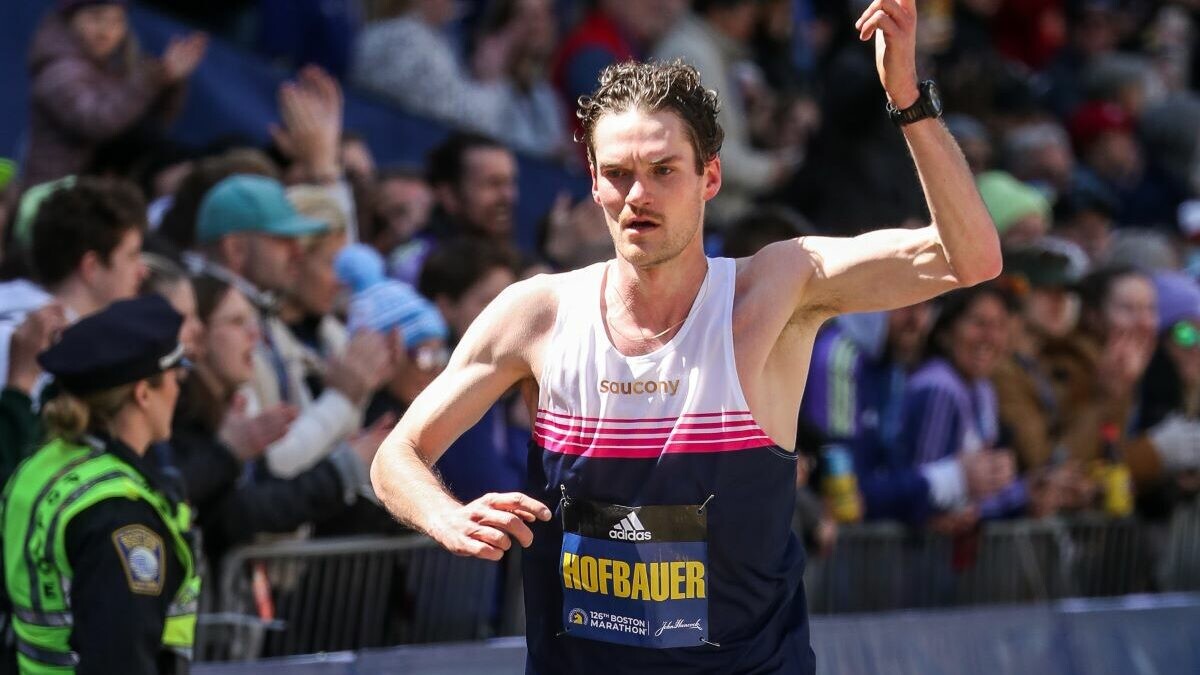
Hofbauer, a three-time Canadian marathon champion, represented Team Canada in the event at the 2020 Tokyo Olympics, where he placed 47th, in 2:19:57. He is only one of four Canadian men to run under the 2:10 mark for the marathon, and his personal best of 2:09:51 from the 2019 Toronto Waterfront Marathon stands as the sixth-fastest time in Canadian history.
The Burnaby, B.C., native gave qualifying for Paris a shot but came up well short of the men’s Olympic standard of 2:08:10 at the 2023 Valencia Marathon, finishing 175th overall, in 2:22:55—the slowest time of his career.
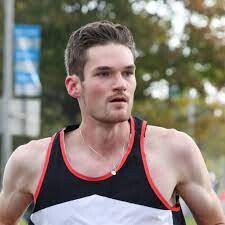
With the Olympic marathon window closing in less than 60 days, there are only two Canadian marathoners currently qualified for Paris (Cam Levins and Rory Linkletter). Ben Preisner, who also represented Canada in the marathon in 2021, is on the outside looking in—ranked 87th of 80 allotted spots. Preisner will likely need to run another marathon and hit the standard to move up in the rankings and punch his ticket to Paris.
Two other marathoners on the outside looking in are 2023 Canadian marathon champion Thomas Broatch and 2:10 marathoner Tristian Woodfine. Woodfine will be competing at the 2024 Boston Marathon, while Broatch eyes a late spring race after running 2:11 two months ago in Houston.
(03/14/2024) ⚡AMPby Marley Dickinson
Paris 2024 Olympic Games
For this historic event, the City of Light is thinking big! Visitors will be able to watch events at top sporting venues in Paris and the Paris region, as well as at emblematic monuments in the capital visited by several millions of tourists each year. The promise of exceptional moments to experience in an exceptional setting! A great way to...
more...Unlock your jet-plane speed potential with a simple mental trick
The secret to picking up the pace when you’re tired and nearing the end of a race might be as simple as using a language cue, according to a study by Dr. Jason Moran, a sport and exercise scientist from the University of Essex, as reported by the BBC.
“Run like a plane taking off”
Conducted at Tottenham Hotspur’s (soccer) youth academy, the study focused on 20 players aged 14 to 15 and explored the impact of different motivational directions during sprint training.
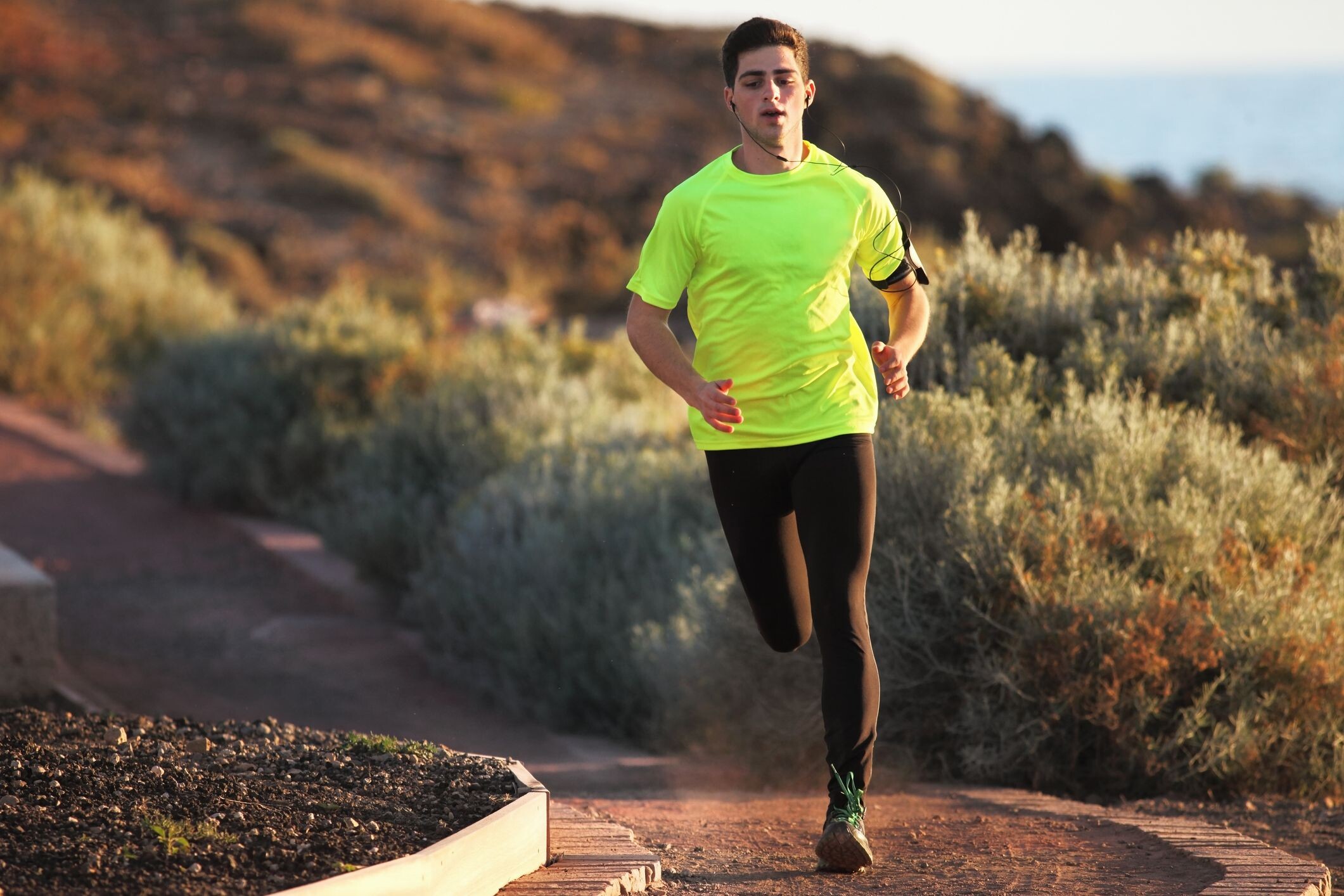
The surprising revelation was that positive analogies emphasizing the environment could boost performance by up to three per cent. Instead of instructing athletes to “extend your hips” or “drive your legs into the ground,” Moran recommended phrases like “run like a plane taking off” or “jump like the floor is lava.”
Moran’s insights suggest that directing attention away from the body toward the surroundings can enhance performance. “[When] they start to focus on their body, there’s a risk that you turn what should be an automatic process–something that’s done without thinking–into a non-automatic process,” explained Moran. He says that asking a player to “accelerate like a Ferrari” may create a more powerful mental cue for them, rather than simply telling them to run fast.”
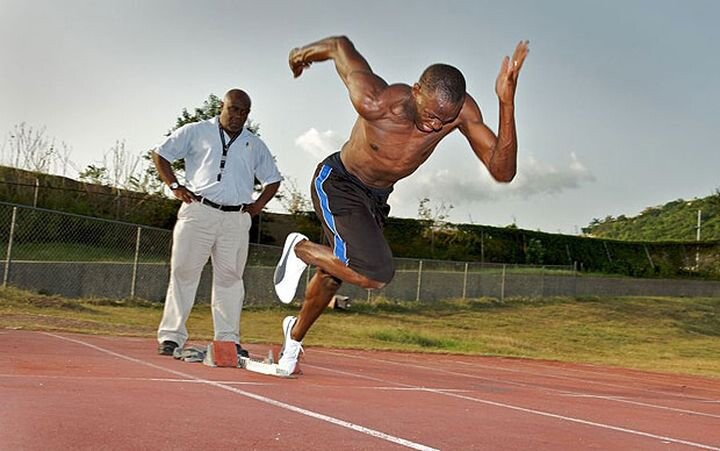
Emphasis on “running toward”
Interestingly, the study found that phrases like “sprint like you’re being chased up a hill” were less effective than encouraging players to run toward something. This shift in focus led to a remarkable three per cent improvement in sprinting speed over a 20-metre distance. “The words we speak to athletes have a demonstrable and instant effect on their performance,” Moran told ScienceDaily.
While three per cent may seem small, Moran emphasized its significance, because the improvement was “instantaneous.” The study, published in the Journal of Sports Scientists, is a promising glimpse into the potential power of motivational analogies. However, with such a small sample size, further research is needed to validate the effectiveness of these phrases across diverse athlete populations.
(03/14/2024) ⚡AMPby Keeley Milne
Ferdinand Omanyala's track rival hoping to bounce back as he eyes Olympic title
Ferdinand Omanyala's Italian track rival hopes to make a grand return this season as he gears up to defend his Olympic title in Paris, France.
Ferdinand Omanyala’s track rival Marcel Jacobs had a poor run last season due to a bout of injuries but the Italian hopes to make a strong comeback this season.

Jacobs, the reigning Olympic champion made a few changes at the end of last season where he parted ways with his coach Paolo Camossi who guided him to the 100m title at the delayed 2020 Olympic Games.
At the time, Jacobs had yet to decide on his new coach but noted that he would be leaving Rome where he had been based. Last season, he competed in four 100m races and failed to clock a sub-10 in all four and also failed to win any of the 100m races.
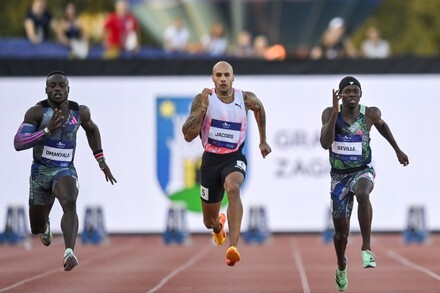
His final race last season was the Memorial Borisa Hanžekovića in Croatia where he finished third and he hopes to bounce back this season as he gears up to defend his Olympic title.
The Italian has also skipped the indoor tour this season, a move that is unlike him since he is usually a frequent competitor during the indoor races.
As per World Athletics, Jacobs will head straight to the outdoor season where he intends to open his season at the Ostrava Golden Spike for the first time as he works towards the European Championships on home soil.
As per World Athletics, Jacobs will head straight to the outdoor season where he intends to open his season at the Ostrava Golden Spike for the first time as he works towards the European Championships on home soil.
(03/14/2024) ⚡AMPby Abigael Wuafula
Paris 2024 Olympic Games
For this historic event, the City of Light is thinking big! Visitors will be able to watch events at top sporting venues in Paris and the Paris region, as well as at emblematic monuments in the capital visited by several millions of tourists each year. The promise of exceptional moments to experience in an exceptional setting! A great way to...
more...Cheptegei and Kejelcha will seek the 10k World Record in Laredo
One more year, the Laredo 10k will once again bring together some of the fastest distance runners in the world looking to continue flying. The circuit of this Cantabrian town is among the flattest on the planet, a true 'oasis' for participating athletes to seek to beat their records.
In this 2024 edition, which will be held on March 16, the holder of the World Record of 5,000 and 10,000 meters will participate, it will be the main attraction for the race that will be held this coming Saturday.
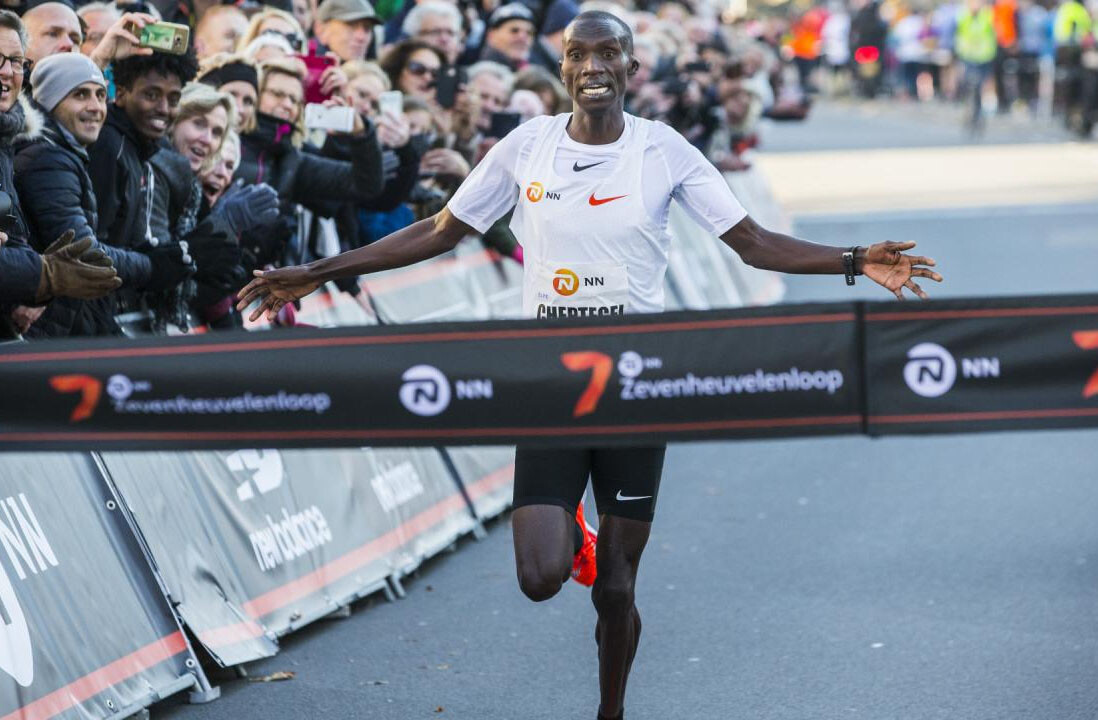
The town usually goes all out with the race and creates a spectacular atmosphere to carry the runners along. Joshua Cheptegei, who has a personal best of 26:38 (Ugandan National Record), will have to deal with another 'beast' of the track and asphalt like Yomif Kejelcha, with a mark of 12.41 in 5,000 and 26.49 in 10,000. The Ethiopian has a very good time to beat his 10k PB, which is from 2013 (28:13). But he will not be satisfied with that alone and will try to battle Joshua for victory.
Klosterhalfen, in females
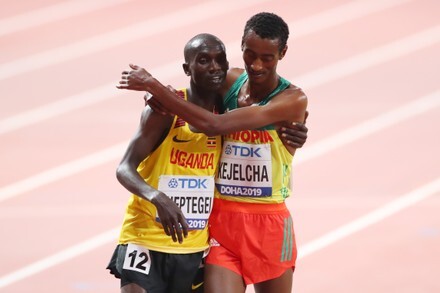
Former athlete Juan Carlos Higuero has reported that in the women's race there will be another reference from the world background such as the German Konstance Klosterhalfen. She has 31:01 in the 10,000 (German National Record) and 32:24 in the 10k. She also has a National Record in the 5,000.
(03/14/2024) ⚡AMPLaredo 10 km
One of the most anticipated races. The organization ensures that the circuit is possibly the fastest in the world. And it's not a bravado. The marks and comments of those who have run the prestigious 10k race in Ruta Villa de Laredo confirm it. But the organizers want to go further and not give rise to doubts....
more...Pamela Rotich headlines Los Angeles Marathon
Kenya’s Pamela Rotich will be the lady to watch at the 39th edition of the Los Angeles Marathon slated for Sunday (17) in Los Angeles, California, U.S.
Rotich who is the oldest and fastest athlete on the entry list, comes to this race with a life time best of 2:22.43 that she got two years ago at Daegu International Marathon, where she took the silver medal.
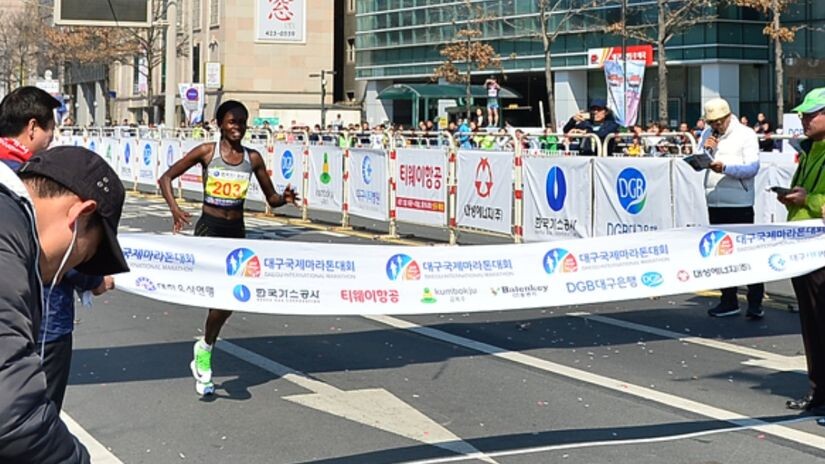
The 40 year-old will not have an easy time as she will face-off with Olga Mazuronak of Belarus who is the second fastest athlete on paper with a time of 2:23.54 that she got at the 2016 London Marathon where she finished in fourth place and the former Commonwealth Games 10,000m silver medallist, Stacy Ndiwa of Kenya who holds a personal best of 2:31.00 that she got last year at the Chicago Marathon.
Another title contender is Olympian Silvia Paredes from Ecuador of personal best 2:40.58 and the 2015 Pan American Games marathon bronze medalist, Rachel Hannah from Canada who holds a personal best of 2:32.09 that she got at the 2016 Houston Marathon, where she finished in sixth place.
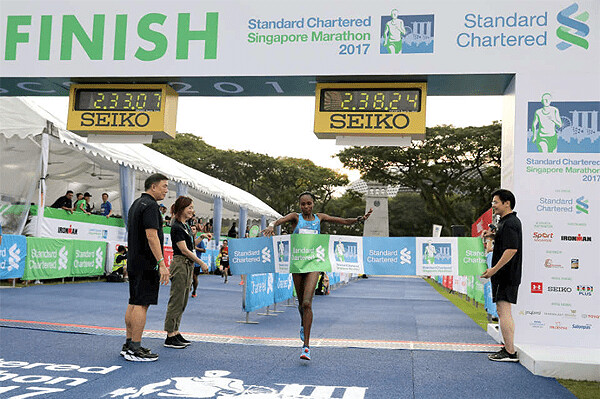
LEADING TIME
42KM WOMEN
Pamela Rotich (KEN) 2:22.43
Olga Mazuronak (BEL) 2:23.54
Stacy Ndiwa (KEN) 2:31.00
Rachel Hannah (CAN) 2:32.09
Silvia Paredes (CAN) 2:40.58
(03/13/2024) ⚡AMPby John Vaselyne
Los Angeles Marathon
The LA Marathon is an annual running event held each spring in Los Angeles, Calif. The 26.219 mile (42.195 km) footrace, inspired by the success of the 1984 Summer Olympic Games, has been contested every year since 1986. While there are no qualifying standards to participate in the Skechers Performnce LA Marathon, runners wishing to receive an official time must...
more...The 31st edition of the KATA Monthly time Trial produced many world class performances today in Thika Kenya
It was a big day at KATA as we concluded the March time trial March 13 outside KATA in Thika Kenya. Fredrick kiprotich won the 5 km race in 15:36 followed closely by Charles ndirangu who posted 15:45. Collins maina finished 5th in time of 17:14 lowering his personal best by more than 30 seconds. Likewise Jeremiah obura who finished 7th also posted a personal best of 17:22.
Peter mwaniki took the victory in the Men's 10km race clocking 29:07. Raphael karita was indeed impressive in second place posting a personal best of 29:09 lowering his previous time by 11 seconds. Peter mburu finished 3rd and also posted a personal best of 29:17. Anthony Mukundi who finished 8th in a time of 31:01 also lowered his previous time by 28 seconds. But the day really belongs to Kelvin ragui who finished in 10th place in the time of 31:17 improving his personal best by more than two minutes.
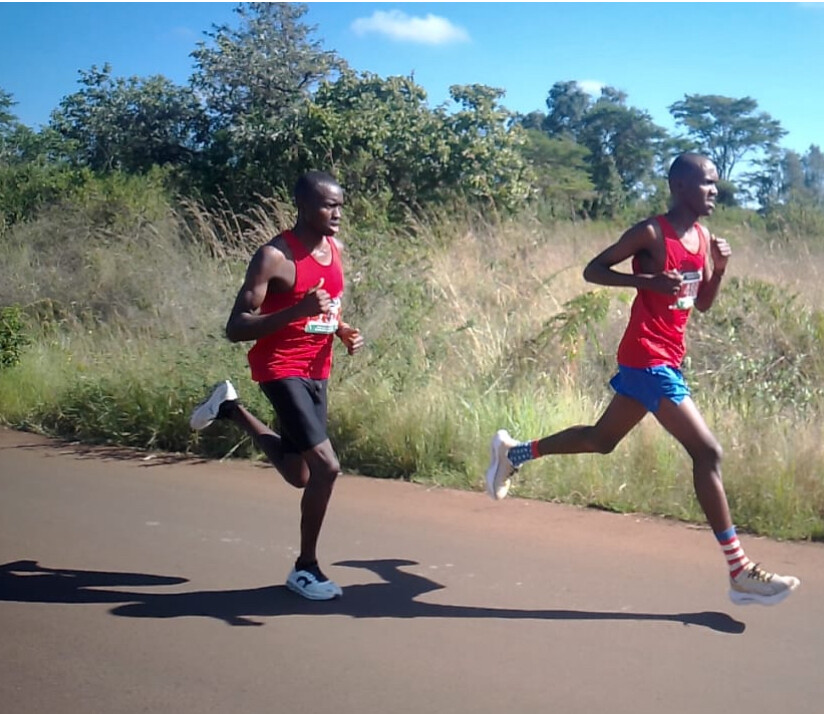
64-year-old Charles ndirangu ran an impressive 38:17 10k. This is a 90.38% age-grade score (International class). Charles has been training with KATA since it was open.
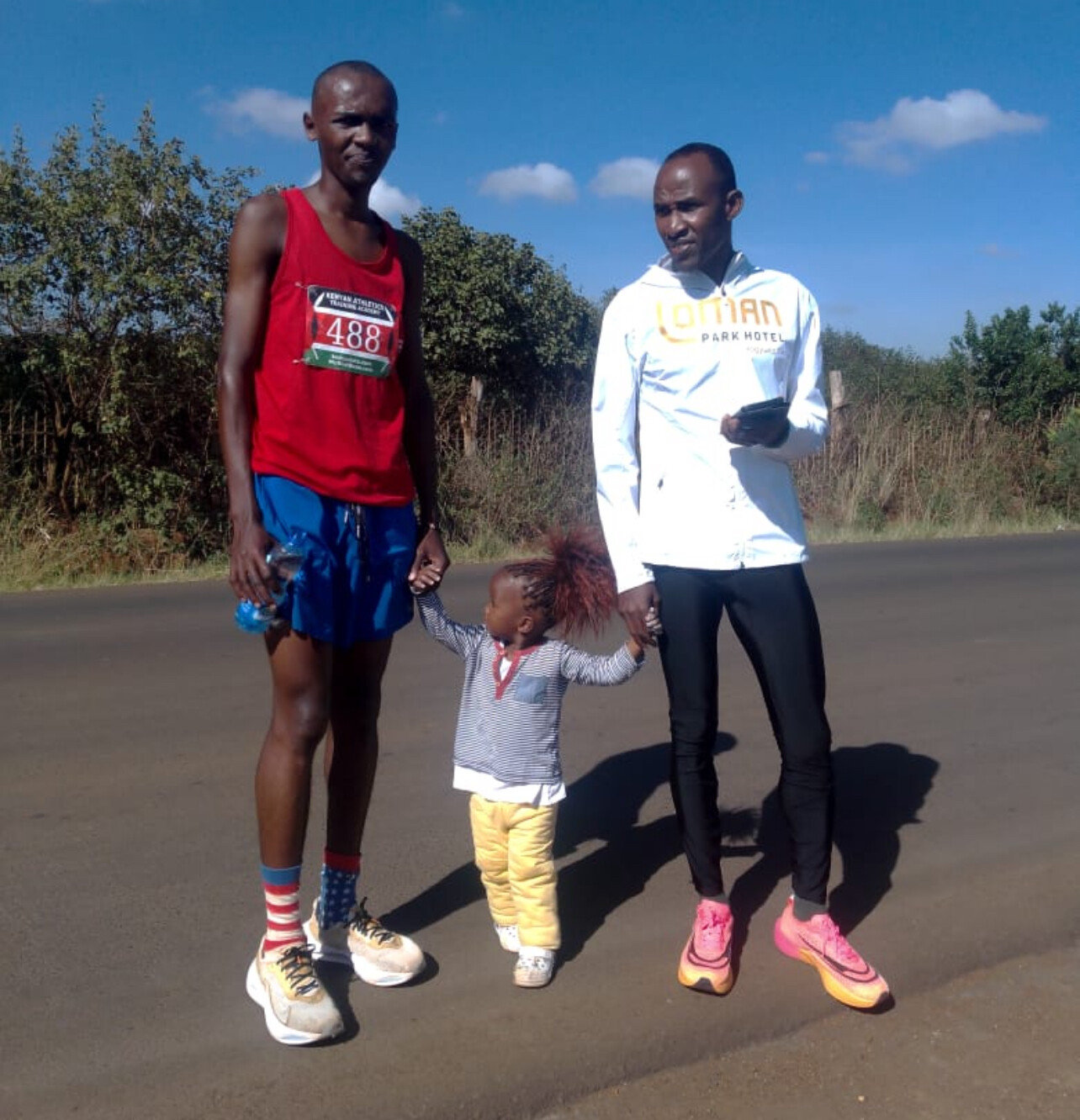
The next KATA monthly Time Trial is set for April 17, 2024.
MEN 5k
1 Fredrick kiprotich 23 146 15:36
2 Charles ndirangu 23 415 15:45
3 Amos chirchir 24 250 15:51
4 Fred kamande 24 159 15:52
5 Collins maina 20 253 17:14
6 lewis mwangi 17 158 17:18
7 Jeremiah obura 19 417 17:22
8 peter Mukundi 24 435 17:25
9 Ismael mburu 23 133 17:29
10 Dennis mondo 20 143 18:41
11 Alex kamau 21 414 22:21
12 Isaak waweru 22 202 24:12
WOMEN 5k
1 Lois wambui 23 164 17:40
MEN 10k
1 peter mwaniki 26 490 29:07
2 Raphael karita 24 416 29:09
3 peter mburu 27 249 29:17
4 Zachary kirika 22 152 30:01
5 Job kamande 23 488 30:05
6 peter ndungu 24 162 30:54
7 John kuria 27 191 30:55
8 Anthony Mukundi 35 444 31:01
9 Levis kuria 23 418 31:07
10 Kelvin ragui 21 198 31:17
11 Charles ndirangu 64 251 38:17
WOMEN 10k
1 Kellen waithera 36 130 34:48
2 Susan njuu 36 160 37:14
KATA time trials for our sprint and middle distance runners held at the track in Thika.
5000m women.
Jecinta mwende :16:58
Virginia wanjiru. :17:10
1500m women.
Caren jepkemoi 4:40
Lilian musenya. 4:44
Gladys ngure. 4:38
400m men.
Felix kipngetich. 50:26
400m women
Emma wavinya. 56:20
100m men
Alvin mise. 10:94
Festus waita 10:98
Brian oyugi. 10:96
Philip kinyanjui. 12:01
100m women.
Shelmith rono. 12:44
200m men
Alvin mise. 22:20
Festus waita. 22:59
Brian oyugi. 23:57
Philip kinyanjui. 25:92
200m women
Shelmith rono. 26:70
(03/13/2024) ⚡AMP
by KATA Coach John
Leonard Korir running Lisbon Half and Rotterdam Marathon to improve olympic chances
Leonard Korir, who finished 3rd at the US Olympic Marathon Trials on February 3, will run the EDP Lisbon Half Marathon on Sunday in Portugal in an attempt to improve his world ranking and gain Olympic selection. His coach Scott Simmons also told LetsRun.com that Korir will run the Rotterdam Marathon on April 14. If Simmons runs the 2:08:10 Olympic standard in that race, he will clinch a spot in the Olympic marathon in Paris.
Simmons said Korir has recovered well from the Trials, where he ran 2:09:57 in Orlando. Rotterdam comes 10 weeks after the Trials.
“If you’re 100% prepared for the marathon, then you recover well,” Simmons said. “If you’re not prepared, even if you run well, then it takes a bit of time to come back. It was within two weeks and he was back to doing workouts.”

The question of whether USATF would allow Korir to run a spring marathon to chase the Olympic standard had been a matter of confusion both before and after the Trials. In a January 13 Zoom call ahead of the Trials (skip to 1:04:40 mark), USATF director of long distance running programs Amy Begley said that anyone who finished in the top 3 at the Trials would not be able to run a spring marathon.
“[The USATF Long Distance Running committees] decided that they wanted to send the best team to the Olympics and so they did not want anyone that was in the top three to go and try to run another marathon between the Trials and the Olympics to try to better their time to ‘chase the standard,'” Begley said in the call.

Then, two days before the Trials, USATF sent an email to competitors saying that an athlete would not be removed from the Olympic team for competing in a spring marathon as long as they had “met the qualification standards or have achieved the performance standard by the conclusion of the Trials.” The email was an attempt to clarify the situation but still left some athletes and coaches confused.
The selection procedure posted on USATF’s website states the following:
Please note, finishers at the Selection Event will not be permitted to “chase” the time qualifying standard following the Selection Event if they have not already met the Qualified Athlete standards or have achieved at least a 2:29:30 (women)/2:11:30 (men) performance during the Qualification Period as of the conclusion of the Selection Event.
But Korir had run under 2:11:30 by the end of the Trials, and there was nothing in the published selection procedure that prohibited him from chasing the time — despite what had been said on the Zoom call. In 2019, Simmons successfully appealed against USATF when the organization did not follow its published selection procedure for that year’s Pan American Games. He knew that the published selection procedure was what mattered, and that Korir would be allowed to chase the Olympic standard if he wanted — something Begley confirmed to Simmons after the Trials.
“It’s a matter of them not understanding their own selection procedures,” Simmons said. “At that point, by the end of the Trials, it was a contract that they couldn’t back out of, even if they wanted to.”
There are 17 weeks between Rotterdam on April 14 and the Olympic marathon on August 10, which Simmons believes is plenty of time to recover for the Games — indeed, it is common for athletes to run a spring marathon before the Olympics. The bigger challenge for Korir will be the cumulative fatigue of the Trials and Rotterdam — the Olympics would be his third marathon in seven months.
Looking to Lisbon: “For him to change his standing, it’s going to take a really good half marathon, a really remarkable half marathon”
Because Korir does not currently have the standard, Olympic status is currently in limbo. In order to be selected for the Games, he, or a third American besides Young or Mantz, needs to be in the top 80 of the Road to Paris list when the qualification period ends on May 5. Currently, Korir is the highest ranked American on the list in 71st*, though the list does not include universality spots that have yet to be awarded.
With only a few major spring marathons still to come, it is looking more and more likely that Korir will be at the Olympics. For Korir to be left out, 10 men would need to pass him in the next two months.
“As far as Paris, it’s looking really good for him,” Simmons said.
Still, Korir can increase his odds by moving up the Road to Paris list. And he can do that by running a fast half marathon.
(03/13/2024) ⚡AMPby Jonathan Gault
EDP HALF MARATHON OF LISBON
EDP Lisbon Half Marathonis an annual internationalhalf marathoncompetition which is contested every March inLisbon,Portugal. It carries World Athletics Gold Label Road Racestatus. The men's course record of 57:31 was set byJacob Kiplimoin 2021, which was the world record at the time. Kenyanrunners have been very successful in the competition, accounting for over half of the total winners, withTegla Loroupetaking the...
more...Eritrean duo might eye two records at once in Vienna
Eritrean duo Nazret Weldu and Dolshi Tesfu head the current women’s start list of the Vienna City Marathon on 21st April, race organizers have announced.
Weldu and Tesfu, who are by some distance the fastest Eritrean women marathon runners in history, may be challenged by Kenyans Shyline Toroitich and Rebecca Tanui. There are hopes that the 41st edition of Austria’s major road race will see an attempt to break the course record, which currently stands at 2:20:59.
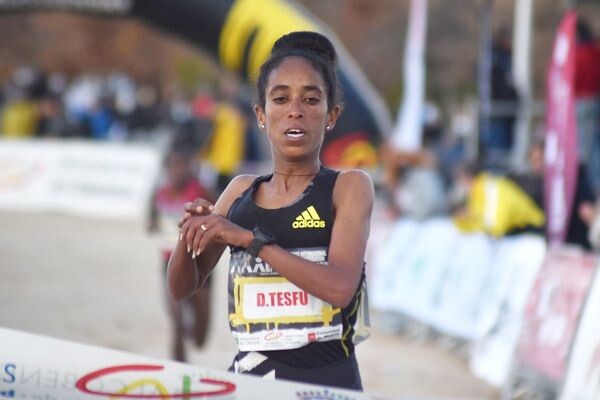
Including races at shorter distances, the organizers of the Vienna City Marathon expect to register over 40,000 entries for the 41st edition. Around 10,000 of them will be marathon runners. The Vienna City Marathon is a World Athletics Elite Label Road Race.
It took 19 years until the women’s course record of Italy’s late Maura Viceconte was finally broken in the Austrian capital in 2019. Kenya’s Nancy Kiprop improved the mark to 2:22:12. However Kiprop’s time lasted much shorter than Viceconte’s. In 2022 fellow-Kenyan Vibian Chepkirui clocked 2:20:59.
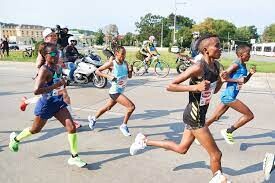
Nazret Weldu and Dolshi Tesfu have both already run faster than Vienna’s course record: 34 year-old Weldu clocked a national record of 2:20:29 when she took a very strong fourth place in the World Championships’ Marathon in Eugene in 2022. She won the Daegu Marathon in South Korea with 2:21:56 in the same year and then placed sixth in Boston in 2023 with 2:23:25. Competing in a hot World Championships’ race in Budapest last summer Weldu finished eighth with 2:27:23. Despite this series of strong performances Nazret Weldu still has not achieved the Olympic qualifying standard for Paris. She will want to make sure in Vienna that she runs fast enough to get into the Olympic race.
Dolshi Tesfu features a personal best of 2:20:40. The 24 year-old, who is just 1.56 m tall and weighs just 42 kg, ran this time in her debut marathon when she finished ninth in Valencia in 2022. During the race Dolshi Tesfu ran the first half in 68:53, which is by far the fastest half marathon time ever run by an Eritrean woman. Dolshi Tesfu then showed fine performances in her two marathons in 2023 as well: First she was runner-up in Rotterdam with 2:21:35 and then she finished 10th in a hot World Championships’ marathon in Budapest in August. She is already qualified for the Olympic marathon.
When Weldu and Tesfu will come to Vienna for the first time they could attack two records in one go: While the course record stands at 2:20:59 for the two athletes the national record of 2:20:29 would probably be even more significant.
There is an athlete on the start list with a sub 2:20 PB, but at the age of 43 Helalia Johannes is not expected to challenge for victory. The Namibian ran 2:19:52 in 2020 and holds the masters world record since then.
Two Kenyan women could be the main challengers for Weldu and Tesfu: Shyline Toroitich and Rebecca Tanui both know how to win a city marathon. Toroitich took the Enschde Marathon last year with a personal best of 2:22:45 while Tanui was the winner of the San Sebastian Marathon in 2022 with a PB of 2:23:09 and then also won in Venice last autumn. Tanui will have the advantage of knowing the course of the Vienna City Marathon since she was fourth here last year with 2:26:34 in warm weather conditions.
For Andrea Ramirez Limon the Vienna City Marathon presents the last chance to achieve qualification for the Olympic Games’ marathon this summer. The Mexican has a personal best of 2:26:34. However she ran this back in 2020, so it does not count as an Olympic qualifier for Paris. While the qualifying time is 2:26:50, Andrea Ramirez Limon would need a faster time to succeed since the Olympic race will have a limit of 80 starters.
Austria’s record holder Julia Mayer has achieved qualification since she was among the 64 pre-qualified athletes at the end of January with her PB of 2:26:43. She will be among a group of runners who target the Olympic qualifying standard.
(03/13/2024) ⚡AMPby AIMS
Vienna City Marathon
More than 41,000 runners from over 110 nations take part in the Vienna City Marathon, cheered on by hundreds of thousands of spectators. From the start at UN City to the magnificent finish on the Heldenplatz, the excitement will never miss a beat. In recent years the Vienna City Marathon has succeeded in creating a unique position as a marathon...
more...Brigid Kosgei fine tuning for London Marathon at Lisbon Half Marathon
Former world marathon record holder Brigid Kosgei will be keen to gauge her form at the Lisbon Half Marathon ahead of her return to the London Marathon.
Former world marathon record holder Brigid Kosgei is the star attraction for the Lisbon Half Marathon, where she intends to have a great build-up for the London Marathon.
The 30-year-old will use the 21km race scheduled for Sunday, March 17 to gauge form and pace for the marathon that takes place in the capital city of England.
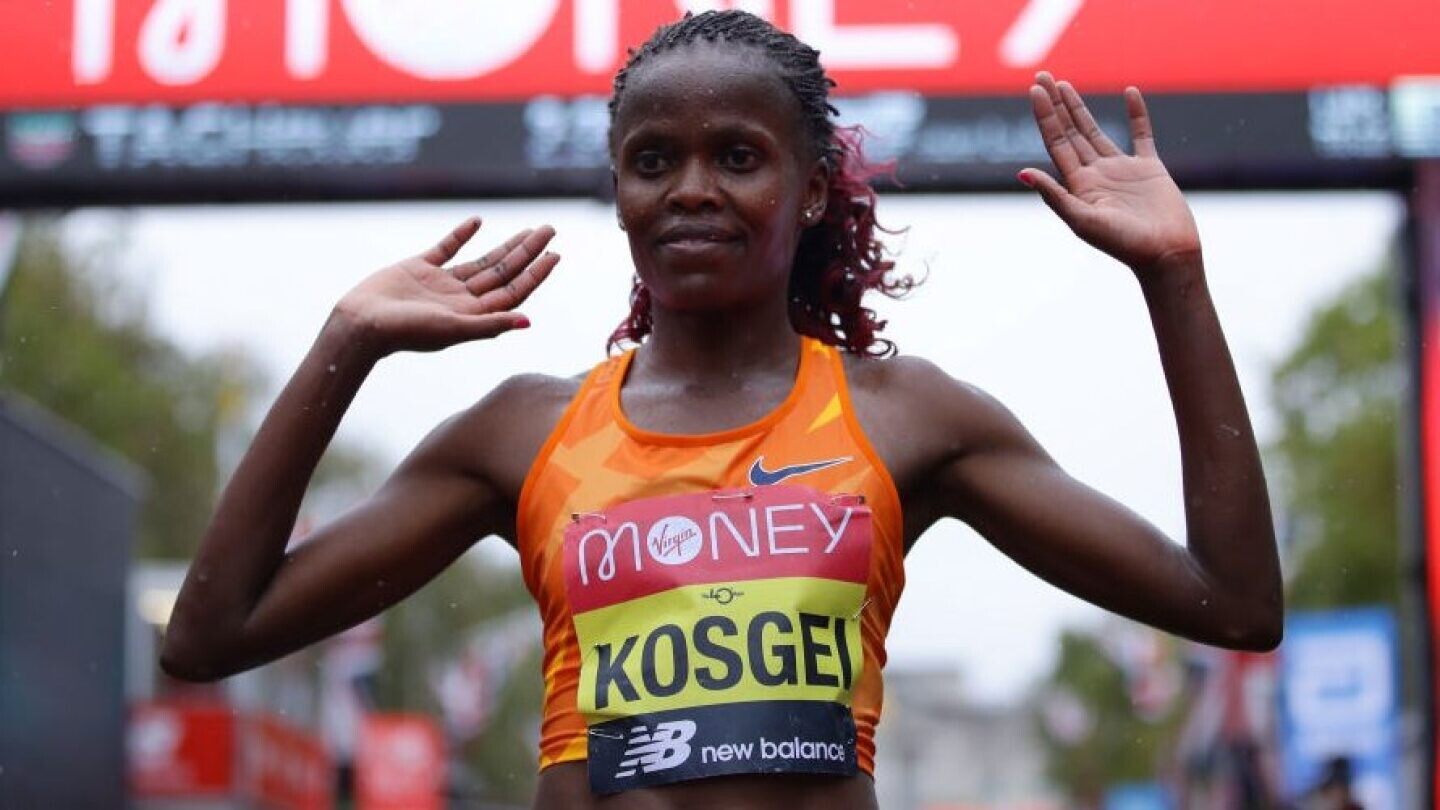
In addition to Kosgei, there will be other big names in the ladies' elite in Lisbon, with six more women with personal bests under 68 minutes.
Bosena Mulatie (65.46), Tigist Menigstu (66.20), and Betty Chepkemoi Kibet (66.37) will be hoping to stop Kosgei who suffered an injury last season and was forced to withdraw from the London Marathon.
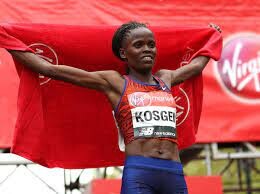
Pauline Esikon (67.15), Vivian Melly (67.35) and Zewditu Aderaw Gelaw (67.25) are the other highlights beyond Kosgei.
The men’s field has attracted 10 athletes with the best marks under the hour. Abraham Kiptum will be returning and he is the biggest highlight, with a personal best of 59.09.
He will face a stern test from Ethiopians Solomon Berihu (59.17) and Dinkalem Ayele (59.30), but also compatriots Brian Kwemoi and Bravin Kipkogei Kiptoo (both with 59.37).
Meanwhile, several European athletes like the Norwegian Sondre Nordstad Moen (59.48), the Germans Amanal Petros (60.09) and Hendrik Pfeiffer (62.05), the Irish Stephen Scullion (61.08), Hélio Gomes and Rui Pinto have also confirmed participation. Brazilian Daniel do Nascimento, with a personal record of 61.03, will also be present, in what is his first race with Nike.
(03/13/2024) ⚡AMPby Abigael Wuafula
EDP HALF MARATHON OF LISBON
EDP Lisbon Half Marathonis an annual internationalhalf marathoncompetition which is contested every March inLisbon,Portugal. It carries World Athletics Gold Label Road Racestatus. The men's course record of 57:31 was set byJacob Kiplimoin 2021, which was the world record at the time. Kenyanrunners have been very successful in the competition, accounting for over half of the total winners, withTegla Loroupetaking the...
more...Confirmed! When serial track rivals Josh Kerr and Jakob Ingebrigtsen will face off
The date when a showdown between 1500m Olympic champion Jakob Ingebrigtsen and 2023 1500m world champion Josh Kerr has been confirmed.
Serial track rivals Josh Kerr and Jakob Ingebrigtsen have both been confirmed as headliners for the Bowerman Mile at the Prefontaine Classic, the fourth leg of the Diamond League Meeting series happening in Eugene, USA on May 25.
The duo has been known to attack each other with the two-time World 5000m champion from Norway also attacking the Scot most of the time.
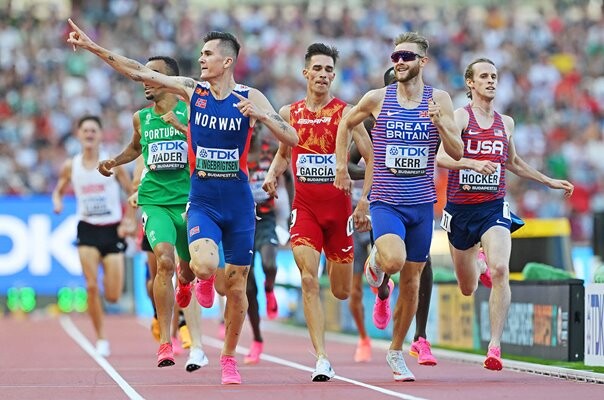
The Norwegian, from time to time has been on record, trash-talking his rivals including Kerr and he once referred to him as the guy next door.
In his recent interview Speaking to the UK Times, Ingebrigtsen noted that he believes his competitors are irrelevant and very inconsistent when it comes to the sport.
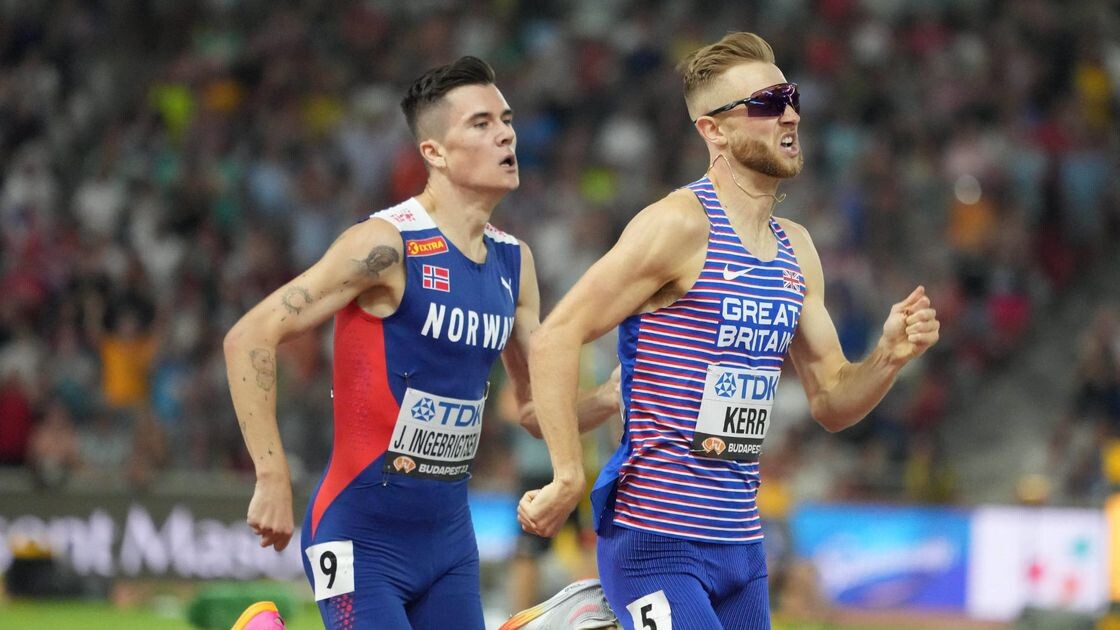
“I’m going to say my competitors are irrelevant in the way I see them all the same. One of the main issues is they are very inconsistent and that means my rivals are always changing.
“From 2017 I have had ten to 12 different rivals. It’s easier for them to have a rival in me but not as easy for me to have a rival in them,” Ingebrigtsen said.
After the Scot broke the two-mile indoor world record, the World 1500m silver medallist also made fun of him and noted that he would have beaten him blindfolded.
“I would have beaten him in that race, blindfolded… But it’s good that people run better than they have done before,” Ingebrigtsen said.
The duo now clashes at the Prefontaine Classic and Kerr will be debuting at the event. U.S. indoor and outdoor mile record holder Yared Nuguse will also be in the mix.
In last year’s race, Ingebrigtsen battled to the finish line with Nuguse with the Norwegian star winning in 3:43.73. Nuguse took nearly three full seconds off Alan Webb’s American record with a 3:43.97.
(03/12/2024) ⚡AMPby Abigael Wuafula
Rob Gronkowski named grand marshal for 2024 Boston Marathon
New England Patriots great Rob Gronkowski has been named grand marshal for the 2024 Boston Marathon, the Boston Athletic Association announced Tuesday.
Gronkowski will also receive the 2024 Patriots' Award, presented to a person or organization who is "patriotic, philanthropic, and inspirational, and fosters goodwill and sponsorship." In addition to his athletic achievements, Gronkowski founded the Gronk Nation Youth Foundation, which donated the funds to build Gronk Playground on the Charles River Esplanade.

"Giving back has always been a priority in my life," Gronkowski said in a statement. "When I first got to New England, Mr. Kraft and the Patriots Foundation ingrained in the team the importance of giving back to the community that gives back to us. And this community has supported me throughout my entire career. Now it's time for me to give back to help set others up for their own journey, especially the youth. This is why the Gronk Playground project is close to my heart. My family and I are honored to be able to give kids an awesome new space to play in the city.”
“We are honored to have Rob Gronkowski as part of our Boston Athletic Association's long-standing traditions and celebrations this year. The work that he has done and continues to do for the Boston Community exemplifies what we look to recognize with our Patriots’ Award," B.A.A. Director of Development Nicole Juri said in a statement. “Having him also serve as Grand Marshal on race day will bring a lot of added joy and excitement for the thousands of spectators who will be lining the streets from Hopkinton to Boston.”

Gronkowski will be honored at the B.A.A. Gives Back Celebration on April 13. In his role as grand marshal, he will be driven along the marathon course from Hopkinton to Boston, delivering the tropy to the finish line ahead of the athletes on race day on April 15.
Past recipients of the Patriots' Award include Robert and Myra Kraft and the New England Patriots, Red Auerbach and hte Red Auerbach Youth Foundation, the Boston Red Sox Foundation, Rick and Dick Hoyt, Joan Benoit Samuelson, David Ortiz, Tim Wakefield, Tedi Bruschi, Adrianne Haslet, Marty Walsh.
(03/12/2024) ⚡AMPBoston Marathon
Among the nation’s oldest athletic clubs, the B.A.A. was established in 1887, and, in 1896, more than half of the U.S. Olympic Team at the first modern games was composed of B.A.A. club members. The Olympic Games provided the inspiration for the first Boston Marathon, which culminated the B.A.A. Games on April 19, 1897. John J. McDermott emerged from a...
more...I want a medal in Paris, warning shots fired at Sha'Carri Richardson ahead of Olympics
Another sprinter has expressed her desire to bag a medal in the 100m and 200m at the Olympic Games, firing warning shots at Sha'Carri Richardson and her track rivals.
Julien Alfred has joined the cable of female sprinters who also want a share of the Paris 2024 Olympic cake.
Alfred, a young athlete from St Lucia, wants to make a name for herself and she also wants the world to know that her nation can produce great sprinters.
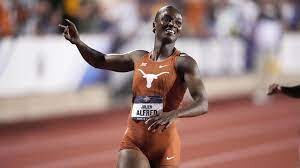
The 22-year-old has expressed her desire to win a medal at the Olympic Games, something she believes would make a great difference in her career and life.
Speaking to World Athletics, Alfred said: “I don’t really pay attention to the media but I do have a lot of supporters back home who give messages to my family and they transfer to me. I definitely want a medal in Paris – a gold, silver or bronze in the 100m and 200m.”

The path to an achievement like that is, however, filled with hard work and tedious, painstaking repetition. In addition to her start, Alfred has been focusing on improving her strength and technique.
Last year, Alfred set collegiate records to win the NCAA indoor 60m title in 6.94 and the 200m in 22.01, both times putting her second on the world all-time lists.
With another dominant sprint double at the outdoor NCAA Championships last June, she won the 100m in 10.72 and 200m in 21.73, closing out a magnificent collegiate career, then signed a professional deal with Puma.
Her goal at last year’s World Championships in Budapest, Hungary was to win a medal, but she did not achieve her targets, finishing fifth in the 100m and fourth in the 200m.
She started training alongside Britain’s Dina Asher-Smith late last year and also admitted that it has been a great step for her. “It’s competitive, which makes it fun. Iron sharpens iron,” she said.
(03/12/2024) ⚡AMPby Abigael Wuafula
Paris 2024 Olympic Games
For this historic event, the City of Light is thinking big! Visitors will be able to watch events at top sporting venues in Paris and the Paris region, as well as at emblematic monuments in the capital visited by several millions of tourists each year. The promise of exceptional moments to experience in an exceptional setting! A great way to...
more...Kenya's Winnie Jemutai issued with three-year ban for doping offence
Winnie Jemutai is the latest Kenyan athlete to join the list of shame after being provisionally suspended by the AIU for the Presence/Use of Prohibited Substance (Testosterone).
The Athletics Integrity Unit (AIU) has banned Kenyan middle-distance runner Winnie Jemutai Boinett for three years due to the presence and use of a prohibited substance, testosterone.
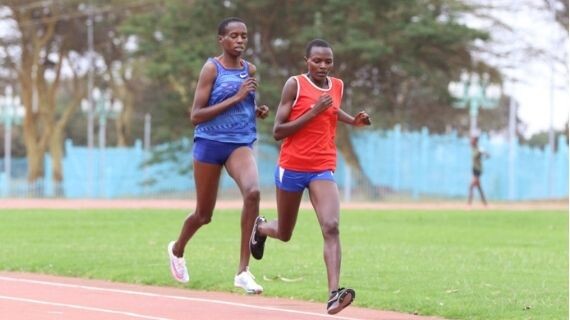
This decision follows the disqualification of Boinett's results since November 12, 2023 when she was provisionally suspended.
Boinett's suspension comes after a urine sample she provided in-competition at the XLI Cross Internacional de Italica in Seville, Spain, on November 12, 2023, tested positive for testosterone, a substance banned under the World Anti-Doping Agency's (WADA) prohibited list.
Following the initial findings, Boinett admitted to the anti-doping rule violations and accepted the consequences, including the forfeiture of any medals, titles, points, prize money, and other prizes won since the date of the provisional suspension.
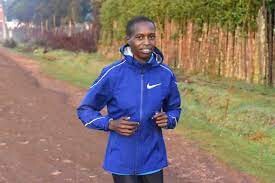
In a letter to the AIU dated March 5, 2024, Boinett stated, "I had injury. I went to different hospitals for treatment, I don't have exact documents showing exact medications that I went through I honestly accept that I break the anti-doping rules and am ready to face the consequences thank you."
This early admission and acceptance of sanction led to a one-year reduction in the originally asserted period of ineligibility, pursuant to Rule 10.8.1, based on Boinett's cooperation and acknowledgment of the violations.
Furthermore, the World Anti-Doping Agency (WADA) and the Anti-Doping Agency of Kenya (ADAK) have been granted the right to appeal against this decision to the Court of Arbitration for Sport in Lausanne, Switzerland, should they find grounds to do so.
This provision ensures that all parties involved have a fair opportunity to present their case and seek justice through the appropriate legal channels.
(03/12/2024) ⚡AMPby Festus Chuma
Why Benson Kipruto is Kenya’s best bet for marathon gold at Paris 2024 Olympics
Pulse Sports details the reasons that make 2024 Tokyo Marathon champion Benson Kiptruto Kenya’s best bet for marathon gold at the Paris Olympics.
Tokyo Marathon champion Benson Kipruto appears to be the early favorite to win Kenya gold at the Paris Olympics given his recent form.
Kipruto is still basking in the glory of his win in Tokyo last week when he clocked 2:02:16 to break the course record ahead of countrymen Timothy Kiplagat (2:02:55) and Vincent Ngetich (2:04:18).
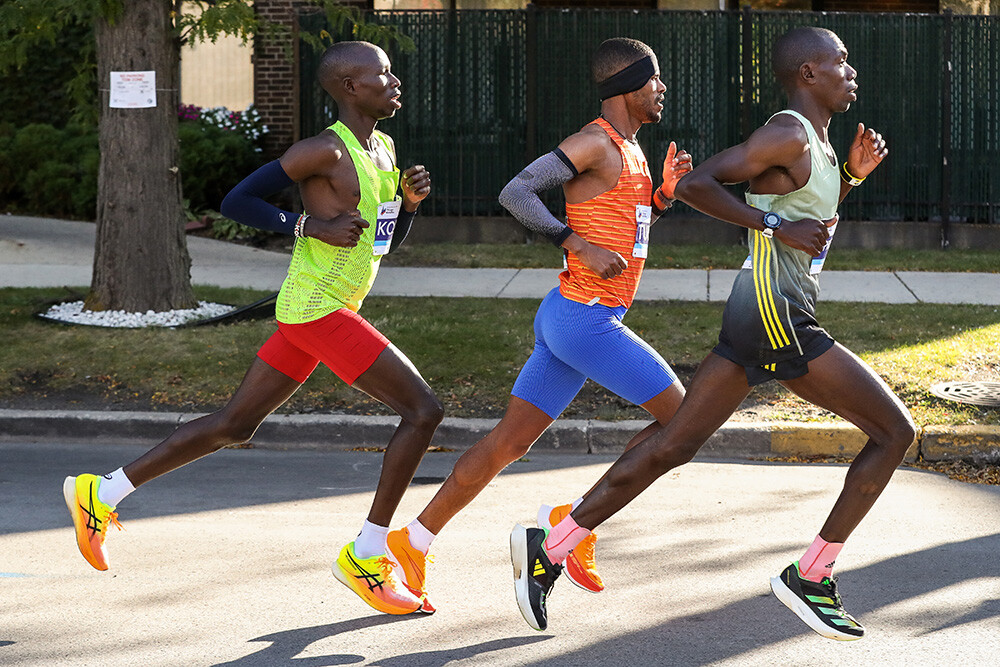
That was Kipruto’s fourth win in his last seven marathons, having also won in Prague and Boston in 2021 and Chicago in 2022. During that period, the 32-year-old has also not finished outside the top three, third in Boston in 2022 and 2023, as well as a second place in Chicago last year.
Looking at the provisional Team Kenya marathon team to Paris Olympics selected last December, only Kelvin Kiptum had better numbers, but the world marathon record holder is now deceased, which leaves Kipruto with a head start.
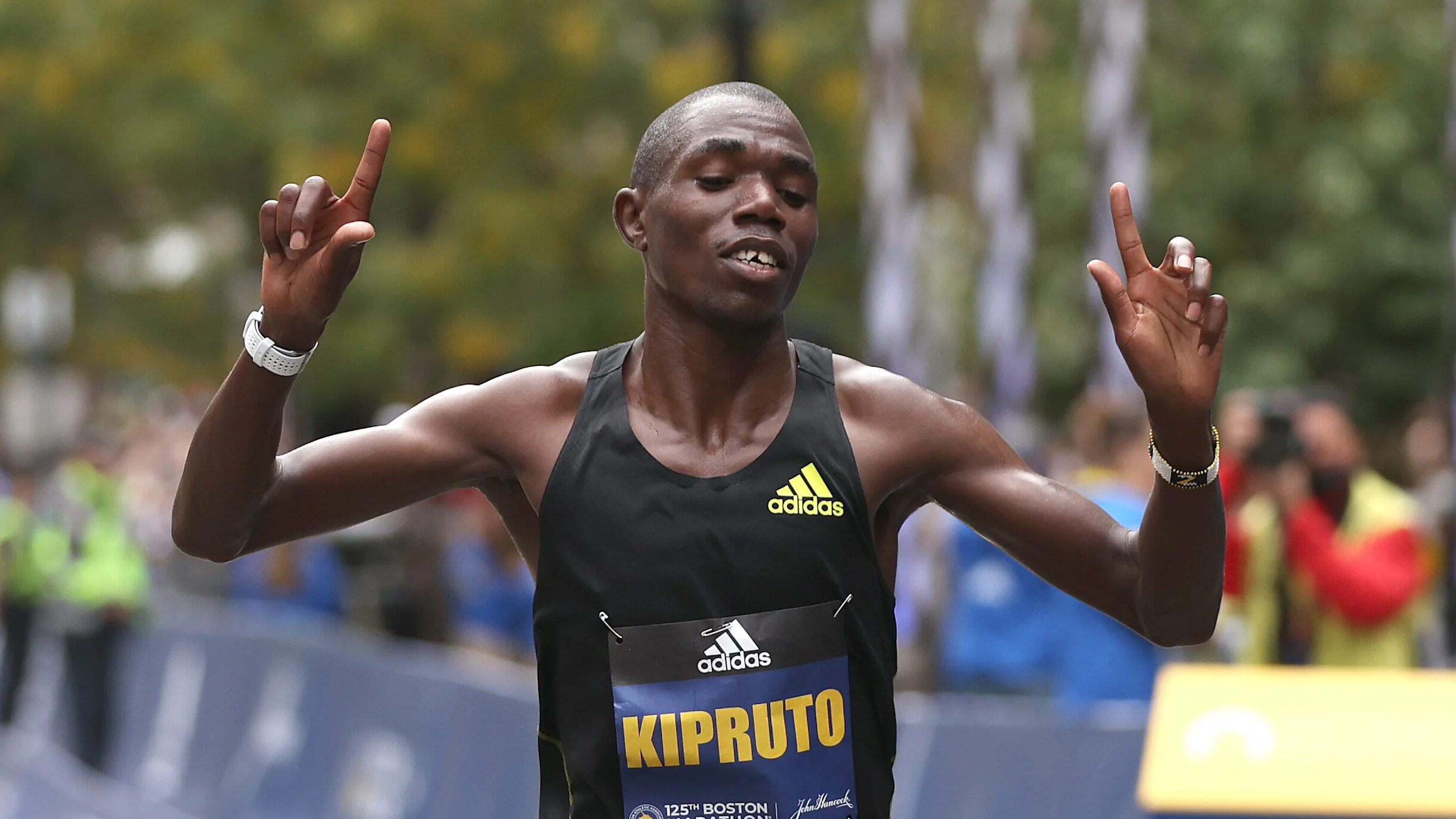
Kenya’s provisional squad of 10 had Kipruto, Kiptum, two-time Olympics champion Eliud Kipchoge, Ngetich, Timothy Kiplagat, Bernard Koech, two-time New York Marathon champion Geoffrey Kamworor, Cyprian Kotut, 2022 London Marathon champion Amos Kipruto and Titus Kipruto.
With Athletics Kenya (AK) making their selection based on World Athletics Road to Paris Marathon Rankings, two-time Boston Marathon champion Evans Chebet and Alexander Mutiso, third in Valencia in 2:03:29 on his debut in 2022, winner in Prague last year (2:05:09), before second place in Valencia 2023 (2:03:11) did not make the team.
Mutiso had not run Valencia when the team was unveiled while Chebet has been very consistent. After his marathon debut in 2013 in Seoul (2:11:26), Chebet has managed top four placings in all 15 marathons he has finished, including six wins and six runner-up finishes.
He won in Boston and New York in 2022 before defending his Boston title and he will be back again in April in a bid to make it three straight wins.
Athletics Kenya has yet to indicate if there will be alterations to the team in light of Kiptum’s demise, which could give Chebet or Mutiso a ticket to the Olympics, if they do well in Boston and London respectively next month.
If AK sticks to the original list, then Kipruto will be seen as the hot favourite given the recent form of defending champion Kipchoge.
Kipchoge finished a disappointing 10th in Tokyo after clocking 2:06:50, having come in as favorite following his win in Berlin last year (2:02:42) and the fact that he also won in the Japanese capital in 2021 (2:02:40).
However, his sixth place in Boston last year (2:09:23), which was blamed on the lack of pacemakers and the hilly course, and the latest in Tokyo prove that he is human after all, hence the need to look beyond him for gold in Paris.
(03/11/2024) ⚡AMPby Joel Omotto
Paris 2024 Olympic Games
For this historic event, the City of Light is thinking big! Visitors will be able to watch events at top sporting venues in Paris and the Paris region, as well as at emblematic monuments in the capital visited by several millions of tourists each year. The promise of exceptional moments to experience in an exceptional setting! A great way to...
more...Abdi Nageeye won the NN CPC Loop Den Haag
Abdi Nageeye won the half marathon as part of the 48th NN CPC Run The Hague on Sunday, setting a Dutch record. The Netherland’s best road athlete won the opening classic half marathon race completing it in 1.00.21. In doing so, despite bowel and hamstring problems, he improved his own record by three seconds.
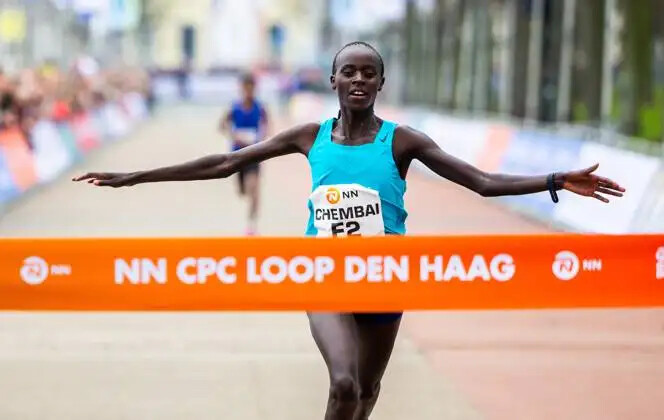
Ethiopian Charlie Kedir (1.00.48) and Israel’s Tadesse Getahon (1.01.01) joined Nageeye on the podium of honour. Khalid Choukoud, ambassador of the NN CPC Loop Den Haag in his hometown, finished in sixth place as the second Dutchman in 1.03.31. He was 25 seconds ahead of Tom Hendrikse.
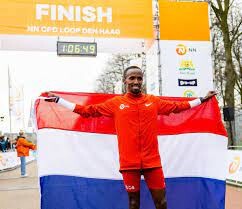
Among the women, Susan Chembai from Kenya triumphed in a PR of 1.07.12. Lornah Kiplagat’s course record (1.06.56) remained out of reach. Germany’s Katharina Steinruck captured second place (1.09.58). Finishing third, was Dutch competitor Anna Luijten. The reigning national champion in the half and full marathon, improved her time, completing in 1.10.39. A year ago, she set her personal record of 1.12.12.
Nageeye was not the only athlete to run a Dutch record at the NN CPC Loop Rotterdam. So did 76-year-old Rietje Corstens from Bergen op Zoom. In the women 75+ category, she set a time of 1.59.22.
(03/11/2024) ⚡AMPNN CPC Loop Den Haag
The City-Pier-City Half Marathon (NN CPC Loop Den Haag) was first held in 1975 and featured a 14.5km course. This was extended to the half marathon distance the following year. The competition has been used as the Dutch half marathon championships on a number of occasions. The course is a relatively flat one, which lends itself to fast times for...
more...Geoffrey Toroitich, winner of the Malaga Half Marathon for the second year
For the second time in a row, Kenyan runner Geoffrey Toroitich clinched victory at the TotalEnergies Malaga Half Marathon which took place on Sunday. This time, however, he clocked exactly one minute more (1h.00:13, compared to 59:13) than his record in the event.
Despite favorable conditions (no rain, minimal wind and an optimal starting temperature of 12 degrees Celsius), Toroitich fell short of his previous performance as his pace fluctuated, slowing down slightly as the race progressed. Despite this, he, nonetheless, pulled ahead solo by the eighth kilometer.
Toroitich finished more than two minutes ahead of Vincent Kipkorir in second (1h.02:30), followed by Barnabas Kipkoech (1h.02:32). The top European finisher was Jonas Glans (1h.02:44), while the top Spaniard, Daniel Gracia, secured eleventh spot (1h.08:51).
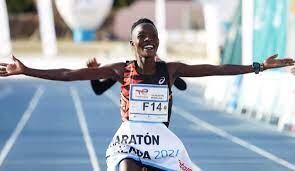
Local athlete Ignacio González finished with a time of 1h.09:33, using the race as part of his triathlon training.
New women's record

The highlight of the event was the women's race, with Loice Chemnung smashing the previous record with a remarkable time of 1h.05:58, placing seventh overall.
Winfridah Moraa followed closely with a time of 1h.05:59. Both runners broke the previous record by over a minute and a half.
Chemnung, known for her impressive 10,000-meter record of 30:08, made her half marathon debut, while Moraa surpassed her personal best of 1h.06:40.
Despite their efforts, Fatima Azzahraa from Cordoba failed to break the Spanish half marathon record, finishing at 1h.11:32. Nonetheless, Malaga now ranks as the third fastest city in Spain for half marathons, with Sunday's women's record-setting performance solidifying its place among the top fifteen fastest cities globally.
The race course, starting from Ciudad de Málaga athletics stadium on the western side of the side and ending at the eastern coastline with minimal elevation changes, provides ideal conditions for achieving fast times.
Prize money totaling 1,500 euros was awarded to both the male and female winners, with an additional 1,000-euro incentive for breaking the race record, which Chemnung accomplished in the women's category.
With over 5,000 participants this year, similar to the previous edition, the event marked another success, especially considering the shorter interval between races.
(03/11/2024) ⚡AMPby Pedro Luis Alonso
Malaga Half Marathon
TheTotalEnergies Málaga Half Marathonis one of Europe’s premier road racing events, held annually in the sun-drenched coastal city ofMálaga, Spain. Known for its lightning-fast course and ideal racing conditions, this half marathon attracts elite athletes and recreational runners from around the world. Set along the scenicCosta del Sol, the route is celebrated for itsultra-flat profile, featuring just a7-meter elevation...
more...Abraham Tadesse sets new course record at the 2024 Zurich Marató Barcelona
This Sunday, the 45th Zurich Marató Barcelona started its new course at a record pace.
Fifth male record for the race in five years
For the fourth consecutive year, the men’s and women’s records of the Zurich Marató Barcelona, have been broken. In the men’s category, the Eritrean athlete with Swiss nationality, Abraham Tadesse, managed to beat the previous best time of this race (2:05:01), five seconds below the time set in 2023 by Marius Kimutai (2:05:06). In second place was the Kenyan Collins Kipkurui Kipkorir (2:06:41) and third was his compatriot Edmond Kipngetich (2:07:21). The three athletes who completed the podium ran together at the head of the race until the 35th kilometer. Then Tadesse broke away to enter the finish line alone.
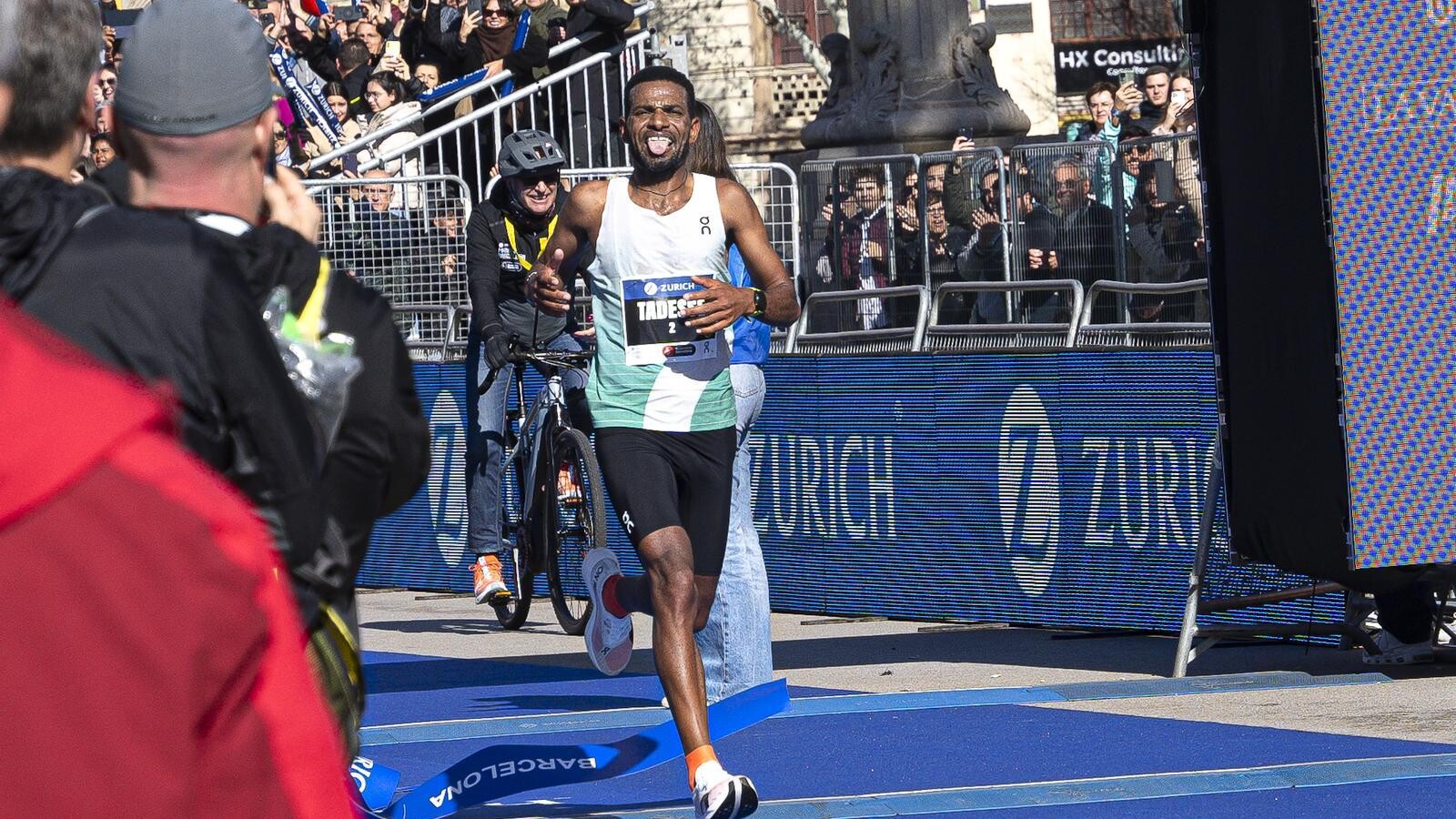
Tadesse said, “I wanted to win Barcelona again and I have achieved it. I won the half-marathon of this city in 2015 and today, nine years later and almost 42 years old, I can assure that nothing is impossible, age is just a number. I was able to set the course record and I would like to come back to this race to try to finish in 2 hours and 4 minutes”.
The women’s race
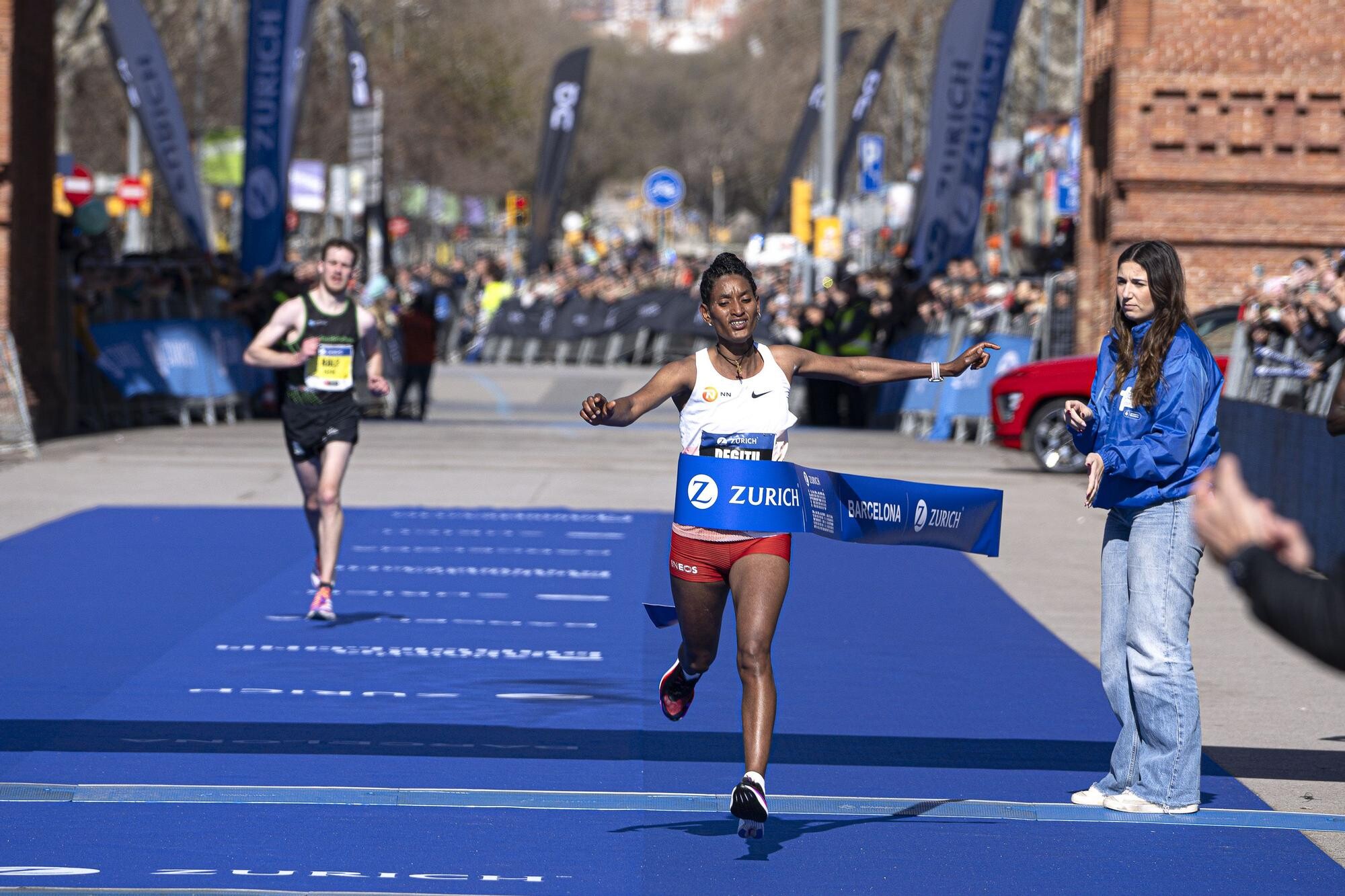
In the women’s race, Ethiopian athlete Degitu Azimeraw won in 2:19:52, eight seconds behind the course record set last year by Zeineba Yimer Worku (2:19:44). In second place, her compatriot Shuko Genemo Wote, crossed the finish line (2:21:35). Meseret Dinke Meleka, also Ethiopian and athlete of On, was the third finisher (2:22:58). The Ethiopian women led the women’s elite group throughout the race, until just before 30K, when Azimeraw took the lead alone towards the finish line.
Degitu Azimeraw, “I am very happy to have won in Barcelona. I really liked the course. I will try to repeat next year because it is a course that I think can be run even faster and I would like to beat the course record next time”.
Also, this Sunday the 46th Catalan Marathon Championship was celebrated in the 45th Zurich Marató Barcelona. A championship in which Artur Bossy won in the absolute male category (2:19:11) and for the absolute female category the winner was Jessica Tipán (2:48:21).
(03/11/2024) ⚡AMPby Christopher Kelsall
Zurich Marato Barcelona
The race is a favorite among both professional athletes and amateur runners, offering a unique running experience in and around Zurich. The scenic course follows the shores of Lake Zurich for much of the route, making it not only a thrilling sports event but also a visually stunning one. The start and finish lines are located at the upper lake...
more...Ando achieves first career marathon victory in Nagoya
Yuka Ando became the first Japanese winner in three years at the Nagoya Women’s Marathon, taking the title in a PB of 2:21:19 at the World Athletics Platinum Label road race on Sunday (10).
Before today, Ando had completed 10 marathons in her career, and had reached the podium in Nagoya on three previous occasions. But today’s performance marked the first marathon victory of her career.

After a chilly start with temperatures of about 5C, Ando and fellow Japanese duo Ayuko Suzuki and Rika Kaseda formed aleading pack alongside 2022 world champion Gotytom Gebreslase of Ethiopia and Asian champion Eunice Chebichii Chumba of Bahrain.
The lead group reached the halfway point in 1:09:56, inside 2:20 pace, but the tempo dropped slightly in the second half. Chumba and Gebreslase opened up a bit of a gap on the leading Japanese contenders. Suzuki started to fall back as Ando and Kaseda ran side by side as they tried to chase the leaders.
Gebreslase dropped out at about 36km, leaving Chumba in front. Ando caught up with the leader at about 39km and they ran together for a couple of kilometres before Ando kicked ahead in the final 800 metres.
Ando went on to cross the line in 2:21:18, consolidating her position at eighth on the Japanese all-time list. Chumba finished second in 2:21:25, and Suzuki placed third in a PB of 2:21:33.
Ando, who would have had to have broken the Asian record of 2:18:59 to make it on to Japan’s team for the Paris Olympics, was delighted with her run.
“There are many people who have helped me to get this far, and I’m filled with gratitude,” she said. “I can’t go to Paris, but I’m really happy that I won. It was really hard when I fell behind the lead pack, but I was able to catch up by running, only focusing on going forward.”
(03/10/2024) ⚡AMPNagoya Women's Marathon
The Nagoya Women's Marathon named Nagoya International Women's Marathon until the 2010 race, is an annual marathon race for female runners over the classic distance of 42 km and 195 metres, held in Nagoya, Japan in early March every year. It holds IAAF Gold Label road race status. It began in 1980 as an annual 20-kilometre road race held in...
more...Conquer Your Longest Distance Yet With These 9 Tips
Ultrarunners and coaches share their best advice for building mileage without getting injured.
Whether you want to progress from a 5K to a half marathon or a marathon to an ultra, a few general rules on how to run longer can help you get there.

While building mileage and time on your feet is paramount, the key to doing it successfully involves patience and persistence. “As much as volume matters—volume is king—too much volume too soon can get you on the sidelines,” Bertrand Newson, RRCA-certified run coach and founder and team captain of Too Legit Fitness, based in San Jose, California, tells Runner’s World.
Follow these tips from Newson and other coaches and ultramarathoners to successfully increase your mileage, avoid injuries, and crush your longest distances.
1. Build a Base, Then Keep It Consistent
“I steadily built up to running 250-mile races over many years, but I started by running one mile at a time,” says Sarah Ostaszewski, pro ultrarunner with Tailwind Nutrition who won the 2023 Ouray 100-Mile Endurance Run. “Build a strong base and try to keep a consistent running routine, so then adding a little extra here and there won’t seem so daunting.”
Base training typically requires about four to eight weeks (before following a race training schedule) to strengthen your cardiovascular system and your muscles, but the longer you can regularly run and set a foundation, the better. Your base work should involve mostly easy runs, low mileage, and maybe low-key speedwork (depending on your fitness level), like ending a run with strides. This part of your training is all about consistency, rather than actually building mileage.
Ultrarunner Mirna Valerio stays consistent by focusing on time on her feet, rather than distance. “This has been mentally freeing,” the author of A Beautiful Work in Progress tells Runner’s World.
“I have a standing appointment with my treadmill a couple times a week,” says Valerio, who will aim to run a minimum of 12 hours a day over six days at the Lululemon Further event, an ultramarathon for women in March. “I just get it done, which incidentally is one of my mantras.”
2. Find Your Best Approach to Building Volume
If you’re new to running and want to run longer, add another day of a short, easy run to your schedule, suggests Stefanie Flippin, an ultrarunner, Lululemon ambassador, and doctor of podiatric medicine, who has earned a first-place finish at several 100-milers.
Maxed out on available days of the week? Add to your long-run mileage, which is what Leah Yingling, ultrarunner and biochemical engineer who will see how far she can run in 24 hours at Lululemon Further, does first when aiming to build volume. The general rule is to increase your weekly mileage by about 10 percent each week, adding to that long run. For example, if you currently clock 17 miles per week with three four-mile runs during the week and a long run of five miles on the weekend, you would keep your midweek mileage the same, but kick up your long run to about seven miles next weekend.
Yingling, and many other pros, also do two runs a day. While this won’t work for everyone, if you don’t have a significant single block of time, clocking some miles in the morning and again in the evening and resting between can help you clock more mileage. One must-do to make it work: Tame the intensity on at least one of those runs.
Charlie Lawrence, 50-mile world record holder, views his second run of the day as a sort of active recovery. He often goes for double digits in the mornings, then runs for about four miles (at minimum) in the evening, keeping the effort light.
No matter what, testing out strategies to see what works for your schedule is the best way to run longer. “That might be adding a walk a few days a week in addition to your daily runs, or maybe you’re adding back-to-back long runs,” says Yingling. “Whatever you do, find something that is sustainable.”
3. Follow a Progressive Training Plan
A good training plan will slowly build mileage to decrease your risk of getting sidelined, as research shows taking on too many miles too soon is one of the biggest risk factors for overuse injuries.
When choosing your training plan, you have to be realistic about the time you have to build up to the distance you want to conquer—and where you’re at now, says Newson. For example, if you have your sights set on a half or full marathon, think about what you can comfortably run today. Then, following the loose rule of adding 10 percent more miles each week, how long do you need to train? If you currently run five miles without stopping and feel good after, and can comfortably clock 12 miles per week, you can probably conquer a 10-week half marathon plan.
Another important factor to look for when it comes to mileage on a training plan: recovery weeks. Newson explains you’ll typically see this as three weeks of building, then a week in which you back off mileage a little to give your body time to recover and actually make gains from all the work you put into your plan. This will also keep your body strong and help you sidestep aches and pains, he adds.
4. Keep Easy Runs Easy
You’ve heard it before but it’s especially true when trying to run longer: Don’t overdo your low-effort days.
“It’s important for me to always run my easy runs, short or long, at a conversational, aerobic rate of perceived exertion. This means that I can easily chat with a training partner for the duration of my runs without becoming out of breath,” Flippin says, who also clocks her heart rate to make sure she’s in an easy zone.
Don’t worry about what shows on Strava, either. “I think a lot of runners run their easy runs too hard and that is because of ego and they don’t want people to think they are slow,” says Devon Yanko, ultrarunner who’s placed first in several 100-mile races and will aim to conquer her longest distance over six days at the Lululemon Further event. “I delight in the idea that people may look at my Strava and think I am too slow, because on race day that won’t be the case!”
More generally, applying the 80/20 rule to your training overall can also help you record more low-intensity runs, Newson says, as it means 80 percent of your workouts should happen at a low intensity, and 20 percent at a hard effort.
It’s these easy runs that will help keep you running consistently—the key that unlocks higher mileage. “A B+ average of consistent runs, strength work, and recovery measures stacked over weeks, months, and years will always trump sporadic A+ weeks followed by a total drop-off,” Flippin says.
5. Master the Long Run
For most people, the long run will make up the bulk of your weekly mileage, but it doesn’t just help you clock more time on your feet. It also teaches you mental stamina, how to deal with fatigue, and it can help you get comfortable with being uncomfortable. With years of practice, this is what many pros say pulls them through farther distances.
Even though Lawrence can deal with being uncomfortable for long periods of time, he still turns to mind games to mentally check off miles. For example, he often breaks a race down into small, manageable chunks, often focusing on the next fuel stop (typically about every four miles) as a check point. If he’s struggling to get to the next four-mile marker, he may tell himself he’ll feel better in 10 to 15 minutes and checks in again then.
In addition to breaking your long run up into segments, Newson also suggests dedicating each mile to someone else, which takes it outside of yourself and gives you another reason to keep going, and says to focus on the mile you’re in, simply putting one foot in front of the other.
Finally, the long run is the perfect time to practice your fueling and fluid intake, Newson says, considering you need energy to clock longer miles. Aim to take in carbs when going for 90 minutes or longer, and go for about 30 to 60 grams per hour after the first hour.
6. Schedule a Few Harder Workouts
To build endurance, you want to run long, but you can also add intervals and speed work into your schedule.
Lawrence gets on the track for VO2 max-specific workouts at least once a week. VO2 max is the amount of oxygen you can take in while running and is a major marker of fitness—the better this metric, the easier running will feel, which will help you go longer with less effort. Focusing on VO2 max intensities on runs means going for about 90 to 100 percent of your max heart rate or about 5K pace, and it could involve intervals like 400-meter repeats.
You could also focus on lactate threshold training. Your lactate threshold is the point at which your body produces lactate at a rate you can no longer clear, leading to fatigue. To help you prolong that side effect—helping you go faster for longer—practice running at your threshold pace. (Here’s how to calculate your running speed at lactate threshold).
To do this, Ostaszewski prefers longer interval workouts with work periods ranging from six to 10 minutes near aerobic threshold. But tempo runs at your threshold speed are also smart.
7. Supplement Your Runs With Mobility and Strength
Before you jump into high mileage, you need a solid warmup. Lawrence has been doing the same activation drills before runs for a long time. He starts with foam rolling most of the lower body, then does a series of exercises, like:
Leg swings
Down dog to lunge rotation
Ankle mobility moves
Banded work, like glute bridges
This go-to routine wakes him up and gets him in run mode, even when he’s not feeling it.
Cross-training workouts are also key. Valerio mixes strength training, mobility workouts, Pilates, and rowing into her training schedule, which she says helps her avoid overuse injuries. Meanwhile, Flippin points to strength training in particular as crucial to running longer. She suggests starting with one day a week to build consistency, then adding on days from there.
Lawrence focuses specifically on doing core workouts every day (one of his go-to moves: the ab roll out), along with dedicated gym time for lifting, in which he conquers moves like hex bar deadlifts.
8. Make Recovery a Priority
Many pro runners turn to a solid nutrition practice to jumpstart recovery and fuel future performances. “I ensure I’m always getting in carbohydrates and protein within 30 minutes of finishing a key workout or long run,” Yingling says.
Finding time for other recovery practices, like mobility work, foam rolling, even meditating, can also support your training and get you prepped for the next round of mileage, Newson says. Full rest days are also important, especially if you’re feeling any aches and pains.
And you can’t forget about sleep for recovery—striving for at least the recommended seven to nine hours—especially for those looking to push their mileage.
9. Don’t Rely on Motivation Alone
Running your longest distance takes dedication and determination, but don’t expect to feel motivated every day. “People often wait to do things until they are motivated, when instead, they should have been focused on completing their plan or working toward their goal,” says Yanko. “I don’t jump out of bed every morning peppy and excited to run, but I am committed to doing the work and thus, I simply get the work done.”
Yanko also suggests tapping into curiosity to keep you going longer. “That is, instead of being intimidated by a workout or long run, I allow myself the opportunity to be curious about what might happen if I simply begin the session,” she says. “I do not believe that one workout or one long run ‘proves’ anything about my fitness or ability to race, so having curiosity means I can get into a session and allow it to unfold with confidence that if I just continue to show up and do the work, I will build my fitness brick by brick.”
Newson also suggests a running group to keep you accountable and consistent, and to elevate the fun of your workouts.
“On the mental side, I always try to see the big picture and remember that all the miles I’m running are for fun and for my own personal enjoyment,” Ostaszewski adds. “I’m always aiming to enjoy the process and recognize growth in the journey.”
(03/10/2024) ⚡AMPby Runner’s World
HOW TO START A RUN WHEN YOU DON’T FEEL LIKE IT
I’VE ALWAYS FELT validation when reading a story about writers and their love of procrastination. I thought it was just me who gets more work done around the house with a deadline looming and who finds every excuse not to write until the time feels exactly right—or the time has run out.
Well, a while ago I realized how I do this with running, too, especially long runs on the weekends. I stare at my closet trying to determine the perfect outfit for the weather. I go back and forth on what to eat and how much coffee to drink. Should I have half a cup? Down a full one (or two) then wait until after I go to the bathroom to head out? I stop for a quick foam-rolling session or grab my massage gun for a bit, then do some dynamic stretches. Before I know it, I’m starting my run an hour later than planned.
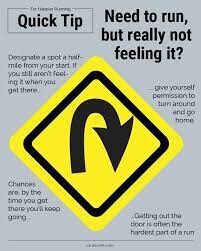
Some prerun rituals are necessary, of course. A warmup helps me feel ready for those initial steps. If I have double-digit miles on deck, I definitely need to eat and drink before I start my stride. But really, I’m just putting off those initial few miles—those steps where the legs feel tight and the upper body cranky, the mind remains in bed, and instead of finding a rhythm, the steps feel like short, broken verses waiting for me to string them together in better harmony. I tend to overthink my runs, especially the start, rather than focusing on how the sport makes me feel powerful and strong, and like I’m gliding over the trail rather than clomping with every footfall. That rumination makes getting out the door super difficult sometimes.
I know I’m not the only one who has trouble simply getting started. Ahead of the Chicago Marathon this fall, Emily Sisson, pro runner and U.S. women’s marathon record holder, said one of her favorite mantras is “motivation follows action.” She’s not always inspired to go run 20 miles or clock a tempo run at a 5-minute pace. But once she starts moving—after a few warmup exercises with her mini band or a light and breezy running warmup—the drive to put in the work picks up.
Similarly, Tristen Rodriguez, a RW+ member who trained with Runner’s World for the 2023 NYC Marathon, mentioned how he is only motivated to run about 20 to 30 percent of the time during a training cycle. It’s the discipline that gets him out there. Checking off training runs and workouts on a plan can give you a shove to get out the door instead of relying on the sheer desire to do so.
Like Rodriguez, I’ve found that setting goals, following a schedule, and tackling workouts on a plan helps remove the need to rely on willpower alone, and adds in the determination to succeed. That’s one reason I sign up for races on a consistent basis throughout the year. And like Sisson, I know once I start moving, I’ll want to pick it up and conquer the run ahead because the resolve to perform well settles into my stride.
Focusing on how good it feels to finish a run—no matter the pace or distance—also gets me out the door. So does removing any barriers to said door. That’s why, despite being more of a night owl, I’ve come to love early morning easy runs: I can basically roll out of bed, slip into the outfit I laid out the night before, and hit the road. No fretting about prerun activities. I just go, without thinking about it.
Even with all my love and deep appreciation for running, I still have to tell myself a little story about the run ahead, about how wonderful it will feel just to get myself moving (even if that’s not entirely the truth, at least not all the time). These helpful mind games give me a little kick in the glutes to start running. And sometimes, when I find I’m still procrastinating, I just thank my deadline-driven mindset, which turns on when time is running out and I need to stop thinking and just start stepping.
(03/10/2024) ⚡AMPRise of the “Illegal” Running Shoes
Super trainers are fast, fun, and maybe a little risky. Here’s what to know about these max-cushioned shoes.
Banned shoes emerged courtside long before they found their way onto a marathon course. Legend has it that nearly 40 years ago, Michael Jordan laced up a pair of red-and-black high-tops in violation of the NBA’s approved uniform colors.
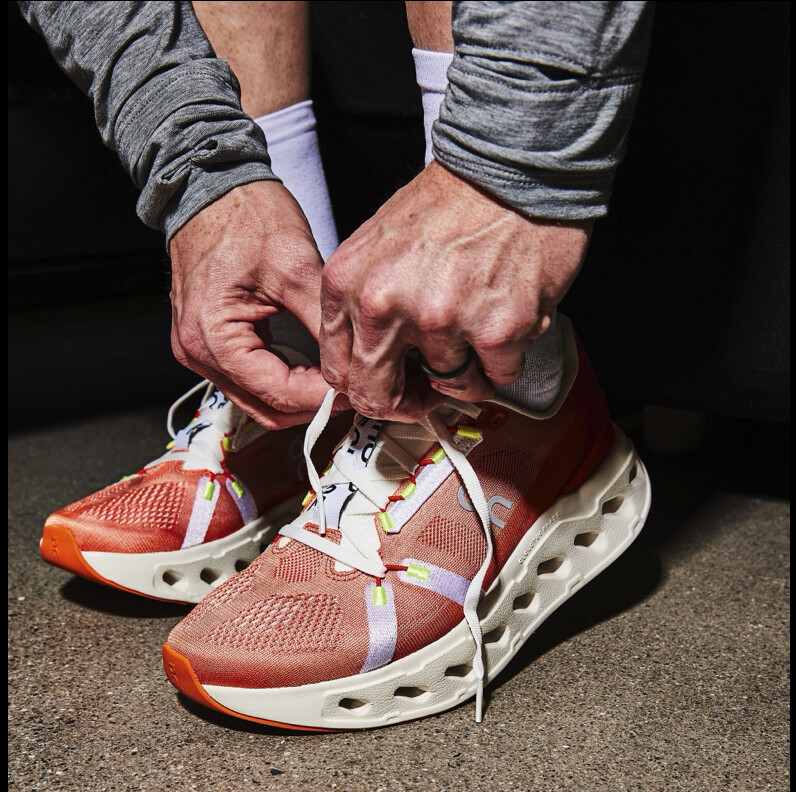

In 2010, the league cracked down again—this time, for reasons besides aesthetics—on a pair of basketball shoes that were shown to increase a player’s vertical-jump height. Today, Nike’s Air Jordan brand is a household name and multibillion-dollar business, and shoemaker Athletic Propulsion Labs (APL) has since released additional banned styles (Superfuture and Concept X) of its performance-boosting kicks.
Though some speculate these bans were mostly crafty marketing, the same can’t be said about the wave of “illegal” shoes that is flooding the roadways on the feet of runners. Super shoes have proven a true performance boon to both elites and recreational runners on race day. Now the tech has trickled down to shoes for daily runs, ushering in super-thick, though still permissible, shoes that have created their own category: super trainers.
What Is a Super Trainer?
Technically, a formal definition doesn’t exist. But we’ll establish some general parameters.
Super trainers share many of the same qualities as super shoes built for race day: a tall stack height, efficient midsole geometry, high-powered super foam, and usually some sort of plate. But these trainers aren’t meant for racing, like a Nike Vaporfly or Saucony Endorphin Elite—they’re designed for everyday mileage.
Super shoes for racing have to balance cushioning and propulsion, but still be lightweight. Super trainers, though, can have beefier constructions that help to extend their life spans. For example, shoe brand On guarantees only four marathons from the Cloudboom Echo 3—that’s little more than 100 miles. Super trainers can handle more mileage, and should have the typical 300- to 500-mile range of a normal running shoe.
To do that, they may have more outsole rubber for durability. Their uppers are usually softer and thicker than a racing shoe’s, as well, with comfortably cushioned ankle collars and tongues. They tie up with sturdier laces and offer a more forgiving fit overall, closer to what you’d expect from a workhorse daily trainer. And, since super trainers aren’t made to toe a starting line, brands can pile on midsole foam in excess of the 40mm limit imposed by World Athletics.
But they’re more than just extremely cushioned running shoes. Super trainers have additional mechanisms and “super foams” geared toward running efficiency and energy return, explained below.
Anatomy of a Super Trainer
If we break down a super trainer into its key components, we see a recurring theme: a stack of super foam in the ballpark of 40mm (or more), a carefully sculpted midsole shape for propulsion, and a plate that harnesses those pieces and holds it all together. This is the tech that puts the “super” in super trainers; it needs to interact with the foot and the rest of the kinetic chain in specific ways to deliver the intended ride and energy return.
Here’s what’s happening inside the midsole under your foot, and how these elements work to boost your stride.
1. Rocker Geometry
When we talk about a rocker sole, we’re describing the curvature of the bottom of the shoe’s sole. Both the heel and the toe curve upward, away from the ground, to give the shoe a more rounded base. The result is a shape like that you’ll find on a rocking chair. This is needed because the shoes are so thick, they don’t bend under the forefoot for a smooth transition during your gait cycle.
Shoe developers can also manipulate the inflection points of the rockers around a runner’s pace and foot strike to potentially manipulate transition time. Usually, you’ll find the most aggressive rocker designs in racing shoes. Still, pronounced rocker soles on super trainers are essential to make transitions comfortable.
→ How do rocker soles work?
Rocker soles in shoes function to mimic the natural rockers of the foot to make us feel more efficient. The foot has three functional rockers—the heel (first), ankle (second), and forefoot (third)—that we use while walking and running. The heel bevel in a shoe prepares the foot to contact the ground and smooths out the shoe’s ride when you land. Forefoot rockers assist movement during toe-off, which generally means the toes and ankle joint don’t have to work as hard.
For some runners, a stiff rocker sole can decrease demand on the calves by transitioning effort upward to the knee and hips. A runner’s experience will depend on their specific biomechanics, where the rocker is placed, and how their footstrike contacts it.
2. Super Foam
Polyether Block Amide, or PEBA, is a common foam compound for super trainer midsoles. (A popular trade name for the material is Pebax, made by a company called Arkema.) It’s the basis for foams like Nike ZoomX, Saucony Pwrrun PB, Puma Nitrofoam, and Asics FF Blast Turbo. Many of those brands leverage the same foam used in their top-tier racing shoes for their super trainer models.
Right now, PEBA-based foams lead the way for energy return. While current research and our own testing indicates that supercritical EVA and TPU blends are also impressive, PEBA has the edge more often than not. Why? It’s lighter than TPU and far softer and bouncier than supercritical EVA. Some iterations are firmer than others, depending on which brand’s flavor you try.
→ How does foam work?
Cushioning serves to absorb shock upon landing and provide overall comfort while running, but it can also return energy to the runner and stabilize the shoe. PEBA foams are especially lightweight, so brands can pile it on—both in thickness and in width—without the same weight penalty applied when using EVA or TPU materials. The additional width is just as important as the height. These shoes often need a wide platform of midsole material to remain stable.
Every brand’s PEBA-based foam compresses at a different rate, with varying amounts of responsiveness, so each offers a unique benefit based on the runner. For example, runners who land with lots of force can bottom out and crush a foam that’s too squishy, so they may prefer a firmer platform. A harder midsole can offer more support without any additional stability elements. On the other hand, a softer foam can provide more comfort, and research suggests that it may have a protective benefit for lighter runners.
Keep in mind that dozens of pieces within a shoe, as well as countless runner-specific characteristics, come together alongside a super foam to deliver its specific ride and response. It’s not always possible to parse each element individually.
3. Plates
Not every super trainer has a plate in its midsole, but it’s increasingly common. That’s because—regardless of whether it’s made from TPU, EVA, PEBA, carbon fiber, or a mix—a plate stiffens the midsole and can add support. It may also give the ride some extra pop, but it largely functions to stabilize the shoe. The Adidas Adizero Prime X 2 Strung, which has a heel stack height of 50mm, requires two stiff carbon-infused plates.
Some shoes need less support and utilize pliable materials with thinner rod constructions or forgo full-length plates for ones that extend only halfway along the midsole.
→ How do midsole plates work?
While plates can add propulsion, research suggests that the true hero is the foam itself. A plate mostly serves to “facilitate motion and add stiffness to the sole to balance out the softer compliant foams,” says Matt Klein, DPT and founder of the Doctors of Running website and podcast.
He explains that the effects of stiff-plated shoes are not clear-cut. “Everything we know [about super trainers] is applied from super shoe and maximal shoe research. These shoes shift work up to the knees and hips. The ankles may do less, but that doesn’t always apply. If the shoe is too stiff, the ankles will actually end up doing more work. But once a midsole gets so thick, it may not need a plate; the amount of material naturally stiffens the ride.”
What Are the Benefits of Super Trainers?
Simply put, these shoes are so much fun to run in. They can lend a bounce to your stride that feels like bounding on a trampoline. And since the springy sensation and high energy return can help you move more efficiently, running fast feels easier.
Plus, a review of 63 research studies concluded that these trainers can also help attenuate shock and dampen some of the hard impacts from training. So, runners recover from hard efforts more quickly; they’ll lace up the next day feeling fresher and less sore than if they’d worn regular running shoes. And for those eager to increase mileage, this may allow some runners to increase their weekly workload with less fatigue and fewer aches and pains.
“These have the benefit of having similarities to super racing shoes. These shoe types certainly increase the capacity of work you can do, so I suspect those running higher miles will probably benefit most from these,” Klein speculates.
But, the recovery boost from super trainers can make it tempting to tack on too many miles too soon or overcook the pace on easy days. “Just because you are less sore does not mean you are at a lower risk for injury. You can still get injured with overdoing things,” Klein says.
Our wear-testers report that they’re able to run faster paces with less effort in super trainers, but it’s still important to keep easy jogs relaxed. Double-check your training log and pull back on the reins if you notice spikes in mileage or intensity outside your typical training volume.
Are There Any Risks to Super Trainers?
Though they feel great, super trainers can have an impact on our natural gaits and biomechanics. “One of the injury risks for this shoe type is that it is so different from normal mechanics and footwear. The current evidence from super shoes and super-max stack-height shoes is that we tend to stiffen our legs in taller, softer shoes,” Klein says. “This is not bad short-term, but some evidence suggests long-term super-max stack-height shoes can actually increase joint loading due to that stiffening.”
“I suspect running in them a ton will cause less joint motion, as the body will stiffen up to find stability as shock absorption isn’t needed. This may be great for a recovery run/faster run, but trying to transition back to normal shoes can take time if you only run in these and super racing shoes.” Klein recommends making the transition slowly to avoid injury and keeping more than one pair of running shoes in your rotation.
“I do suspect that with the workload being shifted up to the knee and especially the hip, there may be an increase in injuries in those areas. The hip still has to work harder being on a softer, less stable surface. So, those with hip instability and strength issues may want to avoid super shoes, at least until these issues have been addressed,” Klein says. New runners should focus on building strength and experience before experimenting with super trainers.
There is little doubt that these shoes have effects at the point where our feet meet the midsoles as well as farther along our kinetic chains. Super trainers shift more of the workload of running to the hamstrings, which means that you won’t engage the calves and lower leg muscles as much. Moving some of that effort to larger muscle groups can be beneficial for some runners, like those who are struggling with calf or Achilles tendon injuries. But those who have a nagging hamstring strain may need to be wary. Whether or not it’s your goal, those upper leg muscles will receive more of a workout.
At the very least, one thing can be said for sure. It’s that all the foam underfoot is going to put a lot of distance between your foot and the ground. This limits the amount of ground feel you receive from the shoe. It can be easier to wipe out if you’re hopping a curb on a night run. And on rain-slicked sidewalks or technical trails, it can be tough to steer a thick and bulky midsole. If you’re prone to ankle rolls or need a keen sense of where and how your foot is landing whenever you touch down, a super trainer might not serve you well.
Will I Really Get DQ’d in a Race?
It depends. If you’re an elite runner, absolutely. But if you’re going for a 3:10 BQ, it’s unlikely. Ethiopian runner Derara Hurisa won the 2021 Vienna Marathon in 2:09:22 but was disqualified when race organizers found he’d raced in the Adidas Adizero Prime X, a different shoe than he’d declared on his prerace form. Another runner at a fall 2023 half marathon was disqualified after winning in the same shoe.
Our Favorite Super Trainers
Running shoes aren’t cheap. Maxed-out midsoles with top-end shoe tech only add to the bill. Most super trainers will cost you $180 at least, and there are options to be had for well over $200.
(03/10/2024) ⚡AMPby Runner’s World
Paris Olympics opening ceremony to be held during sunset on July 26
PARIS (AP) — The opening ceremony of the Paris Olympics along the river Seine will be held during sunset, organizers said Friday.
It’s the first time an Olympic opening ceremony will be held outside a stadium setting, in line with the Paris organizers’ motto: “Games Wide Open.” About 10,500 athletes will parade through the heart of the French capital on boats on the Seine along a 6-kilometer (3.7-mile) route.

Organizers said the open-air event will start on July 26 at 7:30 p.m. Paris time.
They said the ceremony will offer “an unprecedented experience, using the natural light of the setting sun with all its nuances to illuminate the river promenade of all the world’s best athletes along the Seine, in the heart of the capital.”
This week, the French government said tourists won’t be given free access to watch the opening ceremony over security concerns. Free access will be invitation-only instead.
Organizers had planned a grandiose opening ceremony July 26 for as many as 600,000 people, most watching free of charge from riverbanks. But security and logistical concerns — and an outcry from booksellers along the city’s picturesque quays — have led the government to progressively scale back its ambitions.
Earlier this year, the overall number of spectators was reduced to around 300,000.
(03/10/2024) ⚡AMPNagoya Women's Marathon winner to pocket Ksh 35 million
The Nagoya Women's Marathon will be coming up on Sunday offering the highest prize money with the winner set to walk away with Ksh 35 million ($241,500US).
The 2024 Nagoya Women’s Marathon is certainly one of the marathons in the world that offers the highest prize money.
The winner of the race will walk away with more than Ksh 35 million with every finisher also being awarded a beautiful, specially designed pendant from a global luxury jeweller, Tiffany & Co., as a memento of their achievement.
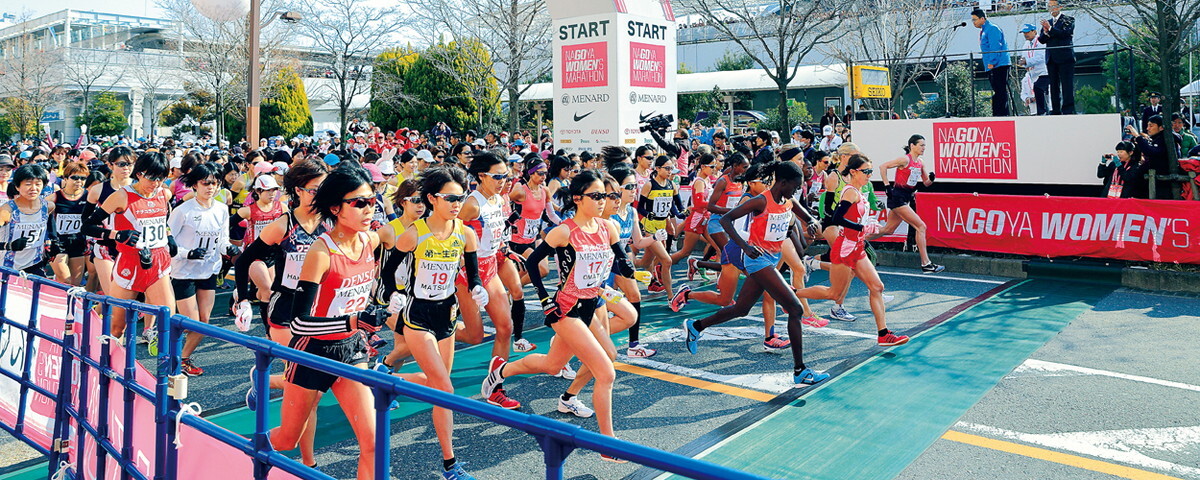
As per the race organisers, the prize money for the subsequent places will be determined separately based on the competition results.
Meanwhile, this year’s field has attracted Gotytom Gebreslase who will have the course record in her sights when she races in the marathon, a World Athletics Platinum Label road race.

The 2022 world champion set her Personal Best time of 2:18:11 when winning that title in Oregon and she went on to secure silver at last year’s World Championships in Budapest.
This will be the Ethiopian’s first marathon since then and she goes into it targeting at least a lifetime best, if not the course record of 2:17:18 set by Kenya’s Ruth Chepngetich in 2022 – that time being the second-fastest-ever women-only marathon behind the 2:17:01 run by Mary Keitany in London in 2017.
“My goal for Sunday is to run under 2 hours and 18 minutes, and if the weather and pacemakers are good, I will try to break the course record of 2:17:18,” she said at the pre-event press conference.
She will face a stern test from Bahrain’s Eunice Chebichii Chumba, who finished seventh in the Olympic Games marathon in Sapporo, and Romania’s Delvine Relin Meringor who ran her national record of 2:20:49 when finishing third in Barcelona a year ago and she went on to place 12th in the Berlin Marathon in 2:23:25.
Violah Cheptoo will be Kenya’s sole representative in the race, hoping to retain the title that was won by Chepng’etich during last year’s edition of the race.
(03/09/2024) ⚡AMPby Abigael Wuafula
Nagoya Women's Marathon
The Nagoya Women's Marathon named Nagoya International Women's Marathon until the 2010 race, is an annual marathon race for female runners over the classic distance of 42 km and 195 metres, held in Nagoya, Japan in early March every year. It holds IAAF Gold Label road race status. It began in 1980 as an annual 20-kilometre road race held in...
more...Jakob Ingebrigtsen thinks doping is worse now than 10 years ago
Norway’s gold drought at the World Indoor Championships hit 29 years last weekend in Glasgow, with the country’s star middle-distance runner, Jakob Ingebrigtsen, sidelined by injury. In a recent interview with the Times, Ingebrigtsen did not hold back, slamming doping in athletics, saying it’s worse now than a decade ago.
“I think doping is worse now than 10 years ago,” Ingebrigtsen told the Times. “It is difficult to prove that, but it’s what I feel. The problem now is that we see fewer positive tests, and that really concerns me; it is a sign that people are getting smarter and finding better ways to evade detection, or perhaps the tests are not detecting enough.”
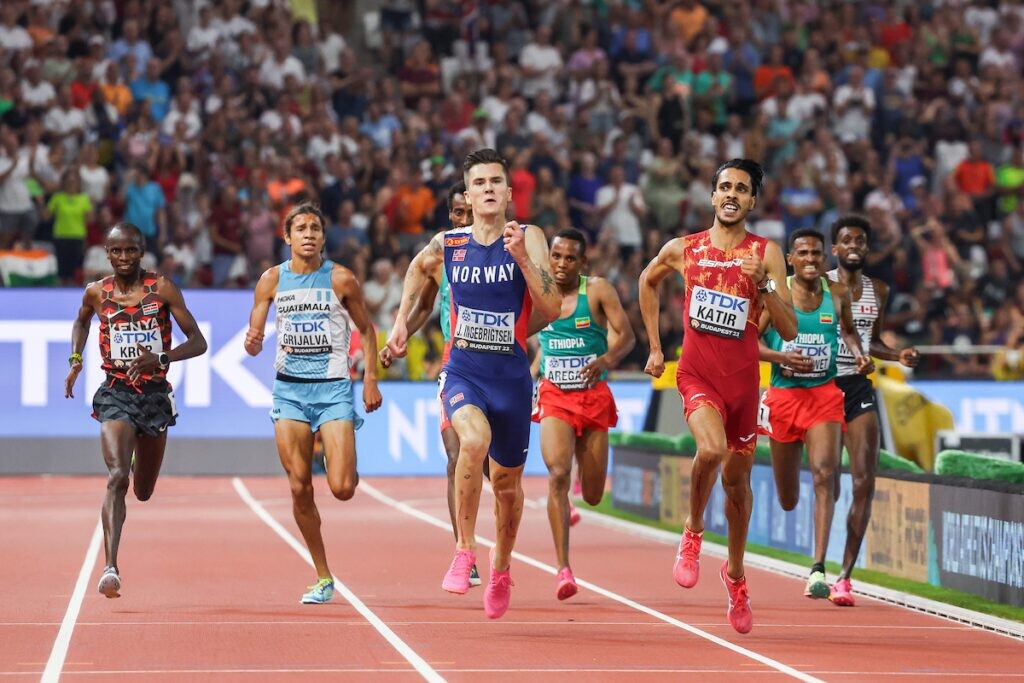
The Olympic 1,500m champion went on to say that not enough people are getting caught by regular testing, and the only way “cheats” are detected is through whereabouts (three missed doping tests in 12 months). “If you know what you’re doing, that is a genius way of cheating,” he says.
One thing that is different than 10 years ago is the number of athletes tested. World Athletics president Sebastian Coe introduced the Athletics Integrity Unit (AIU) in 2017, a crucial governing body dedicated to safeguarding the integrity of athletics. Each year, World Athletics spends an estimated $8,000,000 putting systems in place to tackle doping.
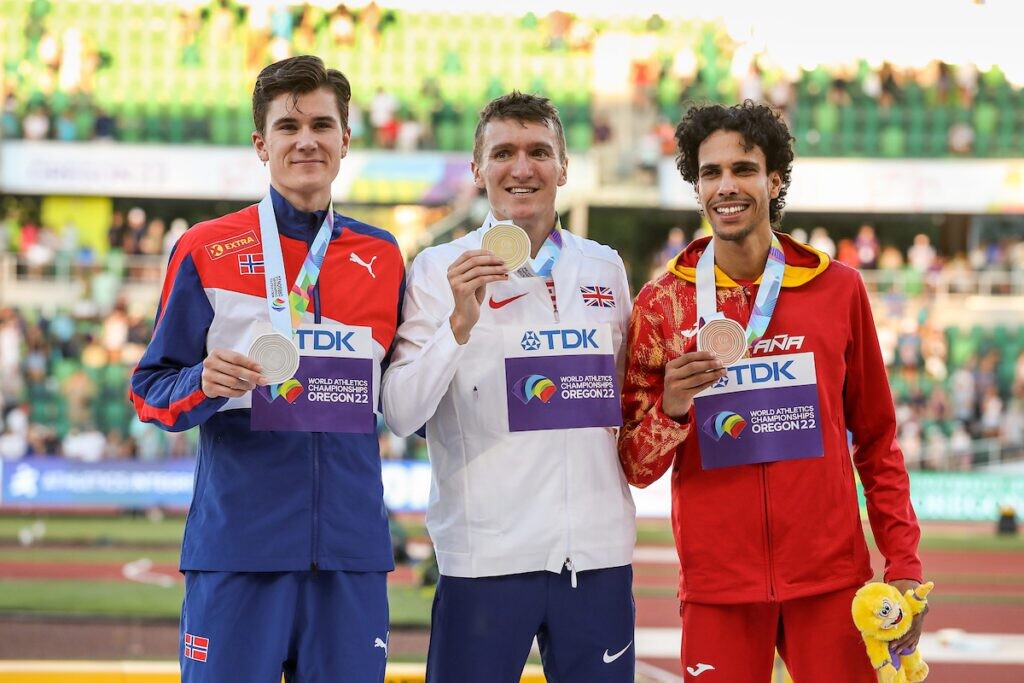
Ingebrigtsen voiced his satisfaction in beating suspected dopers, like two-time world championship medalist Mohamed Katir, who was given a two-year ban on whereabouts in February. “It’s the ultimate destruction,” he said to the Times. “It’s more embarrassing for them—even when they have the audacity to cheat, and they are not doing it right.”
The 23-year-old has yet to race in the 2024 season, as he continues to recover from an Achilles injury he suffered last fall. He expects to make his debut on the track in late May and round into form to compete at the 2024 European Championships in Rome in June.
(03/09/2024) ⚡AMPby Marley Dickinson
British journalist exonerated for alleged cheating at London Marathon
In one of the most high-profile cheating cases in recent years, British running journalist Kate Carter has been cleared of wrongdoing by England Athletics after facing accusations of cheating during the 2023 London Marathon and London Landmarks Half Marathon events.
Carter, a journalist and editor for Runner’s World UK, was under suspicion for allegedly entering a fake time at the London Marathon and course-cutting the London Landmarks Half Marathon last April. Marathon Investigation blogger Derek Murphy publicized the allegations, claiming there was no evidence Carter had run the entire London Marathon and that she may have used software to manually create GPS data based on an out-of-date course map. Murphy’s second allegation was that there was no record of her having completed the 10K to 20K section of the Landmarks event. Besides missing the timing mats, early race photos show Carter’s bib fully visible, compared to photos from later stages in the race, where her bib is folded, only revealing part of her number.
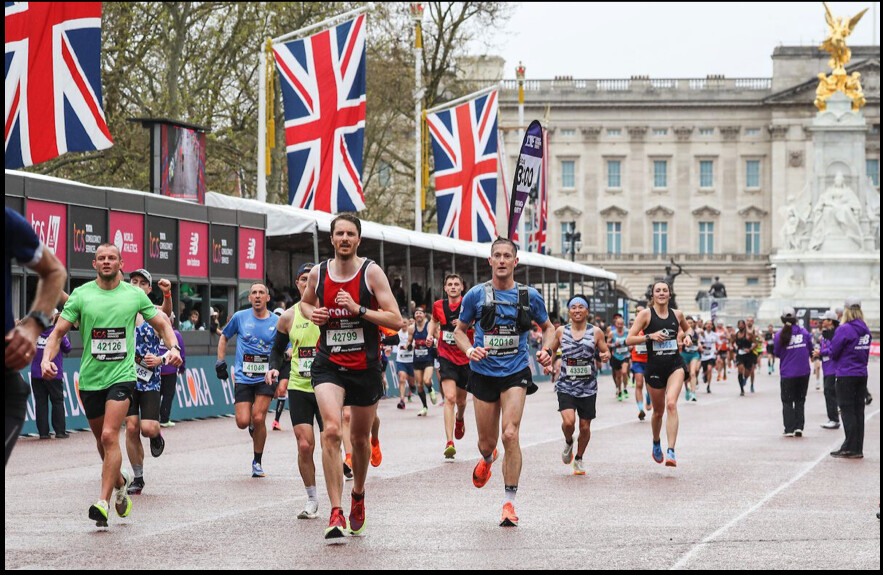
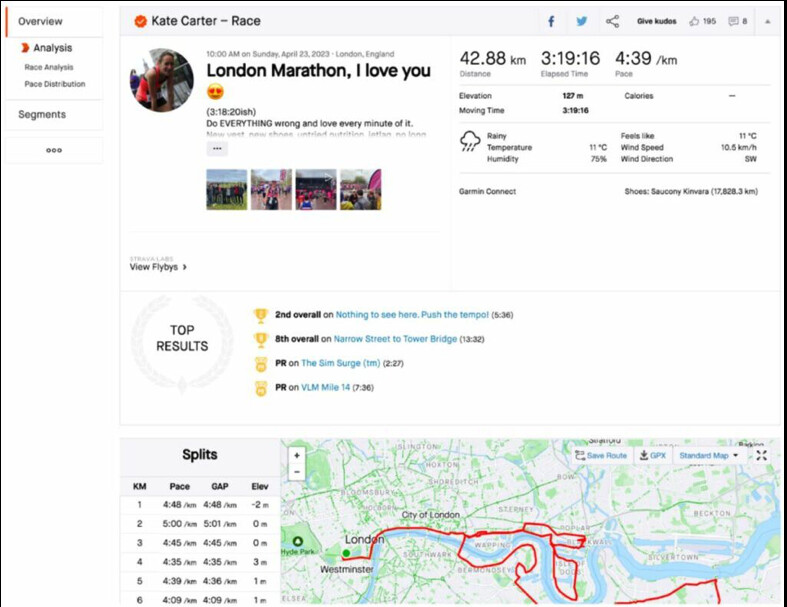
Carter denied the allegations, telling Athletics Weekly that she was not a cheat but just made some ill-considered decisions. Her defense was that, at the London Marathon, she decided not to run with a chip, as she felt she wasn’t in good shape and did not want an official time. However, she later decided to give herself a personal record on Strava, and used the app to draw a map of her run. Having later realized the map was inaccurate, she removed the post. At the London Landmarks Half Marathon, a race used by thousands of runners in preparation for the London Marathon, Carter says she had to leave the course because she had urinated on herself. She did not rejoin the race at the same point (which she claims was unintentional), and insists that her GPS watch had died.
England Athletics (EA), the governing body of all road races in the country, launched an investigation and found there was “no intention to deceive and no attempt to benefit from the results.” A spokesperson from EA told Athletics Weekly that every effort was made to arrive at the correct outcome.
“Investigators found that I did run last year’s London Marathon without a timing chip, as I have always said,” Carter said. “To reiterate: I am not a cheat. And I have never cheated. I ran without a timing chip as I thought I would perform poorly, and I didn’t get a time. I then attempted to draw the run on my Strava so my miles counted towards the monthly total.”
“At the London Landmarks race, I stepped off the course after wetting myself in a bid to find a bin and clean myself up. This was a hugely embarrassing moment, and I accept that I then inadvertently re-entered the race in a different spot. However, England Athletics have now told me that, after speaking to organizers who have also provided details of my timing chip, they have ruled that: ‘This was not a deliberate act of deception, and you did not gain any benefit or win anything as a result’,” Carter reveals.
Murphy told Canadian Running in a statement that he believes England Athletics’ investigation did not dispute any of the facts from his original article. “The findings pertain to her intent to deceive and whether her actions rose to the level of ‘serious misconduct’,” he says. “I do understand that they probably don’t want to open the door to receiving complaints on every mid-packer that cuts the course or doctors their Strava. I am not sure how they would conclude that there is no intent [from Carter] to deceive based on the verifiable and admitted facts.”
Carter, 47, is known for her achievements as an age grouper and for holding the world record for the fastest marathon by a woman in an animal costume (3:48:32). She told Athletics Weekly that the entire process has been damaging to her mental and physical health, and her reputation. “Running was a big part of my identity,” said Carter. Having been cleared, I really hope to find that joy again.”
The London Landmarks Half Marathon has offered Carter an invitation to run this year’s race.
(03/09/2024) ⚡AMPby Running Magazine
Your dog can now be a Strava local legend
Shoutout to all dog walkers and proud pet owners out there: the world’s largest fitness-tracking app is teaming up with Fi, a smart dog collar brand, to bring canine athletic achievements to your activity feed. Last week, Strava announced this pet-friendly collaboration to showcase their four-legged friends’ fitness alongside their owners’.
Fi collars are equipped with built-in satellite systems (like your GPS sports watch) and are primarily designed to locate lost pets; they also monitor basic health metrics, like sleep and step counts. Now, this same technology enables pet parents to log their dog’s activities online, receive kudos and compare their numbers with other pets of the same breed.With a membership, users can track their dog’s distance travelled and the total number of steps taken, while also monitoring their best friend’s progress toward daily goals and sleep totals. The app seamlessly uploads routes of your dog’s walks or play sessions onto a map, providing a visual representation of their adventures. Like run data privacy, there is also an option for the maps to be hidden, visible only to your followers (or to you).


According to the 2023 Strava Year In Sport report, 76 per cent of all Strava athletes with pets say their furry companions motivate them to get active. With the integration of Strava and Fi, users can now track dog-specific stats and share their pet’s progress with their community.
If you already use Fi, you can sync your Fi and Strava accounts and begin seamlessly uploading your dog’s walk activities.To celebrate this collaboration, limited edition co-branded Fi x Strava collars are available for purchase at the Fi store, allowing pet parents to showcase their love for Strava while keeping their furry friends safe and stylish. To learn more about the Strava and Fi partnership, visit tryfi.com/strava.Like GPS watches, pet tracking on Strava does come with a cost; Fi plans start at USD $192.00 annually.
(03/09/2024) ⚡AMPby Running Magazine
Elite Runners Gear Up for Thrilling Showdown at 2024 Los Angeles Marathon
Event organizers are optimistic about witnessing one of the fastest men's races in the history of the Los Angeles Marathon.
The spotlight will be on Kenya's Dominic Kipyegon Ngeno when the 2024 edition of the Los Angeles Marathon takes place on March 17.
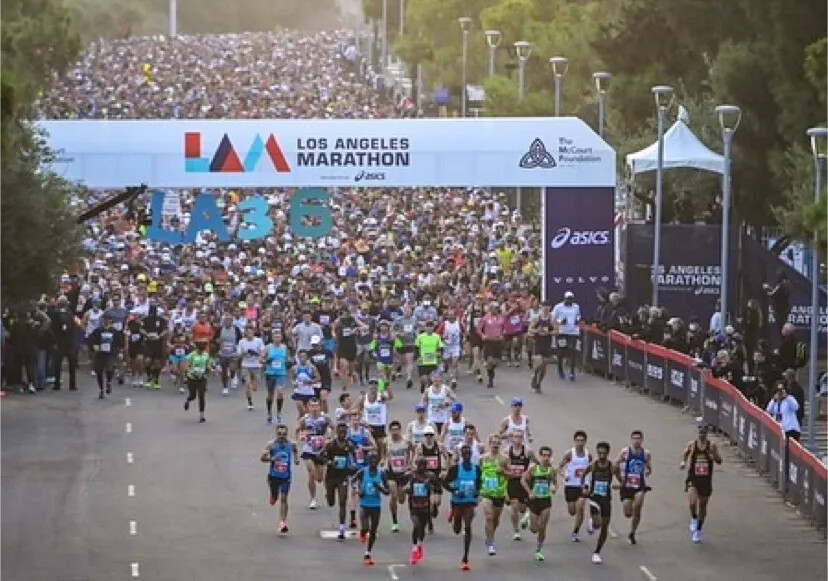
Ngeno clinched the third spot at the Eindhoven Marathon in the Netherlands last October, achieving a personal best of 2:07:26 and is set to lead the elite field in what promises to be a thrilling race.
Ngeno's compatriot, Moses Kiptoo Kurgat, arrives in Los Angeles boasting a personal best of 2:08:40, following his recent triumph at the 2022 Kuala Lumpur Marathon, where he clocked an impressive 2:11:05. The duo's presence adds an extra layer of excitement to the event, showcasing Kenya's dominance in long-distance running.
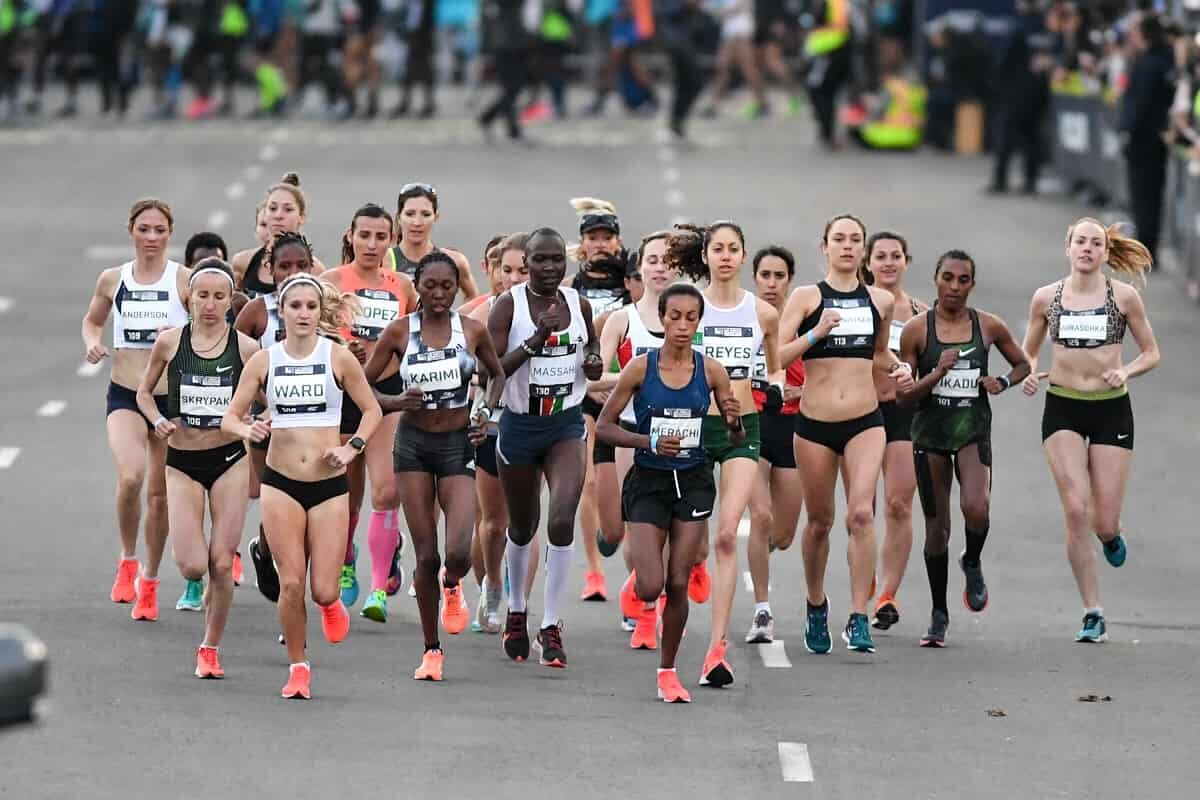
Eritrean runners Tsegay Tuemay and Tesfu Weldegebreal, who have been honing their skills in Flagstaff, Arizona, are also set to make their mark. Tuemay, with a personal best of 2:09:07, claimed victory at the McKirdy Micro Marathon in New York last October in a time of 2:11:04. Meanwhile, Weldegebreal, with a half marathon personal best of 62:48, is gearing up for his marathon debut.
Other contenders vying for the top spot include Cosmas Kiplimo from Kenya, boasting a 2:09:44 personal best and a third-place finish in the Geneva Marathon (2:10:44) in Switzerland last October. Sammy Rotich, a Kenyan who secured victory at the Austin Marathon (2:14:25) and achieved a personal best of 2:10:08 at Grandma's Marathon in 2022, will also be a force to be reckoned with. Ethiopia's Belay Tilahun Bezabh, winner of the 2019 NYC Half Marathon and with notable performances in Hamburg and Dalian Marathons, completes the formidable lineup.
Given the impressive credentials of these elite runners, the event organizers are optimistic about witnessing one of the fastest men's races in the history of the Los Angeles Marathon.
The current fastest time ever recorded in Los Angeles is Ethiopia's Markos Geneti's remarkable 2:06:35 effort in 2011 on the Stadium to Sea course. The Stadium to Stars route's course record is held by Ethiopia's Bayelign Teshager, who clocked 2:08:26 in 2020, setting the stage for an exciting showdown among these elite athletes.
(03/08/2024) ⚡AMPby Michezo Afrika
Los Angeles Marathon
The LA Marathon is an annual running event held each spring in Los Angeles, Calif. The 26.219 mile (42.195 km) footrace, inspired by the success of the 1984 Summer Olympic Games, has been contested every year since 1986. While there are no qualifying standards to participate in the Skechers Performnce LA Marathon, runners wishing to receive an official time must...
more...Dr. Kris Sheppard explains how your shoe may be helping–or hindering–your stride
Shoe offset, also known as heel drop, refers to the difference in height between the heel and forefoot of a running shoe. This feature influences a runner’s stride and can have implications for injury susceptibility. We spoke to Dr. Kris Sheppard, a chiropractor at the Runner’s Academy in Toronto, to understand how the heel drop in your shoe may be impacting your running.
How does shoe offset affect running stride?
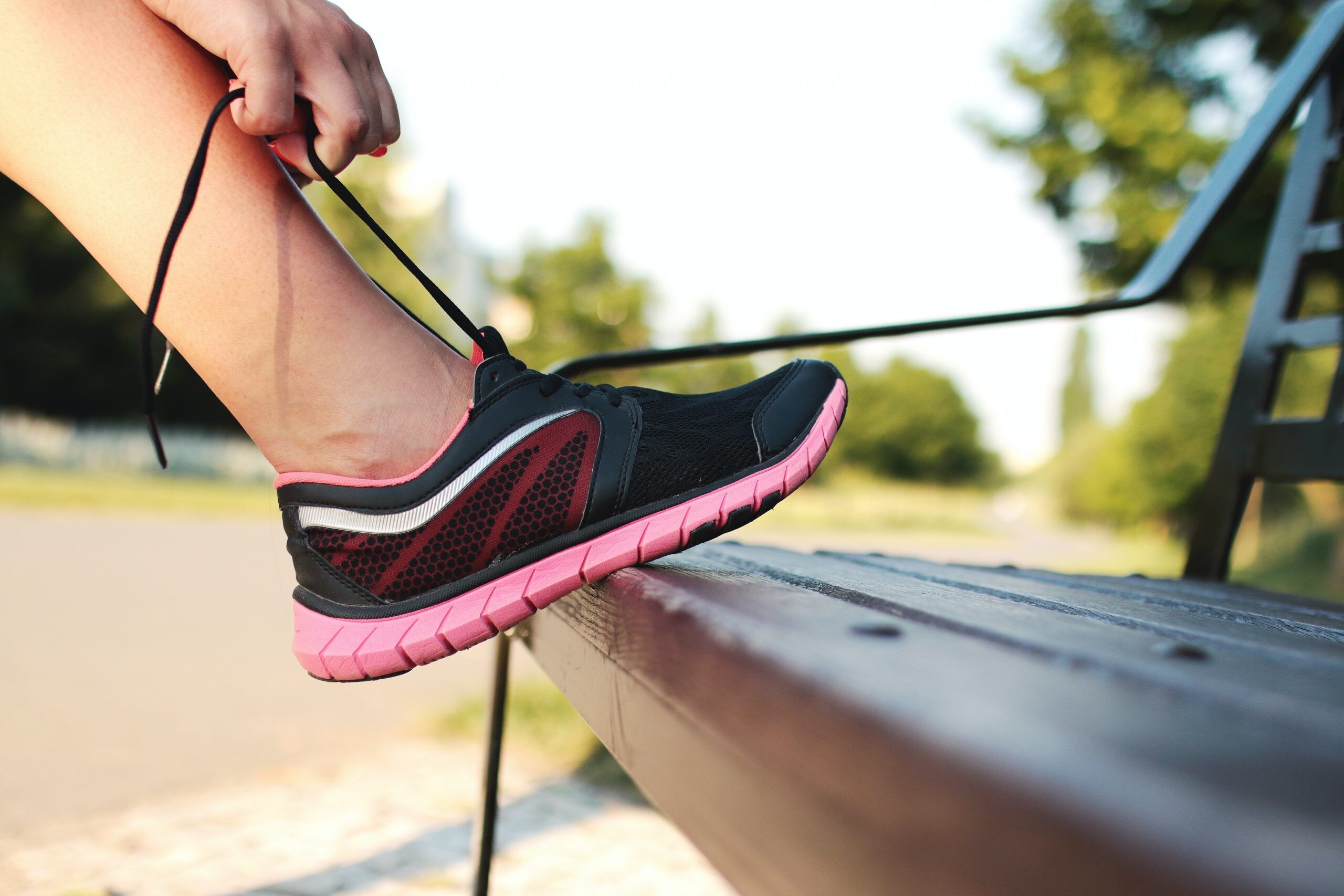
Low-drop shoes may have a drop of between 0 mm and 6 mm, whereas a higher-drop shoe will generally be between 8 mm and 12 mm. Sheppard explains that a lower heel-toe drop in running shoes can decrease inward knee motion (knee adduction), which has been associated with knee and hip issues in running. A lower drop can also reduce load at the patellar femoral joint (knee joint) by approximately 30 per cent.
“Some studies have shown that zero-drop shoes can encourage a midfoot strike, which was once considered to be protective overall,” says Sheppard. “And a midfoot strike can also help reduce forces on the patellar femoral joint.”

During the minimalist shoe trend, it was believed that lower-drop shoes were superior, however recent research suggests otherwise.
Is heel-striking bad?
Some experts suggest that higher-drop shoes encourage heel striking, which is thought to be “bad.” But Sheppard points out that heel striking is not actually the problem; the problem is that it usually leads to overstriding. More on that in a minute.
“Lower [drop] shoes have been shown to encourage a midfoot strike rather than a heel strike,” says Sheppard. “It is important to note that heel striking does not necessarily equate to overstriding. Interestingly, research has shown that the majority of runners, including elite runners like [former marathon world record holder Eliud] Kipchoge, actually land with their rear foot.”
Overstriding occurs when the foot and ankle land in front of the knee, rather than directly under the knee with the shin in a vertical position. “Imagine landing on a trampoline with your foot and ankle in front of your knee; this would result in a rebound backwards, regardless of the foot strike pattern,” he says. Over-striding increases horizontal braking forces in the body, which has been shown to increase the risk of injury–as well as slowing runners down.
It is worth mentioning that the new “super shoes” with carbon and spring-type components work with the heel-toe offset to drive runners faster and more efficiently toward the big toe, but this is only effective if landing on the rear foot.
Is a higher or lower offset better for your Achilles tendons?
“Contrary to common belief, a higher drop does not increase the risk of Achilles tendon injury,” says Sheppard. “In fact, a higher drop has been shown to help with Achilles tendon pain.”
However, the body’s tissues adapt to the way they have been loaded. If a runner has always been using a higher drop shoe and suddenly switches to a lower offset, the tissues are at greater risk of injury. To mitigate this risk, a gradual transition is recommended. For example, a small change of 2 mm can be made over a period of six months by incorporating low-offset shoes into training cycles once or twice a week. This strategy can help adapt the tendons to a lower drop and reduce the risk of injury.
Should runners buy high or low-offset shoes? Are some runners better suited to one or the other?
“In general, it is not recommended to make drastic changes in the drop of the shoe you have been consistently using if it has been working well for you,” says Sheppard. “However, if a runner is prone to knee pain, a shoe with a lower shoe may be beneficial.” This means that if you buy a new shoe you haven’t worn before, make sure the new shoe’s drop isn’t significantly lower than what you’re used to–or if it is, incorporate it into your routine gradually to avoid injury.
On the other hand, Sheppard notes that if someone is susceptible to Achilles tendon issues, a higher drop may be more suitable. He adds again that making significant changes in shoe offset can increase the risk of injury, so it is important to proceed with caution and consider personal factors and injury history when selecting running shoes.
(03/08/2024) ⚡AMPby Brittany Hambleton
Gotytom Gebreslase hopes to break Nahoya course record
In advance of the highly anticipated race scheduled for this Sunday, March 10, 2024, the Nagoya Women’s Marathon held a pre-race press conference for the invited elite athletes today in Nagoya, Japan.
Gotytom Gebreslase (ETH), 2022 Oregon World Champion and 2023 Budapest World Championships silver medalist said, “My goal for Sunday is to run under two hours 18 minutes, and if the weather and pacemakers are good, I will try to break the course record of 2:17:18.” Her competitor Eunice Chebichii Chumba of Bahrain, 2023 Asian Games Champion said, “My preparation has been going well, and my focus will be to improve my personal best of 2:20:02.”

For Japanese athletes, the Nagoya Women’s Marathon 2024 will be the last chance to win a place in the Paris Olympics team by beating the new national record of 2:18:59 just set by Honami Maeda this January.
The 2020 Tokyo Olympians Ayuko Suzuki will aim to break the target of 2:18:59 so she can compete in the Olympics again to show what she really can do, adding that she was ready to turn the support of the local spectators of her hometown Aichi into strength. Sharing the same goal with Ayuko, Rika Kaseda commented that she had prepared for a high-speed race and would challenge herself to keep up with the pace of other fast athletes to grab the last ticket for Paris 2024.
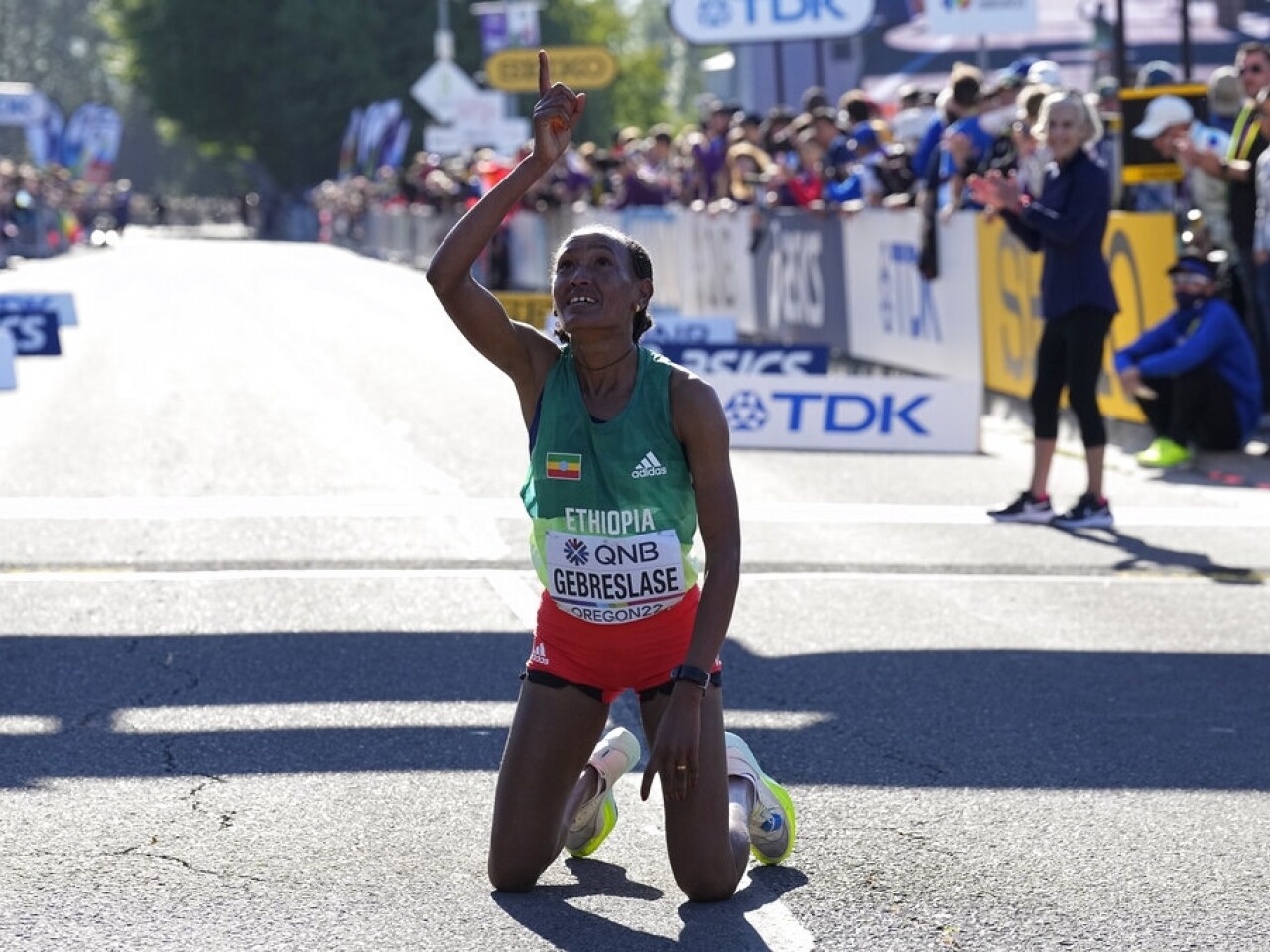
In addition to these top elite athletes, many recreational runners will join the Nagoya Women’s Marathon 2024 from home and abroad, making it an exciting race with 18,000 participants. All finishers will be presented with an event’s exclusively designed Tiffany & Co. pendant and a New Balance T-shirt as the finisher prize.
Sunday’s race will be streamed live free of charge to 37 countries and regions (Argentina, Australia, Bahrain, Brazil, Brunei, Cambodia, Chile, Colombia, Egypt, Ethiopia, France, Germany, Hong Kong, Indonesia, Israel, Italy, Kenya, Macau, Malaysia, Mexico, Monaco, Myanmar, Namibia, Netherlands, New Zealand, Papua New Guinea, Philippines, Puerto Rico, Romania, Singapore, South Africa, South Korea, Spain, Taiwan, Thailand, United Kingdom, and United States of America) on the race’s official website at https://womens-marathon.nagoya/en/broadcast.php. Stay tuned for the race to start at 9:10 a.m. on Sunday, March 10, 2024, Japan time.
(03/08/2024) ⚡AMPby AIMS
Nagoya Women's Marathon
The Nagoya Women's Marathon named Nagoya International Women's Marathon until the 2010 race, is an annual marathon race for female runners over the classic distance of 42 km and 195 metres, held in Nagoya, Japan in early March every year. It holds IAAF Gold Label road race status. It began in 1980 as an annual 20-kilometre road race held in...
more...Purity Komen retires after being slapped with six-year ban by Athletics Integrity Unit
Purity Komen, 25, has decided to retire after the Athletics Integrity Unit slapped her with a six-year ban for the Presence of a Prohibited Substance (Norandrosterone), Evading Sample Collection.
After finding herself on the wrong side of the Athletics Integrity Unit, Purity Komen thought it would be wise to quit the sport and avoid the punishment but the AIU still gave a dose of her own medicine.

Komen who beat Ruth Chepng’etich during the 2023 Istanbul Half Marathon was slapped with a six-year ban by the AIU after a series of violations. Komen’s ban began on July 6, 2023 and she was punished for the Presence of a Prohibited Substance (Norandrosterone), Evading Sample Collection.
Norandrosterone is a Prohibited Substance under the WADA 2022 Prohibited List under the category S1.1 Anabolic Androgenic Steroids. It is a NonSpecified Substance prohibited at all times.

On May 12, 2023, A Doping Control Officer ( DCO) and a Blood Collection Officer arrived in Iten to test Komen out-of-competition but she was nowhere to be found.
After communicating with the two personnel and giving them wrong directions, Komen switched off her phone and the officers could not trace. She later reached out to the AIU saying: “Thank you I got the email. I read everything and I understood all the information.
“I would like to request for more 14 days, since I had prolonged back injury I seek medication from different hospitals. Thus, I need to provide accurate information about my medication thank you.”
On July 13 last year, the AIU granted the Athlete an extension until July 24 to provide her explanation for the Adverse Analytical Finding. However, Komen failed to submit any explanation for the Adverse Analytical Finding by the extended deadline (or at all).
On November 13, the AIU wrote to Komen and granted her an extension until no later than November 20 to provide an explanation for the Adverse Analytical Finding and the potential violation of Rule 2.3 ADR.
On the same day, Komen wrote to the AIU via WhatsApp saying: “Thank you for your information, I accept I did a mistake unknowingly but am sorry, am no longer interested in running career.”
After that, Komen failed to respond or to return the admission of anti-doping rule violations and acceptance of consequences form signed by February 28, 2024.
(03/08/2024) ⚡AMPby Abigael Wuafula
Former NCAA coach gets five years in prison for tricking athletes into sending nude photos
Steve Waithe, a former college track and field jumps coach with Northeastern University, Penn State University and the University of Tennessee, has been sentenced to five years in prison for setting up fake social media and emails in an attempt to trick his athletes into sending him nude photos of themselves.
The 31-year-old was sentenced Wednesday to five years behind bars, pleading guilty to 12 counts of wire fraud, one count of conspiracy to commit computer fraud and one count of computer fraud. He was also found guilty of cyberstalking one victim through text messages and Instagram, as well as by hacking into her Snapchat account.

Waithe reportedly asked for the phones of his female athletes so he could use them to film the women’s form in practice and at meets. According to a press release from the United States Attorney’s Office in Massachusetts, Waithe was seen “scrolling through” athletes’ phones on multiple occasions.
Prosecutors said he also made the fake social media accounts using the names of two female personas “Katie Janovich” and “Kathryn Svoboda” to contact women, saying he had found compromising photos of them online. He would then offer to help the women get the photos removed, asking them to send additional nude or semi-nude photos that he could use for “reverse image searches.”

Prosecutors said Waithe “left behind a devastating path riddled literally with dozens of victims,” and called for him to be jailed for 84 months, including the 17 months he has already served since his arrest in 2021, along with 36 months of supervised release. They accused him of getting photos from more than 50 victims and trying to get them from another 72. According to The Boston Globe, a half-dozen of his victims spoke at the sentencing, some using their first names and many appearing close to tears.
Waithe was a former NCAA All-American triple-jumper at Penn State, where he went on to win several Big Ten conference titles and a silver medal at the 2014 North American, Central American and Caribbean Championships (NACAC) in Kamloops, B.C.
After serving his sentence, Waithe will be banned from coaching at the collegiate level and will be listed on the banned coaches list by the U.S. Center for Safe Sport.
(03/07/2024) ⚡AMP
by Marley Dickinson
Here’s why you run faster in a crowd
For many runners, the familiar struggle of maintaining motivation through training sessions is transformed into a surge of energy on race day, when they’re surrounded by fellow competitors and enthusiastic spectators. Sure, being in a crowd can make you feel excited, but have you ever wondered why, exactly, you’re capable of kicking it up a notch in these moments? The concept of performing better in front of others is a psychological phenomenon known as social facilitation—something that has been studied for a long time. You really can run faster on race day, and here’s why.
Why do people act differently when watched?
Social facilitation is the idea that an audience can serve as a potent motivator, and while the concept is far from new to science, only recently have neuroscientists begun to determine what happens in the brain when people are being watched, and why, exactly, their performance improves. As reported recently in Discover Magazine, humans are reward-motivated, whether by a dollar amount or by an adoring audience, and it seems that during social facilitation, social areas of the brain interact with value areas to help us perform better.

In a study published in Social Cognitive and Affective Neuroscience, researchers investigated the neural mechanisms behind social facilitation. Participants engaged in a task while undergoing functional magnetic resonance imaging (fMRI), revealing heightened activity in brain regions associated with processing the presence of an audience as a rewarding stimulus. When we have an audience, the brain processes the resulting stimuli as rewards that inspire enhanced performance and the observed boost in motivation and ability.
Does it always work?
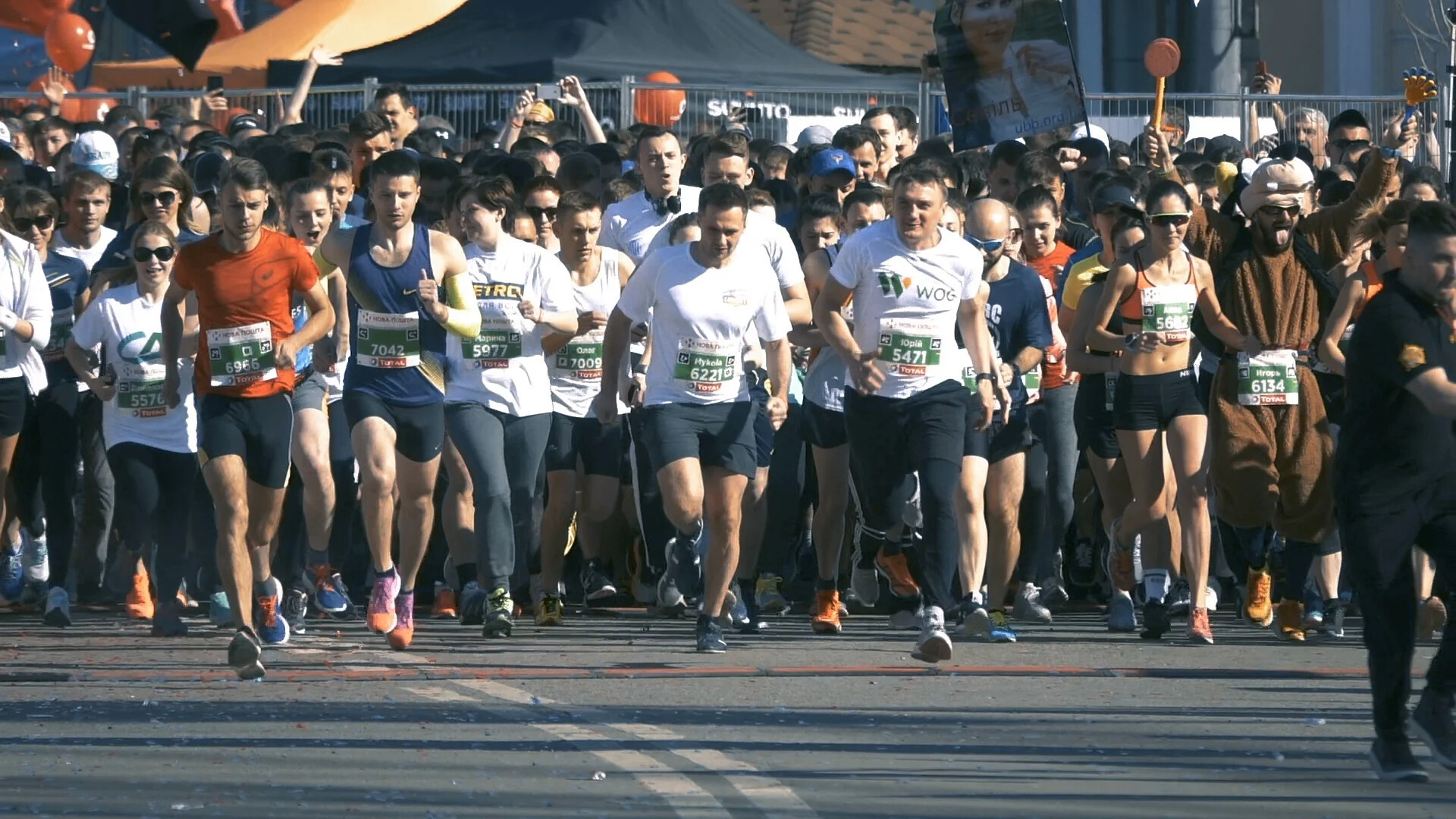
Research emphasizes that the effectiveness of social facilitation is context-dependent. A report in the International Review of Sport and Exercise Psychology, analyzin
g 82 studies with more than 7,000 participants, demonstrated that the type of task people engaged in significantly influenced social facilitation outcomes.
Generally, conditioning activities like running or skiing tend to thrive with an audience, while tasks requiring co-ordination may experience hindrances. However, the absence of spectators during the COVID-19 pandemic uncovered intriguing exceptions. A 2021 study compared results from the World Cup biathlon during the pandemic, when athletes did not have an audience, to results during previous World Cups. Research showed differences between men and women athletes, with male participants excelling in conditioning tasks (skiing) with an audience, but struggling in co-ordination tasks (shooting). Conversely, female athletes exhibited better shooting performance with an audience but faced challenges in the skiing portion.
The discovery of these gender-specific distinctions highlights the need for more inclusive research, as historical studies predominantly focused on male participants. Future research might also explore the potential of visualizing an audience to spark motivation, offering intriguing possibilities for mental training techniques.
(03/07/2024) ⚡AMPby Keeley Milne
Two-time Olympian Suguru Osako plans to run in marathon at Paris Olympics
Two-time Olympian Suguru Osako said Monday that he plans to represent Japan in the men's marathon at the Paris Olympics, having been coy over his participation.
The 32-year-old had provisionally earned the third and final Japanese slot after finishing third in October's Marathon Grand Championship. No runner from the country has since met the Olympic qualification benchmark set by the Japan Association of Athletics Federations through Sunday's Tokyo Marathon, sealing Osako's spot.
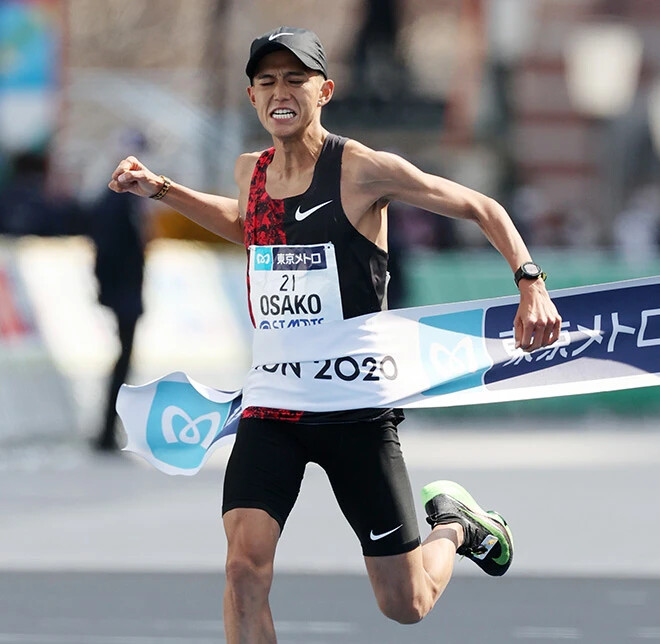
Osako, who clarified his latest stance on his YouTube channel, had previously claimed, "The Olympics is an important race, but not something to be fixated on as much as people think."
He ran 5,000 and 10,000 meters at the 2016 Rio de Janeiro Olympics before coming sixth in the marathon at the 2021 Tokyo Olympics. He retired after his second games but returned in 2022.
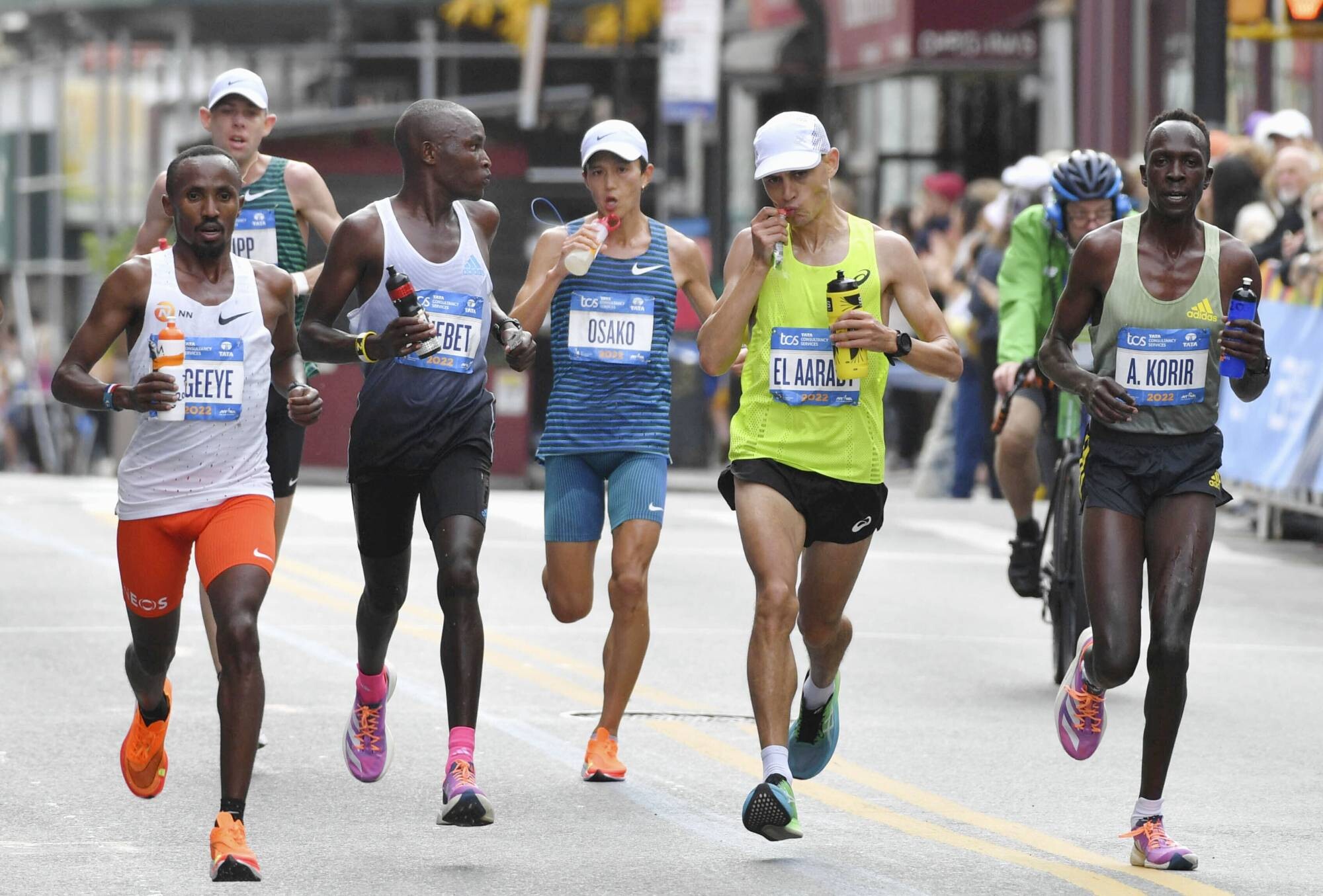
Osako also said he will run the Boston Marathon, where he made his racing debut in 2017, as scheduled on April 15.
"I'm excited I might be able to notice something new there," he said.
Naoki Koyama and Akira Akasaki punched their tickets to Paris after finishing in the top two at October's race.
(03/07/2024) ⚡AMPby The Japan Times
Paris 2024 Olympic Games
For this historic event, the City of Light is thinking big! Visitors will be able to watch events at top sporting venues in Paris and the Paris region, as well as at emblematic monuments in the capital visited by several millions of tourists each year. The promise of exceptional moments to experience in an exceptional setting! A great way to...
more...Mary Moraa confident of breaking Caster Semenya's 600m world record
Mary Moraa has revealed that breaking Caster Semenya's 600m world record is among her many plans this season.
In her build-up to breaking the 800m world record, reigning world 800m champion Mary Moraa will be keen to attack the 600m world record.
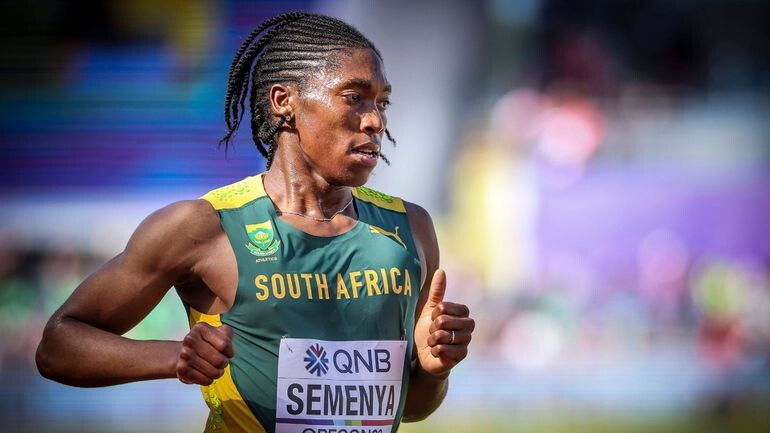
Moraa explained that her body is responding well to training and she is clearly on fire owing to her dominant exploits during the African Games national trials.
Kisii Express won the 400m final of the race to cut a direct ticket to the continental showpiece scheduled for Accra, Ghana.
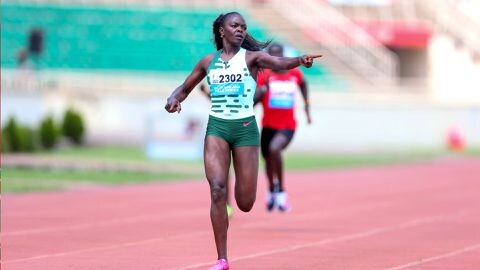
“I will go for the 600m where I will attack the world record…I don’t know where I’ll compete exactly but I’m going for the record,” Moraa said.
The 600m world record currently stands at 1:21.77 and was set by South Africa’s Caster Semenya back in 2017 in Berlin, Germany.
Meanwhile, after the African Games, Moraa will return to the country to compete in the Kip Keino Classic where she also intends to shine.
She also noted that she is impressed with her form this season and cannot wait to see how the campaign will turn out for her.
“I’m happy to have come here and run well and my body is coming up slowly and I’m excited to see how the season turns out,” Moraa said.
The 23-year-old had an amazing 2023 season, winning her first world title and becoming only the third Kenyan woman to claim the 800m title at the World Championships.
This she achieved after clocking a Personal Best time of 1:56.03 to win the race ahead of Great Britain’s Keely Hodgkinson and Athing Mu. She now looks forward to enjoying an amazing 2024 season, with the Olympic Games in Paris, France being in the cards.
(03/07/2024) ⚡AMPby Abigael Wuafula
Beatrice Chepkoech reveals ambitious plans to end Olympics medal drought
World 3,000m steeplechase record holder Beatrice Chepkoech has explained how she is planning to end her Olympics medal drought after disappointing outings in previous editions.
World 3,000m steeplechase record holder Beatrice Chepkoech is keen to win the only medal still missing in her collection, the Olympics.
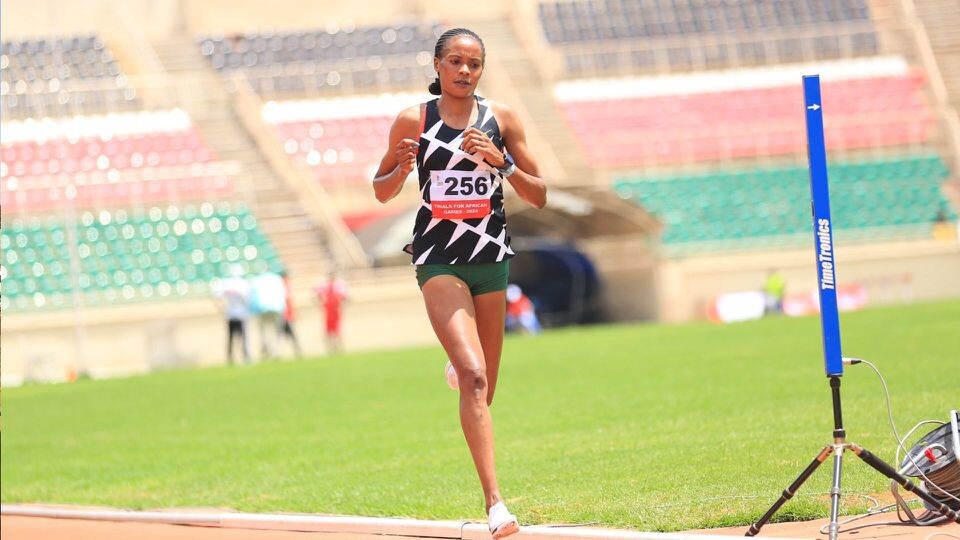
Chepkoech has won gold at the World Championships (2019) as well as silver in 2023, another silver at the 2018 Commonwealth Games, the year she won one of her back-to-back Diamond League trophies, World Cross-Country gold and she is back from claiming bronze at the World Indoor Championships.
Besides, she is also the world record holder over the distance, but the Olympics has eluded her, finishing fourth at the 2016 Rio Games before seventh place in Tokyo five years later and she is keen to right those wrongs at the 2024 edition in Paris.
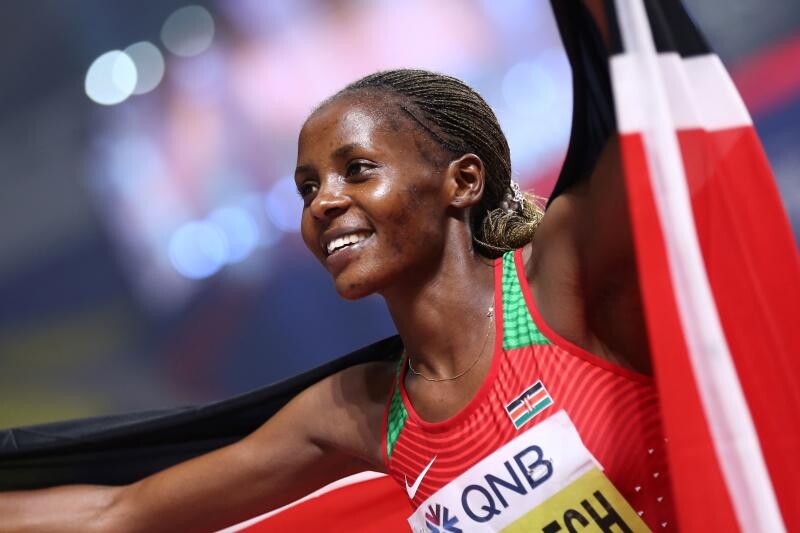
“This is so far a very wonderful year for me. I have struggled with injuries in the past but now I am back to my best and ready for the Olympics where I want to win a medal,” Chepkoech told Capital Sport.
“I ran in my first Olympics in 2016 in Rio and Paris will be the third time for me to compete. I want to mark it with a medal in the 3,000m steeplechase because that is the only medal I am yet to clinch.”
Chepkoech won her first Indoor medal on Saturday night, marking a significant achievement with a new National Record and a Personal Best time of 8:22.68, with American runner Elle St Pierre claiming victory in a new championship record time of 8:20.87, narrowly outpacing Ethiopia's Gudaf Tsegay, who secured a silver medal with a time of 8:21.13.
The 32-year-old wasted no time after the event as she jetted into the country and headed straight to the African Games trials at Nyayo Stadium where she won the 5,000m in 15:29.69 on Wednesday to clinch her ticket to the event slated to begin in Accra, Ghana on Friday.
Embu’s Mary Mananu clocked 15:45.45 to finish second behind Chepkoech with Sandrafelis Chebet of Lemotit Athletics camp completing the podium in 16:01.33.
“I want to run in the 5,000m at the African Games because I am looking to better my endurance and then afterwards, I want to work on my speedwork as well,” added Chepkoech.
(03/06/2024) ⚡AMPby Joel Omotto
Paris 2024 Olympic Games
For this historic event, the City of Light is thinking big! Visitors will be able to watch events at top sporting venues in Paris and the Paris region, as well as at emblematic monuments in the capital visited by several millions of tourists each year. The promise of exceptional moments to experience in an exceptional setting! A great way to...
more...Trevor Uyemura and Abigayle Money claimed victories at the 2024 Little Rock Marathon
On a day that showcased the epitome of endurance and speed, Trevor Uyemura and Abigayle Money emerged victorious at the 2024 Little Rock Marathon. Uyemura, hailing from Vienna, Virginia, clinched the men's title with a blistering pace, clocking in at 2:42:58.8. Meanwhile, Abigayle Money, representing Fayetteville, Arkansas, dominated the women's division with her impressive finish time of 2:51:37.4.
Race Day Highlights

The Little Rock Marathon, known for its challenging course and enthusiastic community support, did not disappoint this year. From the early hours, the streets of Little Rock buzzed with excitement as runners from across the nation gathered to test their limits. Uyemura's and Money's victories were not just personal triumphs but also inspirational achievements that underscored the marathon's competitive spirit. Their performances set a high bar for future competitors and added to the event's growing reputation as a must-participate race for marathon enthusiasts.
Behind the Victories
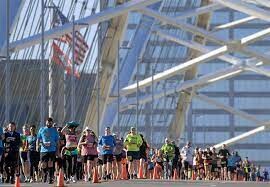
Both Uyemura and Money trained rigorously in the months leading up to the marathon, their victories a testament to their dedication, strategy, and resilience. Uyemura, at 40, proved that age is but a number when it comes to long-distance running, while Money's win highlighted the growing prominence of female athletes in competitive sports. Their successes are a source of inspiration for aspiring marathoners and a reminder of the physical and mental fortitude required to conquer such a demanding race.
Looking Ahead
The 2024 Little Rock Marathon may have concluded, but the stories of Uyemura and Money will undoubtedly fuel the aspirations of many future participants. As the dust settles on this year's event, the focus shifts to the next race, with athletes around the world already setting their sights on Little Rock for 2025. The marathon's ability to draw talent and foster a sense of community among runners is a testament to its enduring appeal and the unifying power of sports.
The victories of Trevor Uyemura and Abigayle Money at the 2024 Little Rock Marathon are not just remarkable achievements in their running careers but also significant milestones for the event itself. Their performances, underpinned by sheer determination and hard work, set new records and exemplify the spirit of marathon running. As the Little Rock community and the wider world of athletics celebrate their accomplishments, the anticipation for next year's marathon is already building, promising another chapter in the storied history of this beloved race.
(03/06/2024) ⚡AMP
by Salman Khan
Little Rock Marathon
The mission of the Little Rock Marathon is provide a premier event open to athletes of all abilities, while promoting a healthy lifestyle through running and walking and raising money for Little Rock Parks & Recreation. Since inception in 2003, more than $1,093,000 has been donated to Little Rock Parks & Recreation. Little Rock Marathon Race Weekend is held the...
more...Kenyan Bernard Koech wins Paris Half Marathon
Kenya’s Bernard Koech took the top honors at the Harmonie Mutuelle Semi de Paris (Paris Half) held on Sunday (03) in Paris, France.

Koech was followed in second place by France’s Mehdi Frere in 1:01.15 with his compatriot Jorum Okombo closing the podium three finishes in 1:02.12.
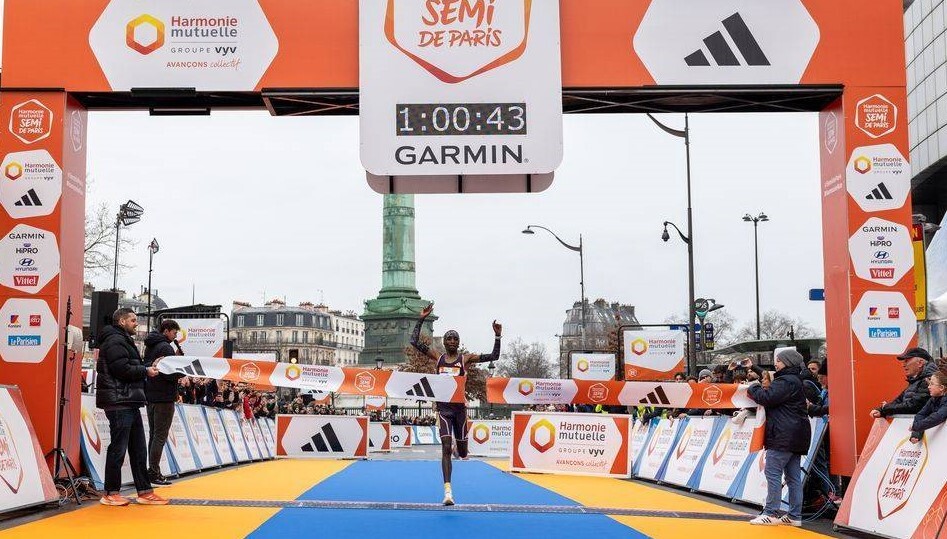
Emmanuel Roudolff and Donovan Christien both from France finished in fourth and fifth in respective time of 1:02.11 and 1:02.28.
LEADING RESULTS
21KM MEN
Bernard Koech (KEN) 1:00.45
Mehdi Frere (MOR) 1:01.15
Jorum Okombo (KEN) 1:02.02
Emmanuel Roudolff (FRA) 1:02.11
Donovan Christien (FRA) 1:02.28
(03/06/2024) ⚡AMPby James Koech
Semi de Paris
Paris Half Marathon (French: Semi de Paris) is an annual half marathon held normally every March in Paris, France since 1993. It currently holds IAAF Bronze Label status. Kenya's Stanley Biwott is the men's course record holder, with his winning time of 59:44 from the 2012 race. The women's course record is held by Nigsti Haftu (ETH), who ran a...
more...Jim Walmsley, Mathieu Blanchard will return to UTMB in 2024
2023 UTMB champion Jim Walmsley and 2022 second-place finisher Mathieu Blanchard have confirmed they will appear at this year’s Ultra-Trail du Mont-Blanc (UTMB) final, which takes place in Chamonix, France on Aug. 30, according to a report by iRunFar. A number of other ultratrail elites have also been announced, including the U.K.’s Tom Evans, who finished third in 2022 and who won Western States 100 in 2023, and Canada’s Christian Meier, the former pro cyclist who won the 145-km TDS race last year.
On the women’s side, Canada’s Marianne Hogan (who finished second in 2022) is confirmed, as are 2022 champion Katie Schide of the U.S., France’s Claire Bannwarth and New Zealand’s Ruth Croft (who won Western States in 2022). (Three-time UTMB champion and course record holder Courtney Dauwalter does not appear on the list.)
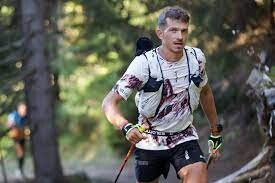
Four-time champion Kilian Jornet and 2023 second-place finisher Zach Miller will also not be returning. After the October, 2023 announcement by UTMB and its minority partner, the Ironman Group, of a new race in Whistler, B.C. in 2024, and the Dec. 1 announcement that UTMB livestream announcer Corrine Malcolm had been fired, the two publicly questioned the organization’s decisions and its treatment of athletes. There was talk of a boycott, though Jornet and Miller dispute this; in the wake of all of this, regular discussions between UTMB and the Pro Trail Runners Association (PTRA), of which Jornet is a founding member, became more frequent, with a view to smoothing relations between athletes and the race.
Walmsley moved to France for two years to hone his mountain-running skills before finally winning UTMB on his fifth try in 2023 (he Walmsley first ran UTMB in 2017, finishing fifth; he DNF’d in 2018 and again in 2021, then finished fourth in 2022). Blanchard, who has returned to France after living in Montreal for a few years (and taking out Canadian citizenship), finished fourth last year after following Jornet onto the podium in 2022. Hogan has been dealing with injuries for much of the last year and a half since her podium finish in 2022.
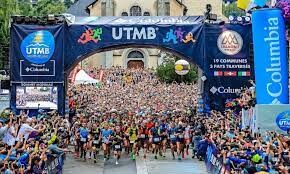
by Anne Francis
North Face Ultra Trail du Tour du Mont-Blanc
Mountain race, with numerous passages in high altitude (>2500m), in difficult weather conditions (night, wind, cold, rain or snow), that needs a very good training, adapted equipment and a real capacity of personal autonomy. It is 6:00pm and we are more or less 2300 people sharing the same dream carefully prepared over many months. Despite the incredible difficulty, we feel...
more...Former World Cross Country Champion Irine Cheptai runs marathon debut in Hamburg, Katharina Steinruck chases special record time
Irine Cheptai, Kenya’s World Cross Country Champion from 2017, will run her debut marathon in Hamburg on 28th April. This was announced by the organisers of the Haspa Marathon Hamburg, who released some of the top women’s contenders and presented Germany’s Katharina Steinruck during a press conference.
While Steinruck will chase a special family record on the fast Hamburg course it is Winfridah Moseti who heads the current women’s start list. The Kenyan has a personal best of 2:20:55. 14,000 runners are expected to compete in Germany’s biggest spring marathon on 28th April. Online registration for the race is still possible at: www.haspa-marathon-hamburg.de
Irine Cheptai has been very successful on the track as well before she focussed more on road running. In 2021 she was sixth in the Olympic 10,000 m final in Tokyo and a year later the Kenyan won the 10,000 m silver medal in the Commonwealth Games in Birmingham. Then she showed very promising half marathon races, culminating in a 64:53 PB in Valencia where she was second. With this time Cheptai was the fourth fastest half marathoner in the world in 2023.
Hamburg has seen great debut marathons in the past. In 2013 it was Eliud Kipchoge who won with a course record of 2:05:30. Two years ago Ethiopia’s Yalemzerf Yehualaw ran an unofficial world debut record of 2:17:23 which still stands as Hamburg’s course record. There are two more debutants on the women’s start list who could do very well on 28th April: Kenya’s Nelly Jepchumba has a half marathon PB of 67:00 while Roselida Jepketer of Bahrain has run 68:40 for the half.
Winfridah Moseti ran a huge personal best of 2:20:55 when she was runner-up in last year’s Frankfurt Marathon. While the Kenyan will want to build on this performance Frankfurt’s third place finisher will be among her rivals in Hamburg: Sharon Chelimo improved to 2:22:07 last October. Ethiopia’s Kidusan Alema and Canada’s record holder Natasha Wodak, who have personal records of 2:22:28 and 2:23:12 respectively, will also run their spring marathon in Hamburg.
Katharina Steinruck will be very much in the national focus when she hopes to break her mother’s family record. It was exactly 25 years ago when Katrin Dörre-Heinig, the bronze medallist of the 1988 Olympic marathon in Seoul, won the Hamburg Marathon with 2:24:35. For many years this was the German marathon record. “It is my aim to break my Mum’s record and it would be great if I could do it in Hamburg,“ said 34 year-old Katharina Steinruck, who is coached by her mother and improved to 2:24:56 in Osaka at the end of January. “Katha“ Steinruck returns to the race for the first time since 10 years and has good memories.
In 2013 and in 2014 she clocked personal bests of 2:34:20 and 2:33:56 in Hamburg as a young athlete. Ten years later running around ten minutes faster will be the goal. And there could not be a more fitting race than the Haspa Marathon Hamburg to break the family record.
(03/06/2024) ⚡AMPHaspa Marathon Hamburg
The HASPA MARATHON HAMBURG is Germany’s biggest spring marathon and since 1986 the first one to paint the blue line on the roads. Hamburcourse record is fast (2:05:30), the metropolitan city (1.8 million residents) lets the euphoric atmosphere spill over and carry you to the finish. Make this experience first hand and follow the Blue Line....
more...

